Learn to create immersive worlds and expressive characters through the concept art, with an approach to narration, environments and characters design.
Embark on a creative journey through the world of concept art, where imagination meets storytelling. This specialization invites you to explore diverse aspects of visual design, from crafting immersive environments to developing expressive characters. With guidance from industry professionals like Titus Lunter, Tory Polska, Sergei Sarichev, Even Amundsen, and Sammy Khalid (Chigg), each course focuses on a unique element of concept art. Whether you're drawn to the enchanting realms of animation or the intriguing landscapes of ancient ruins, there's something for every aspiring artist.
Dive deeper into the art of worldbuilding, character creation, and visual narrative. Learn to design magical environments, create dynamic characters with rich backstories, and bring fantastical worlds to life. The final project challenges you to apply your skills in developing a cohesive concept art portfolio, showcasing your ability to interweave characters, environments, and storytelling. Perfect for those aiming to make their mark in games, animation, or illustration, this specialization equips you with the tools to create compelling visual universes.
What will you learn in this specialization?

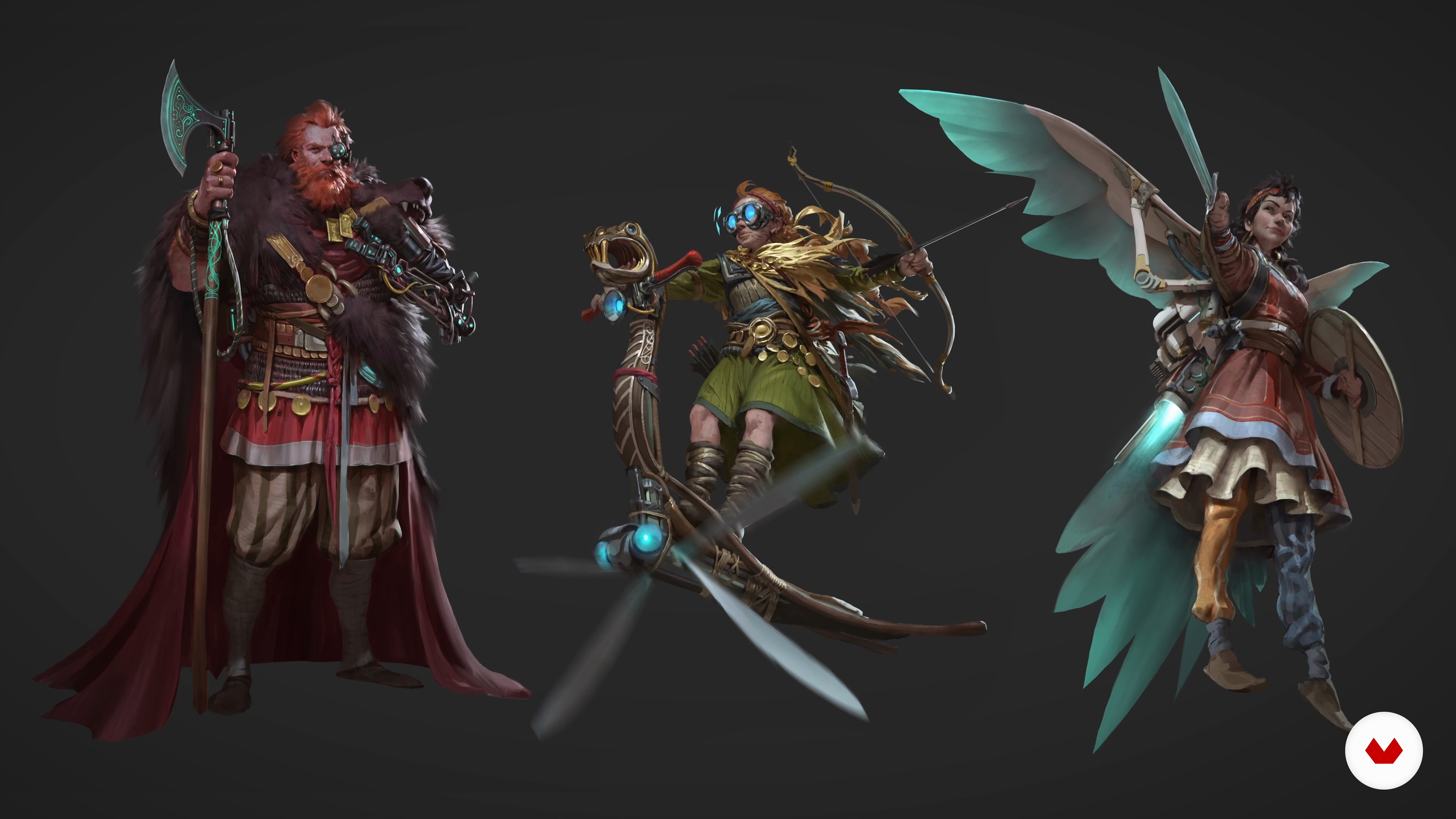
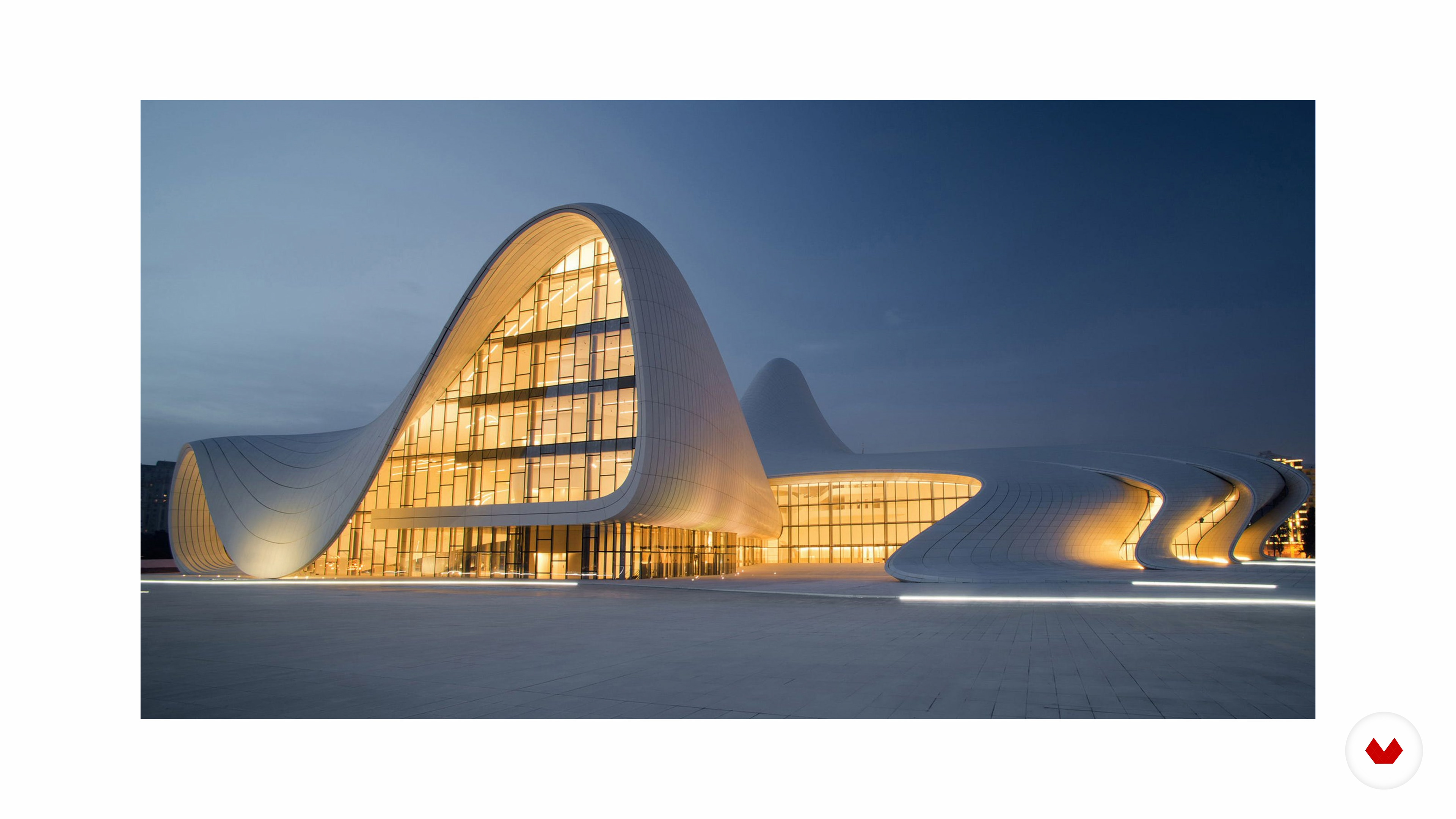
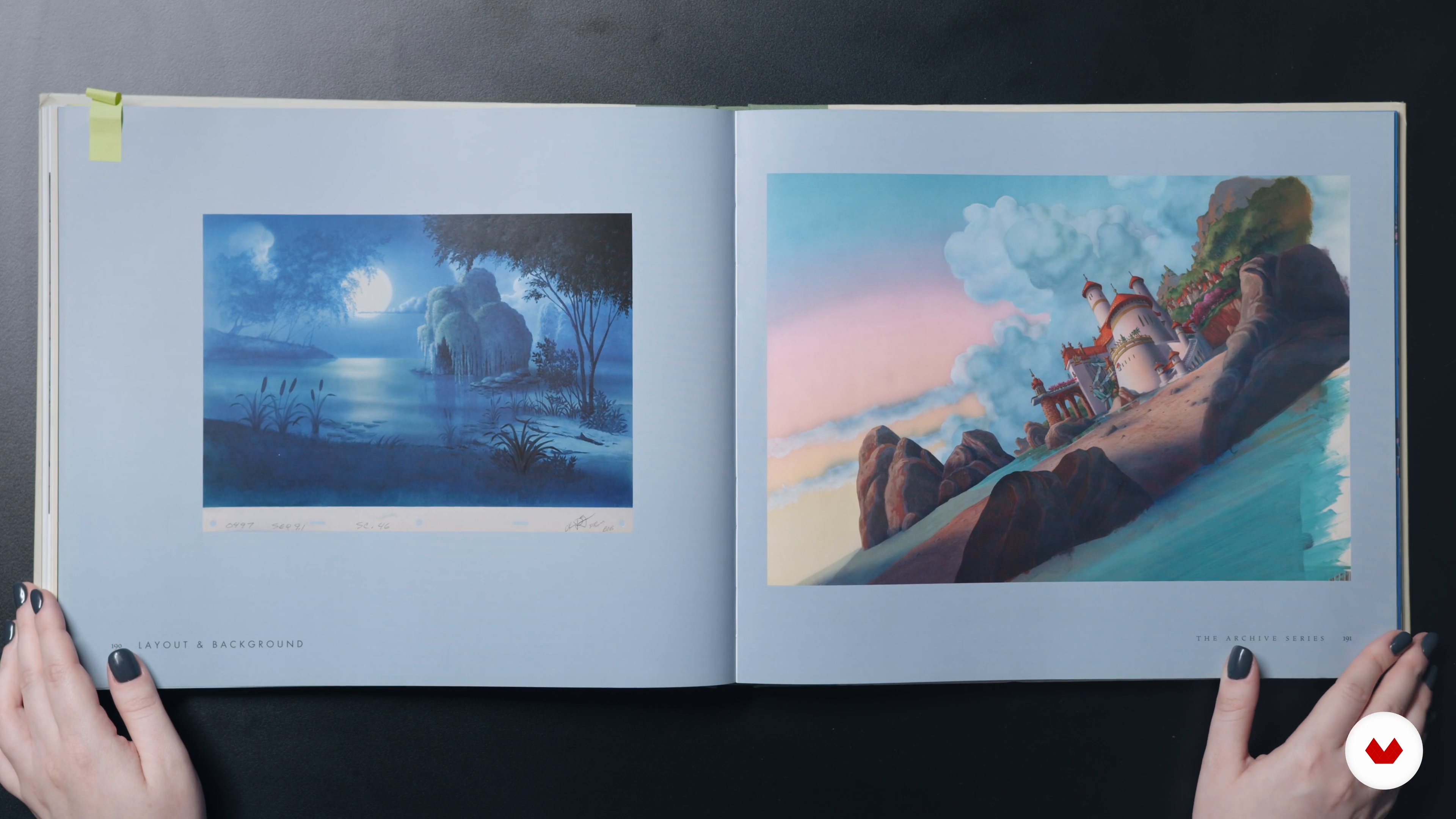
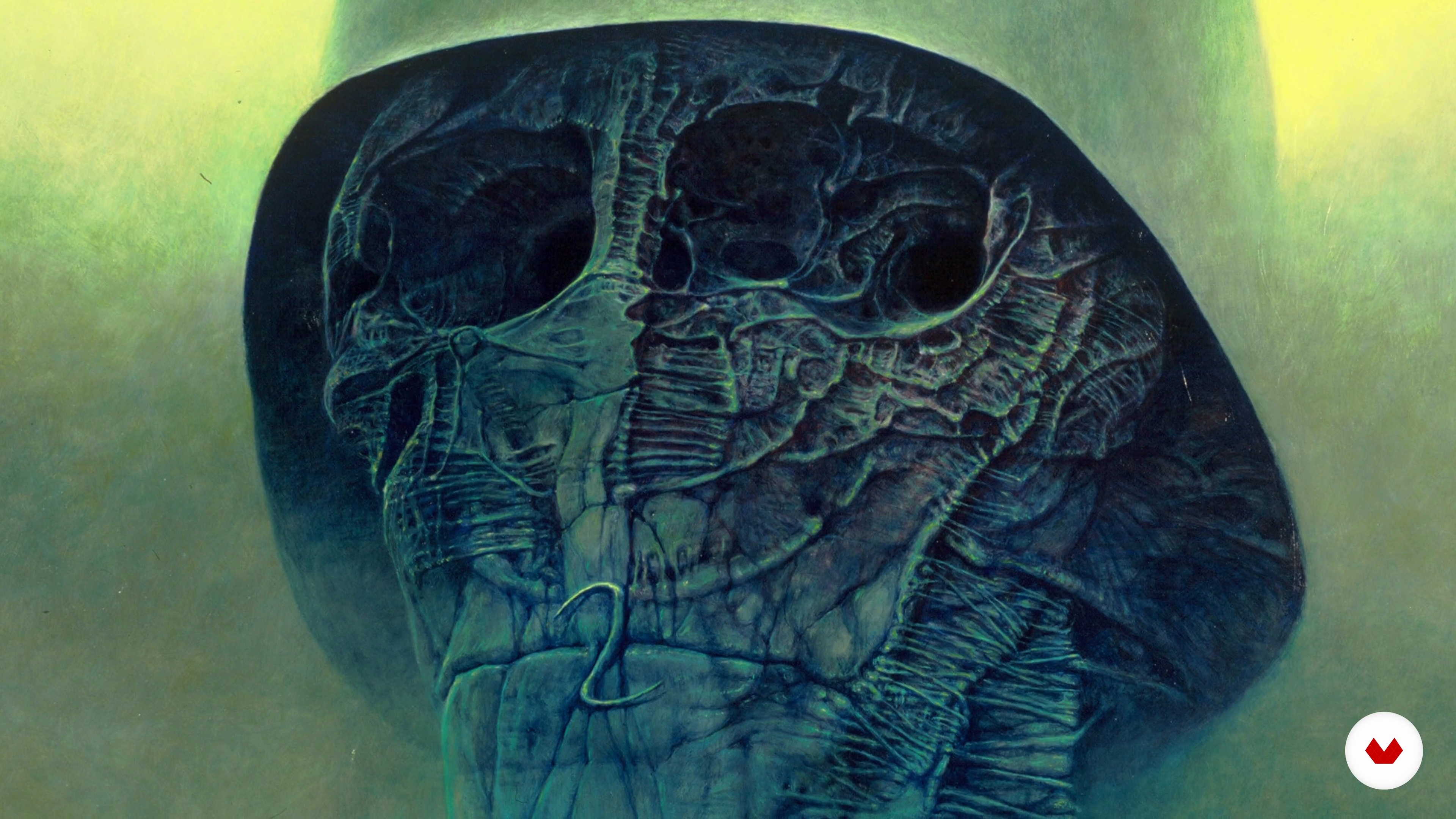
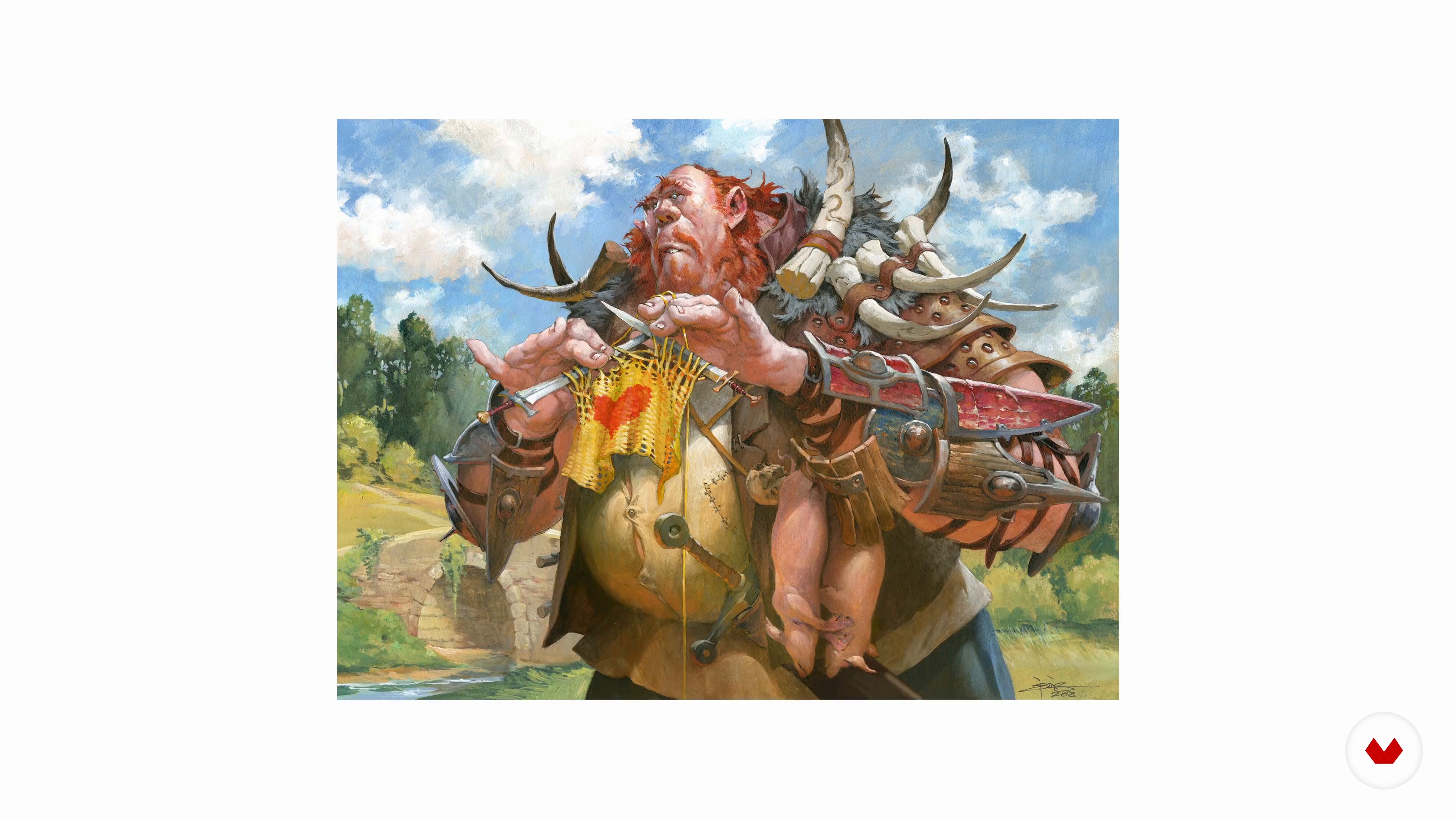
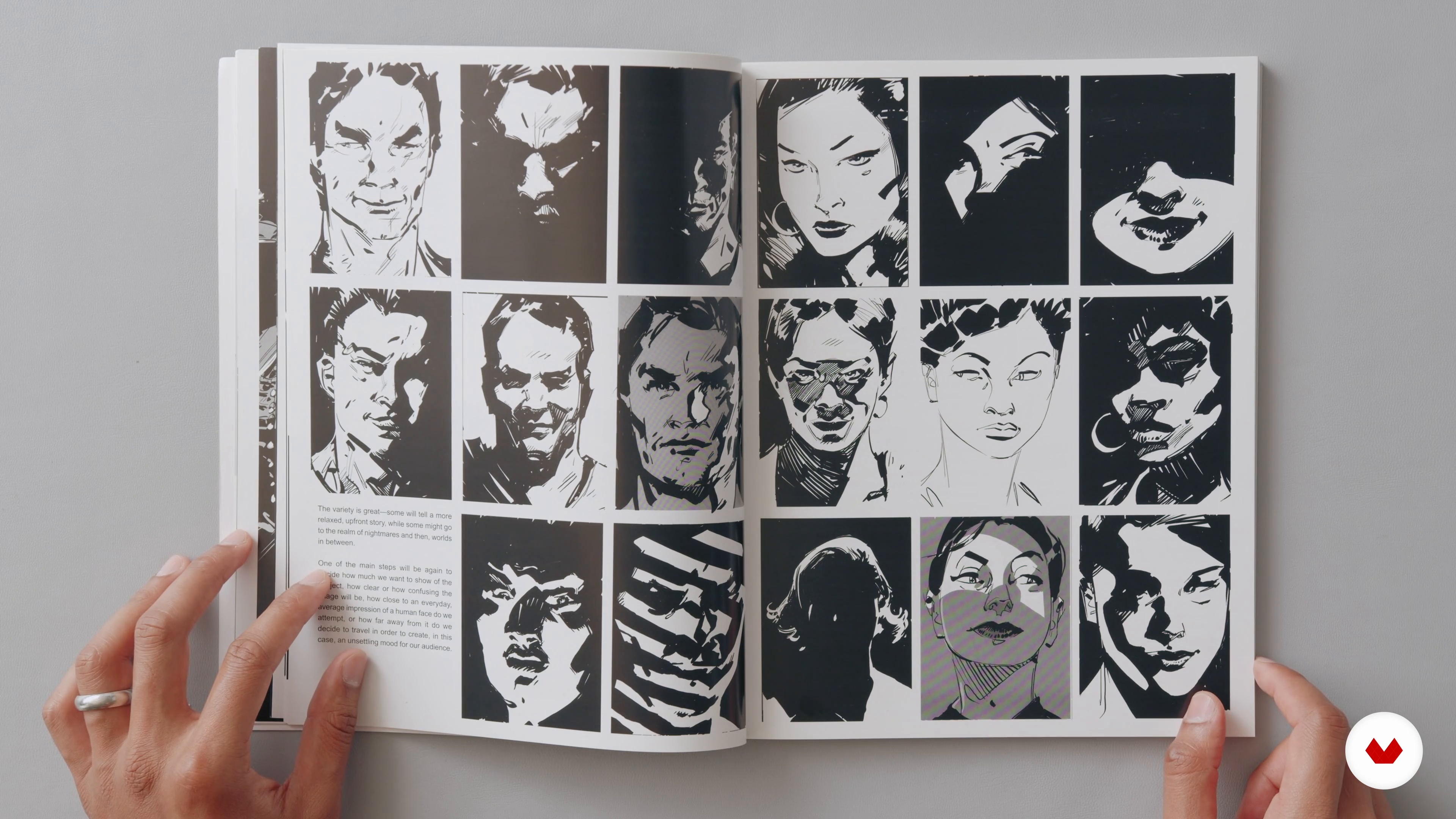

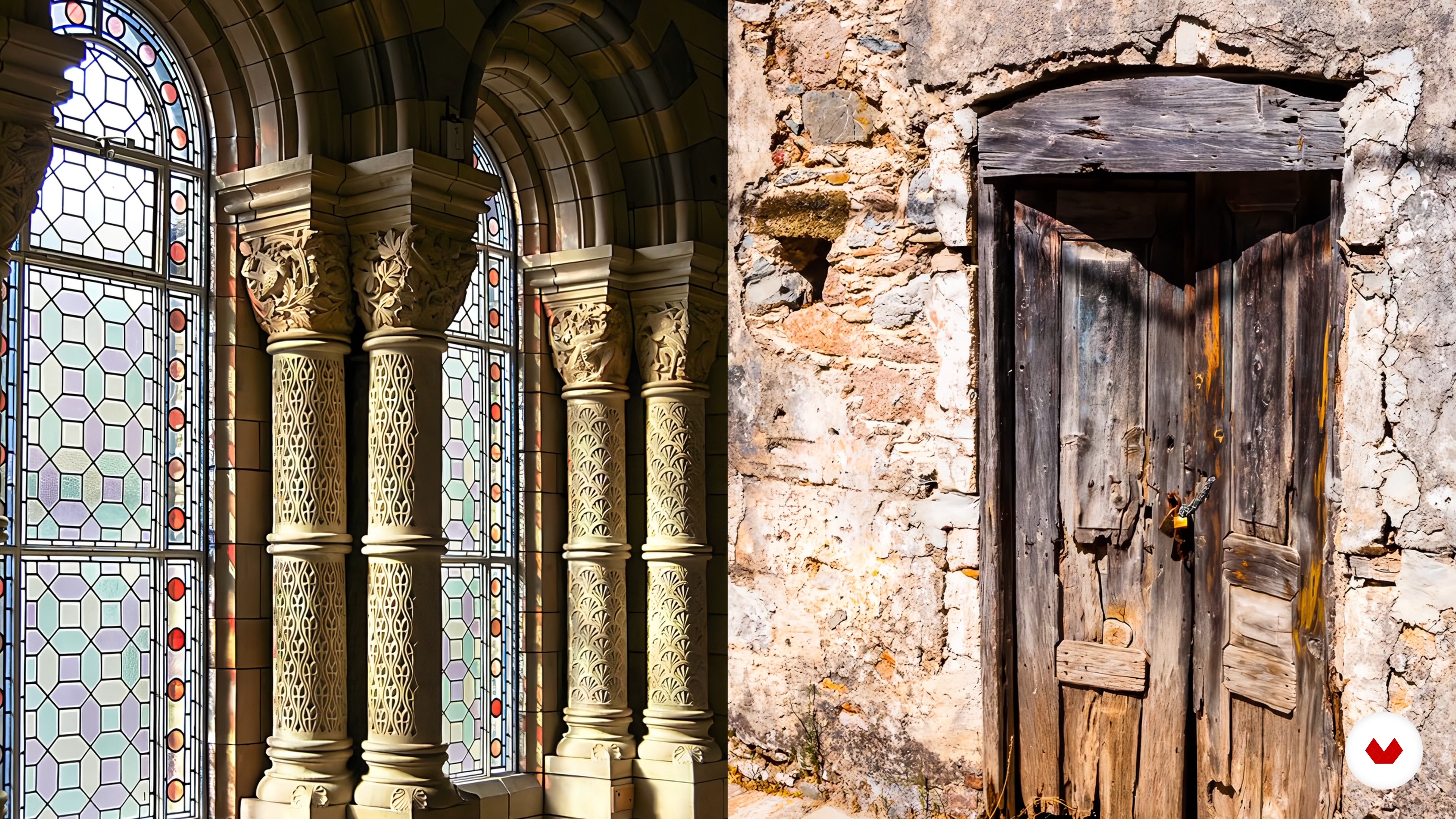
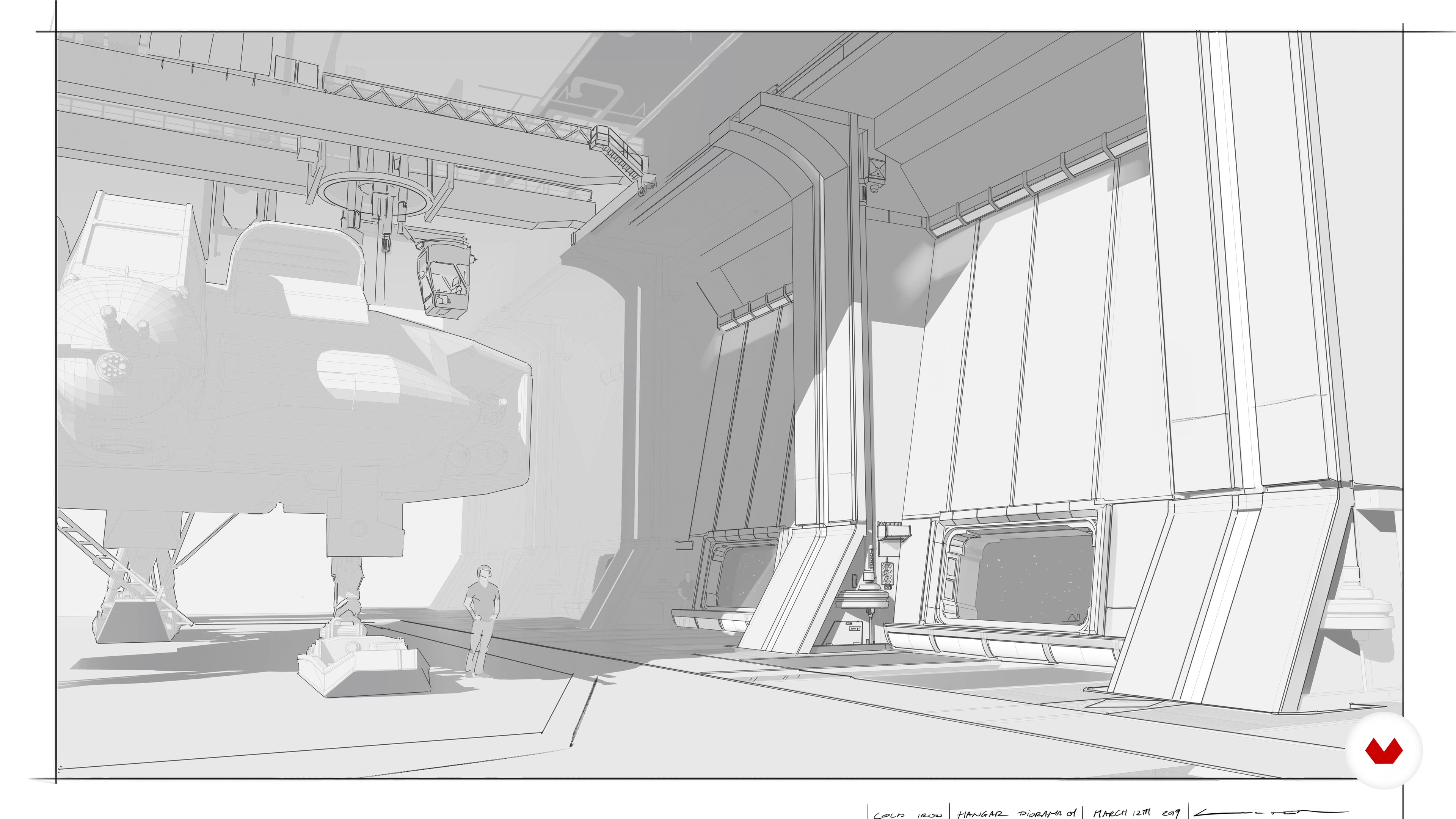

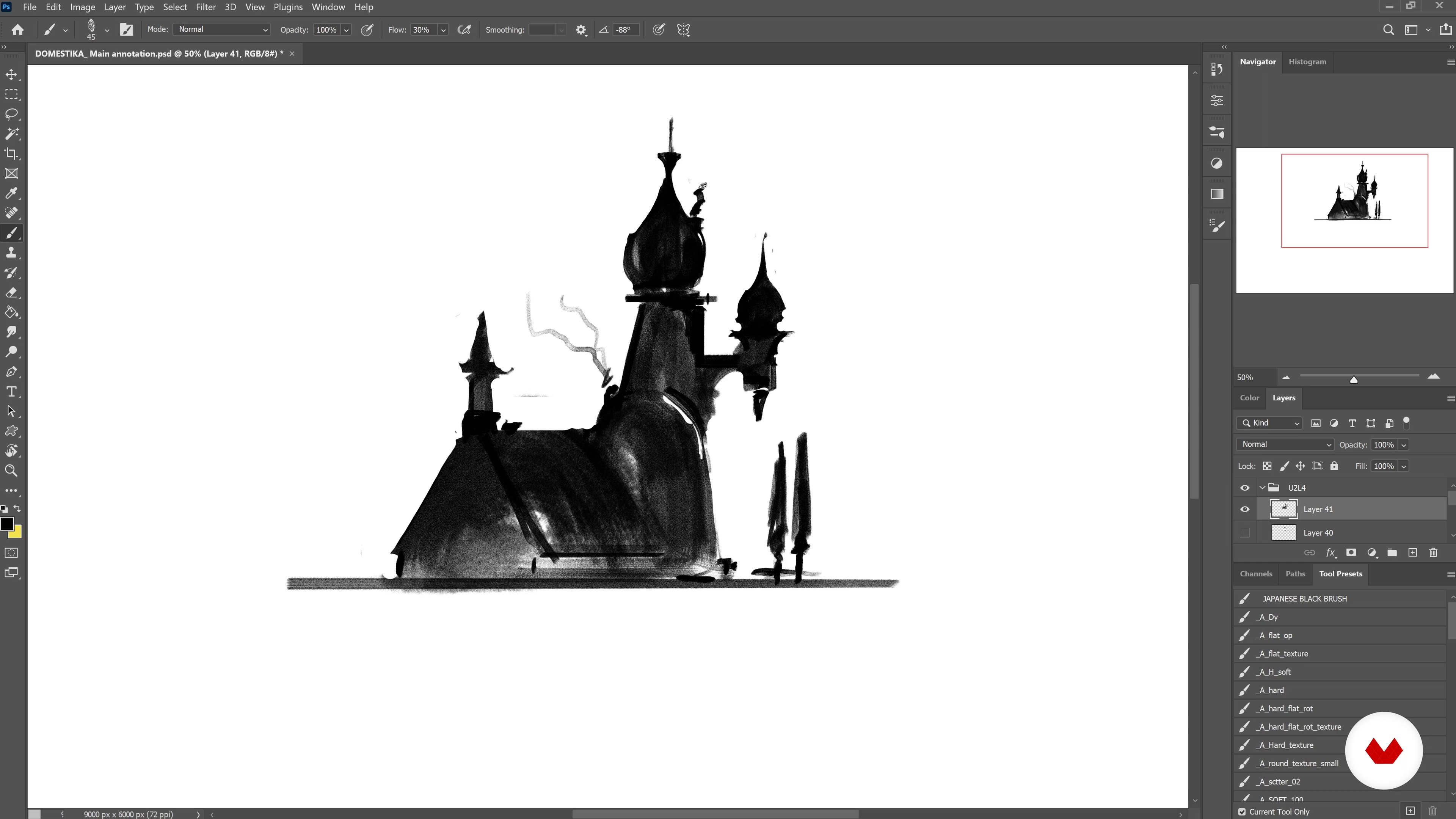


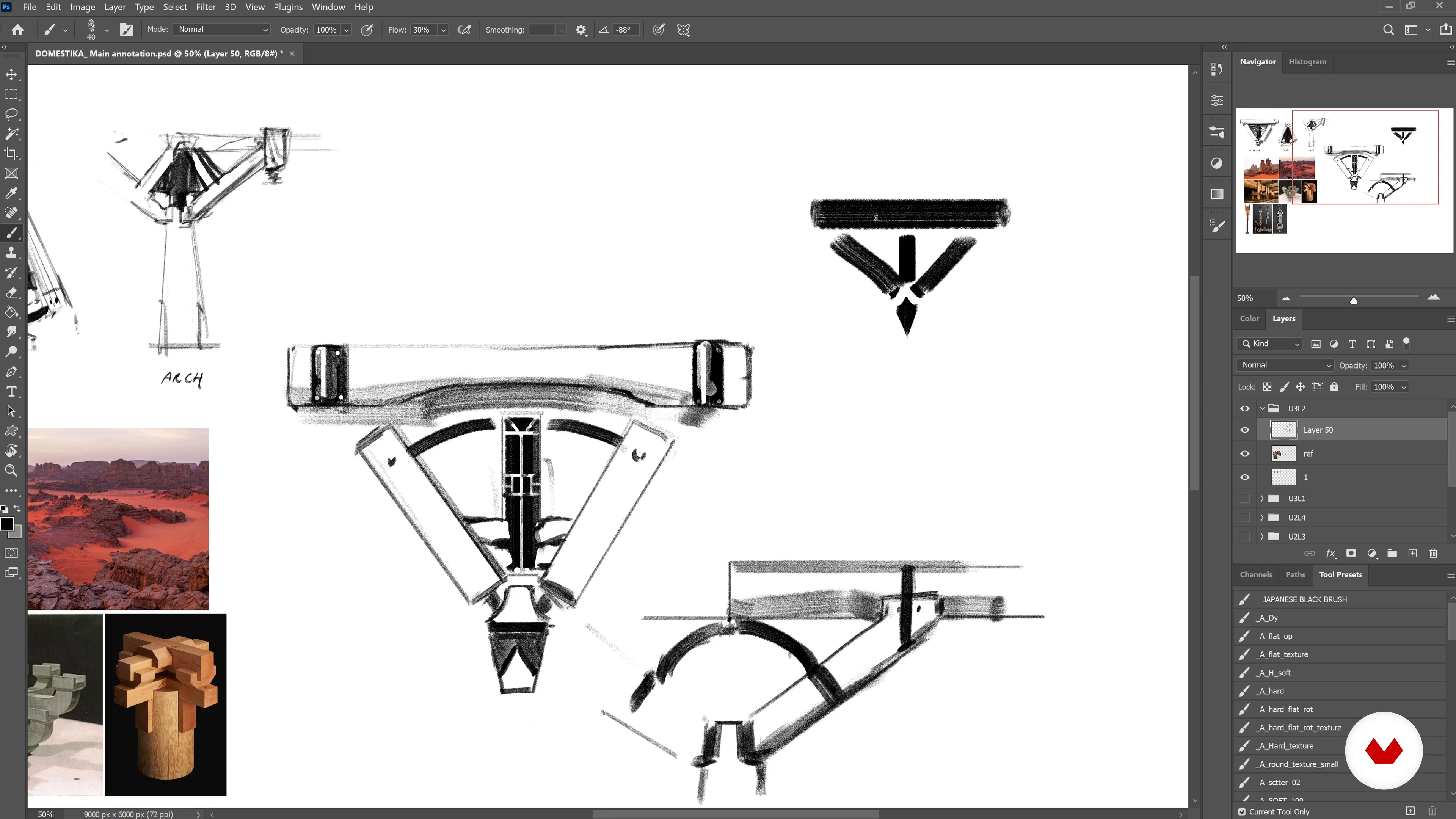







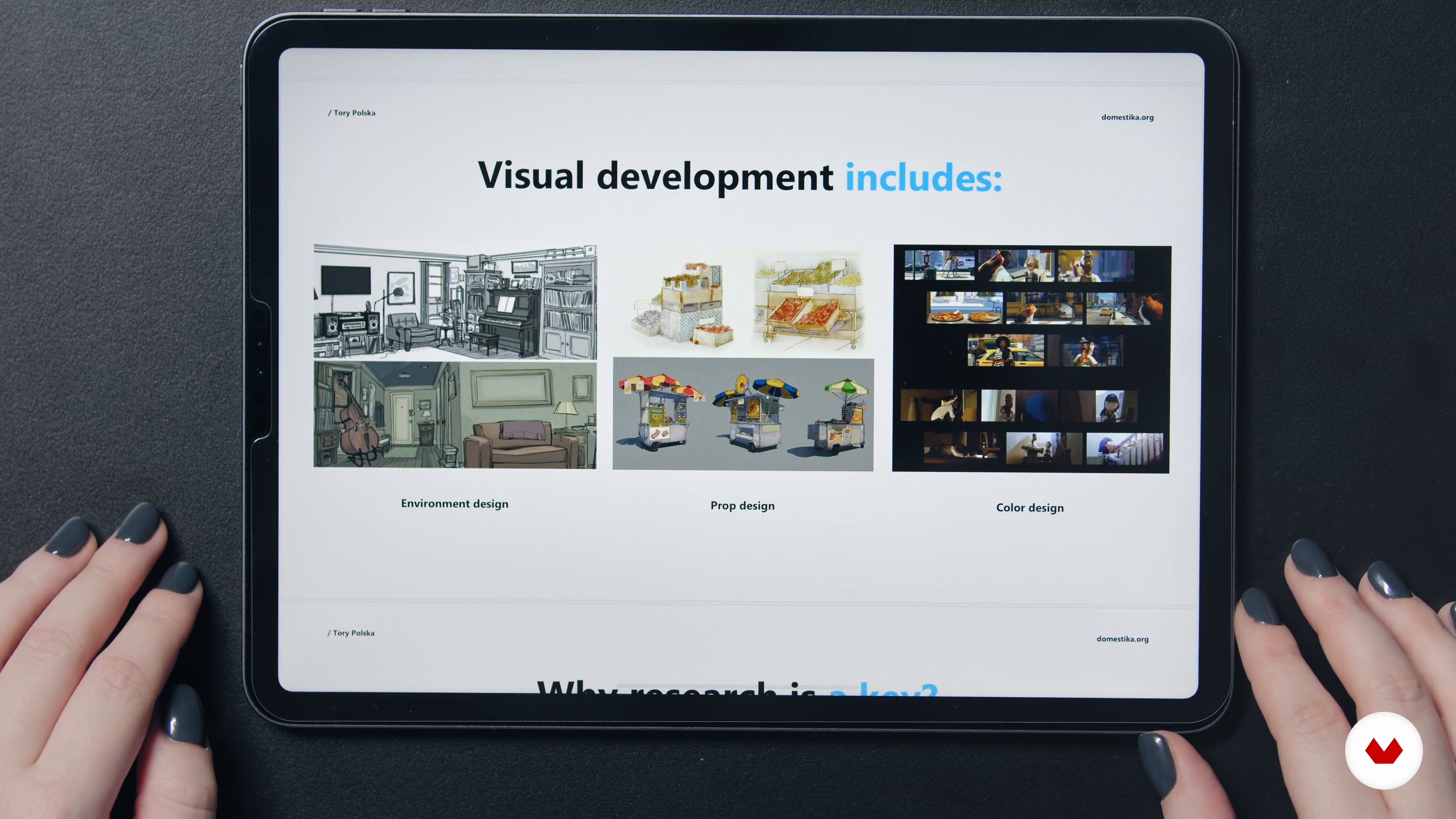
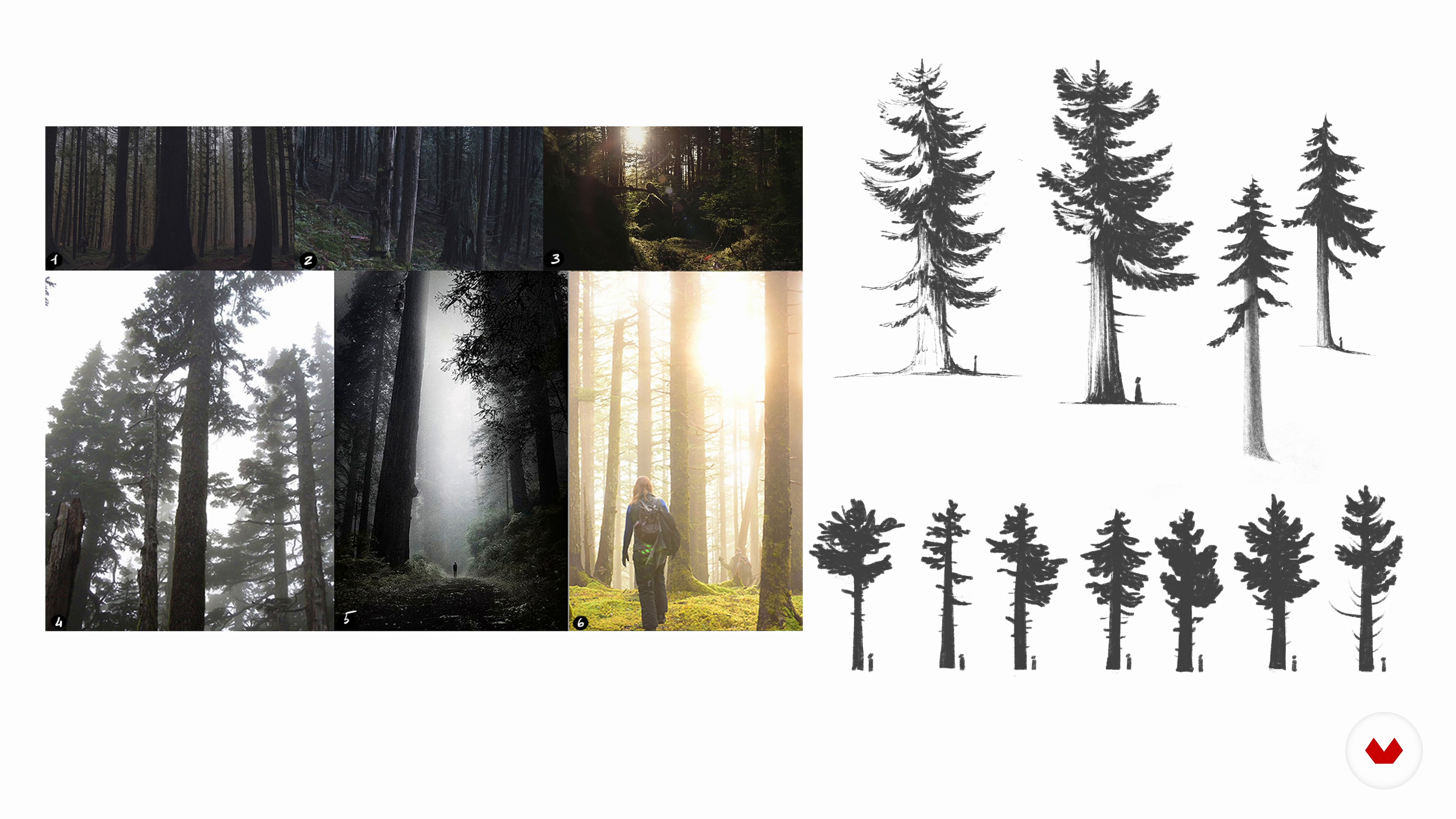
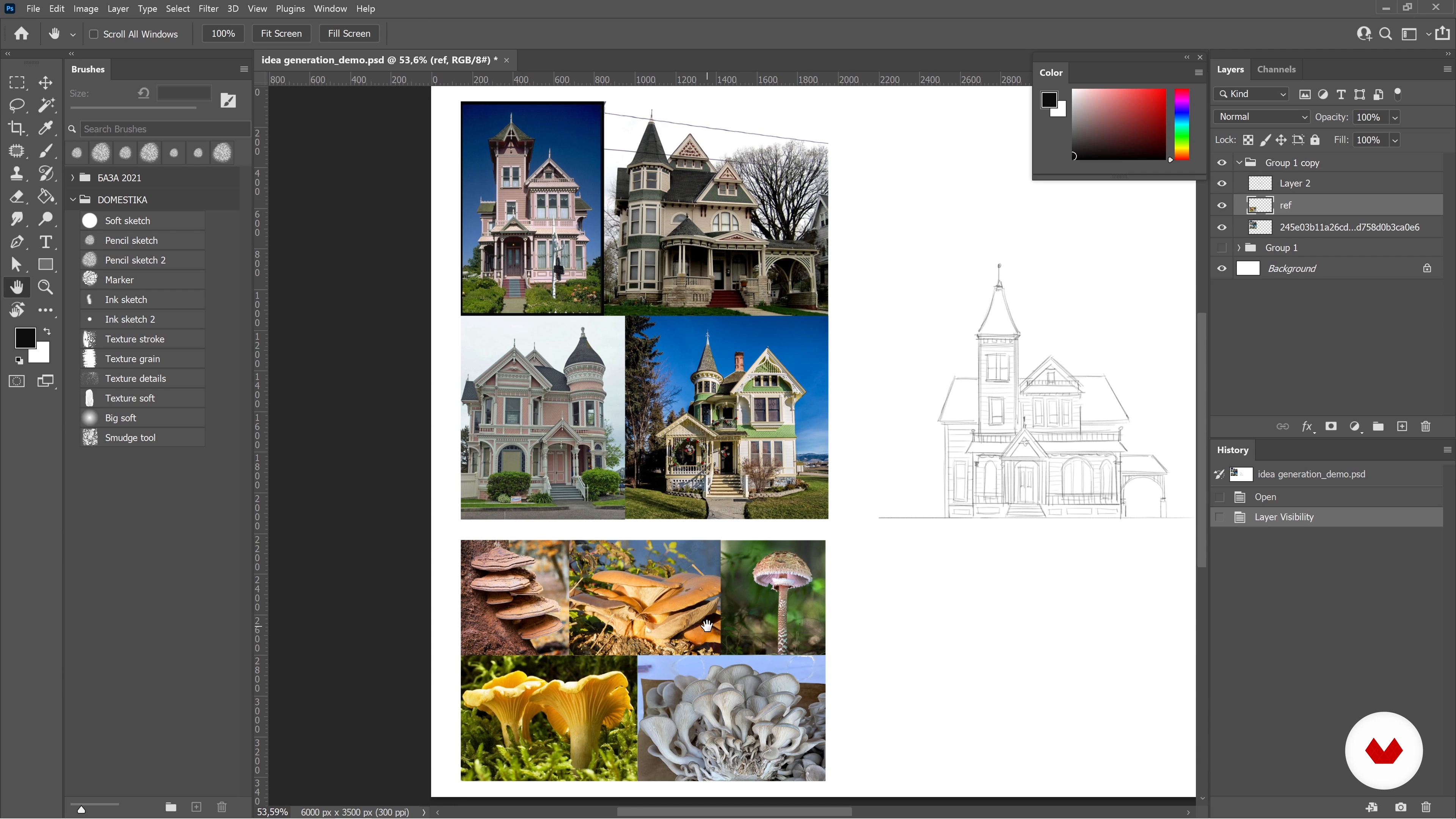


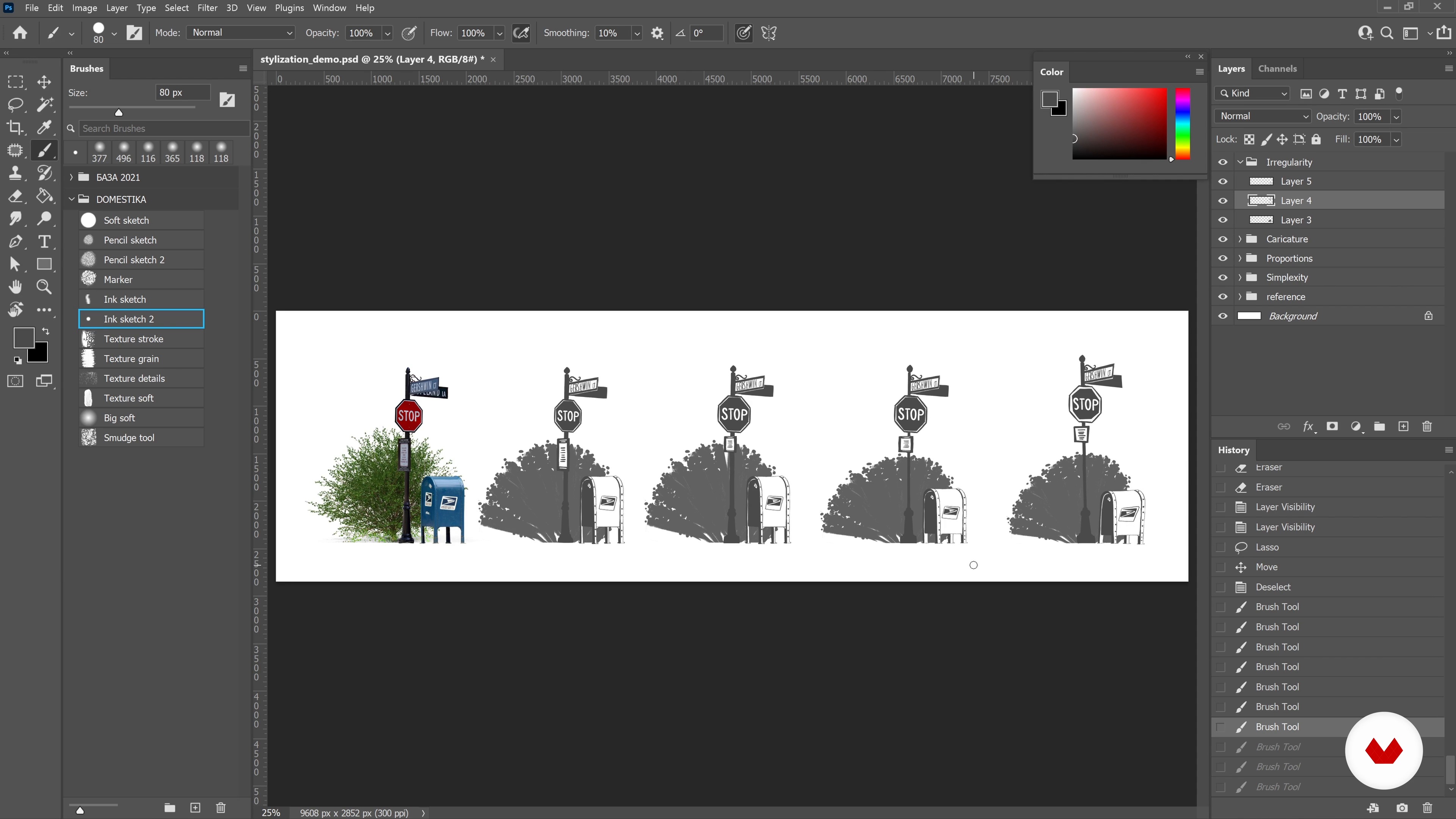
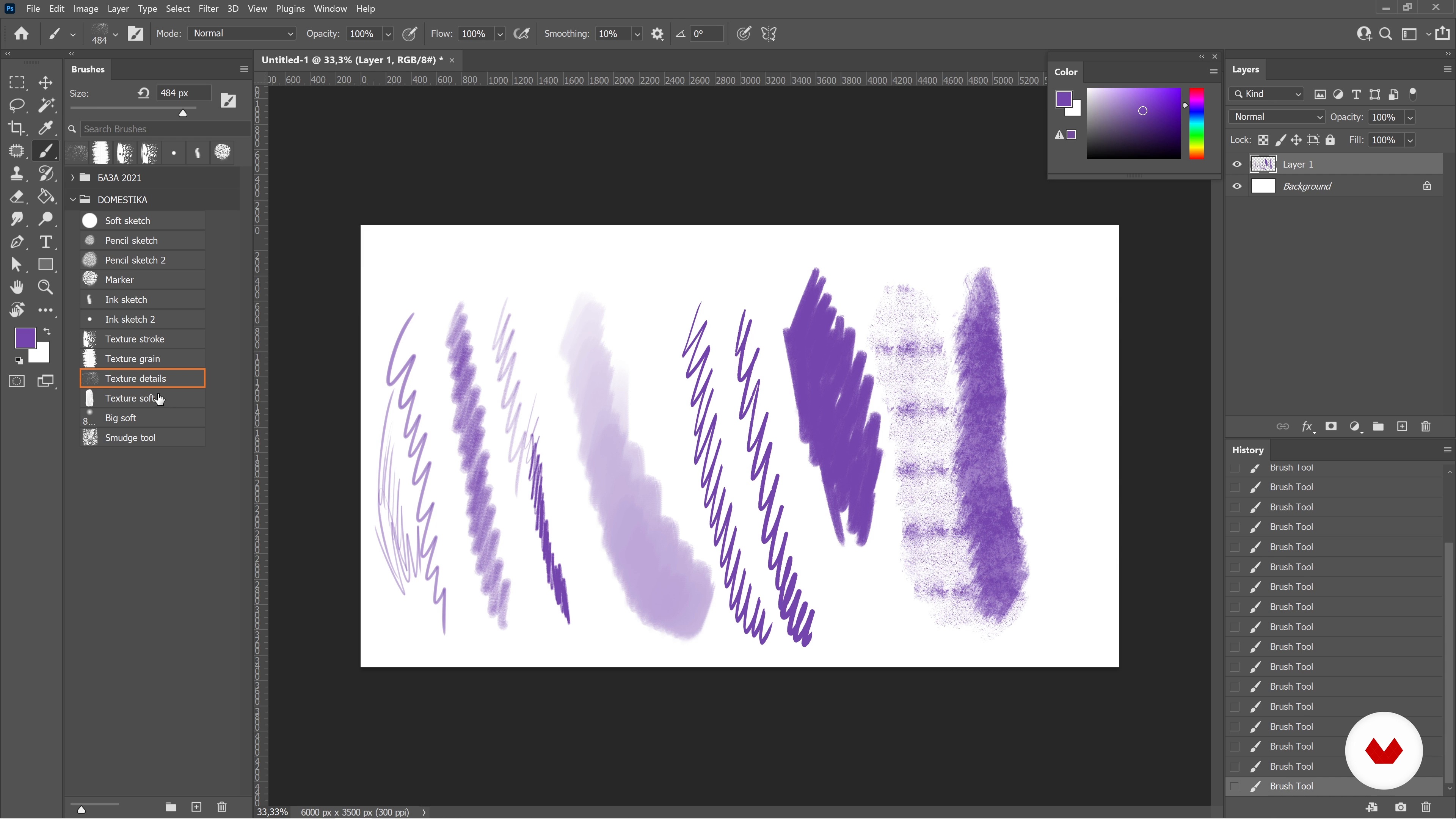
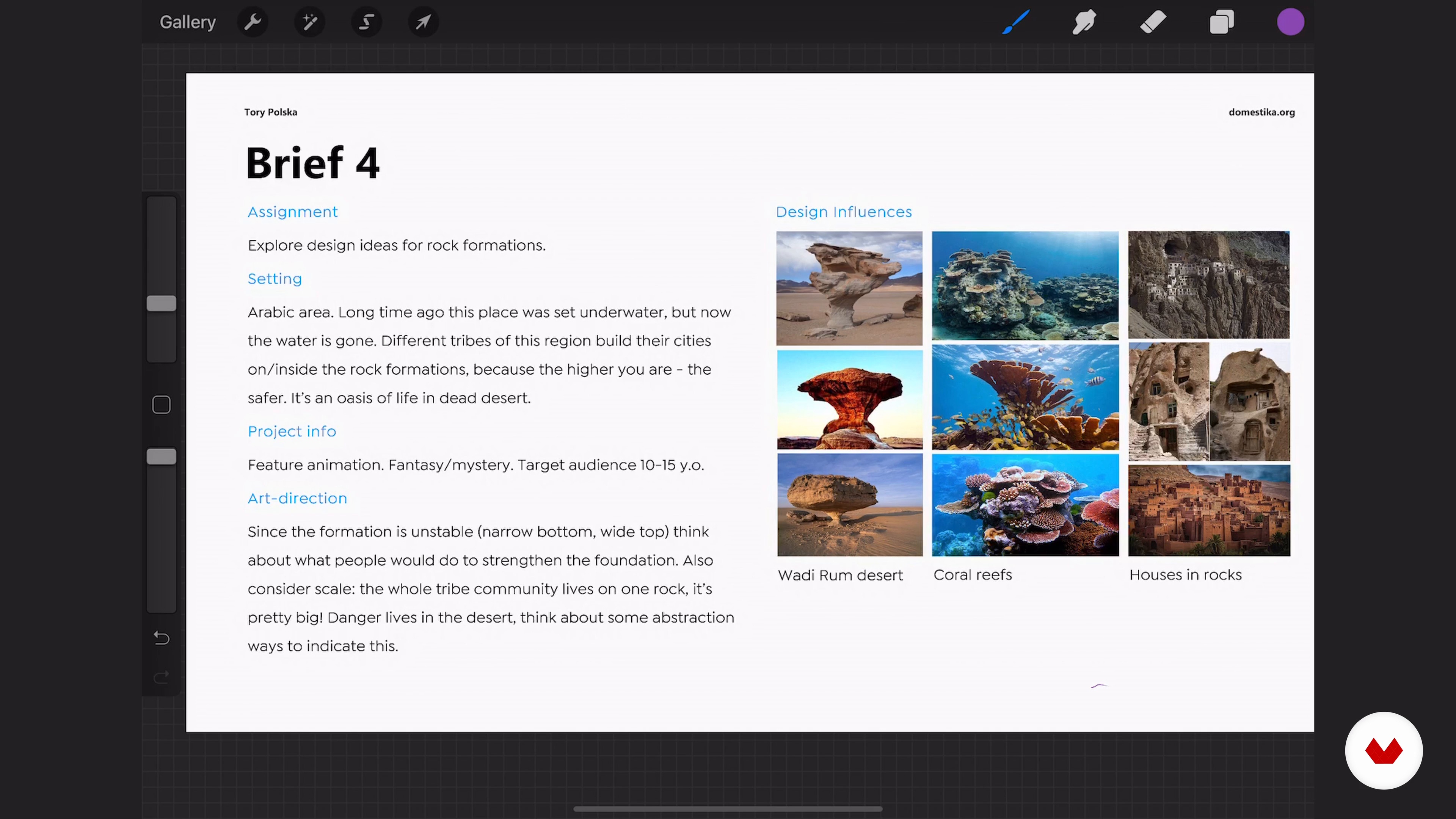
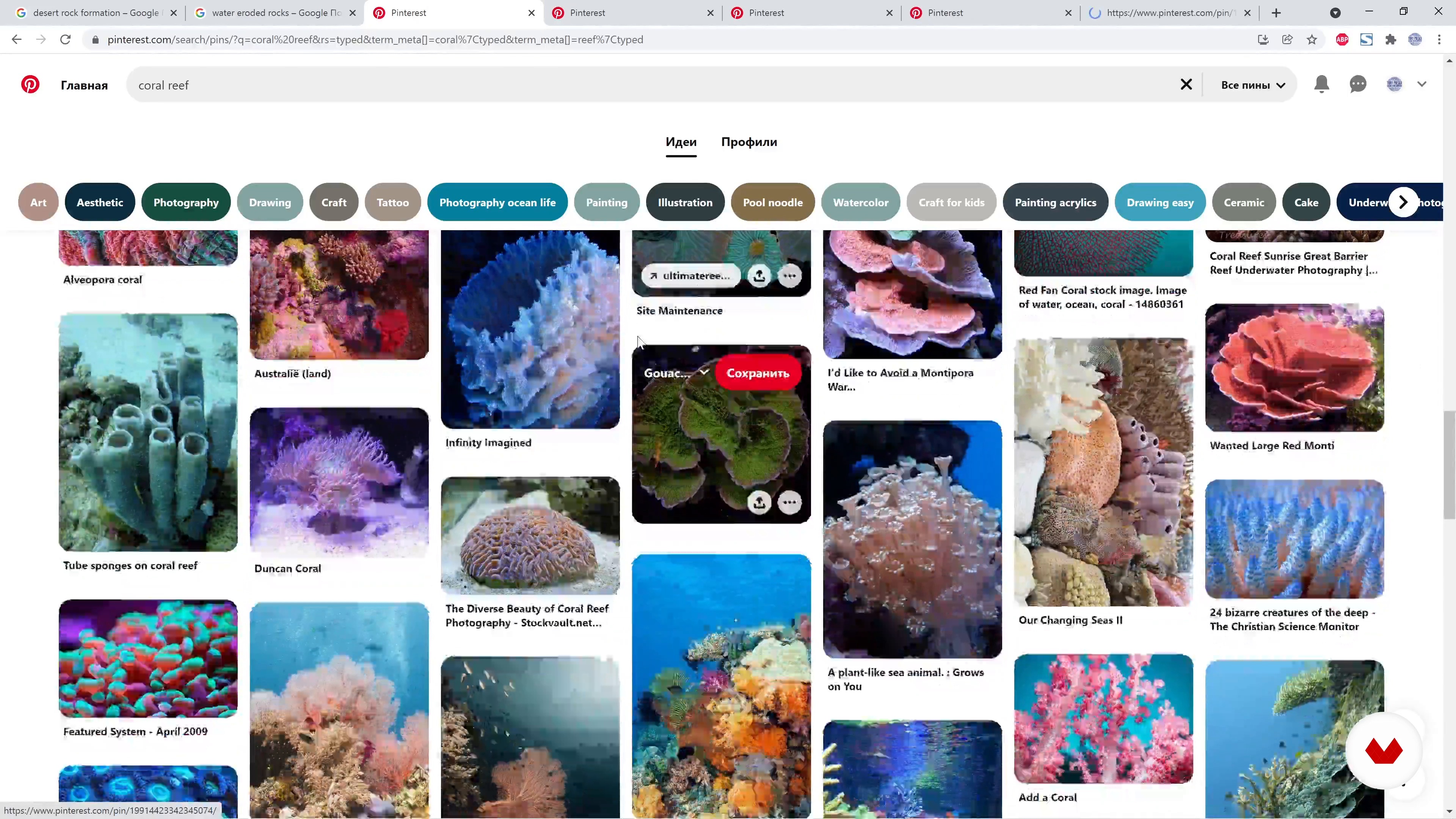
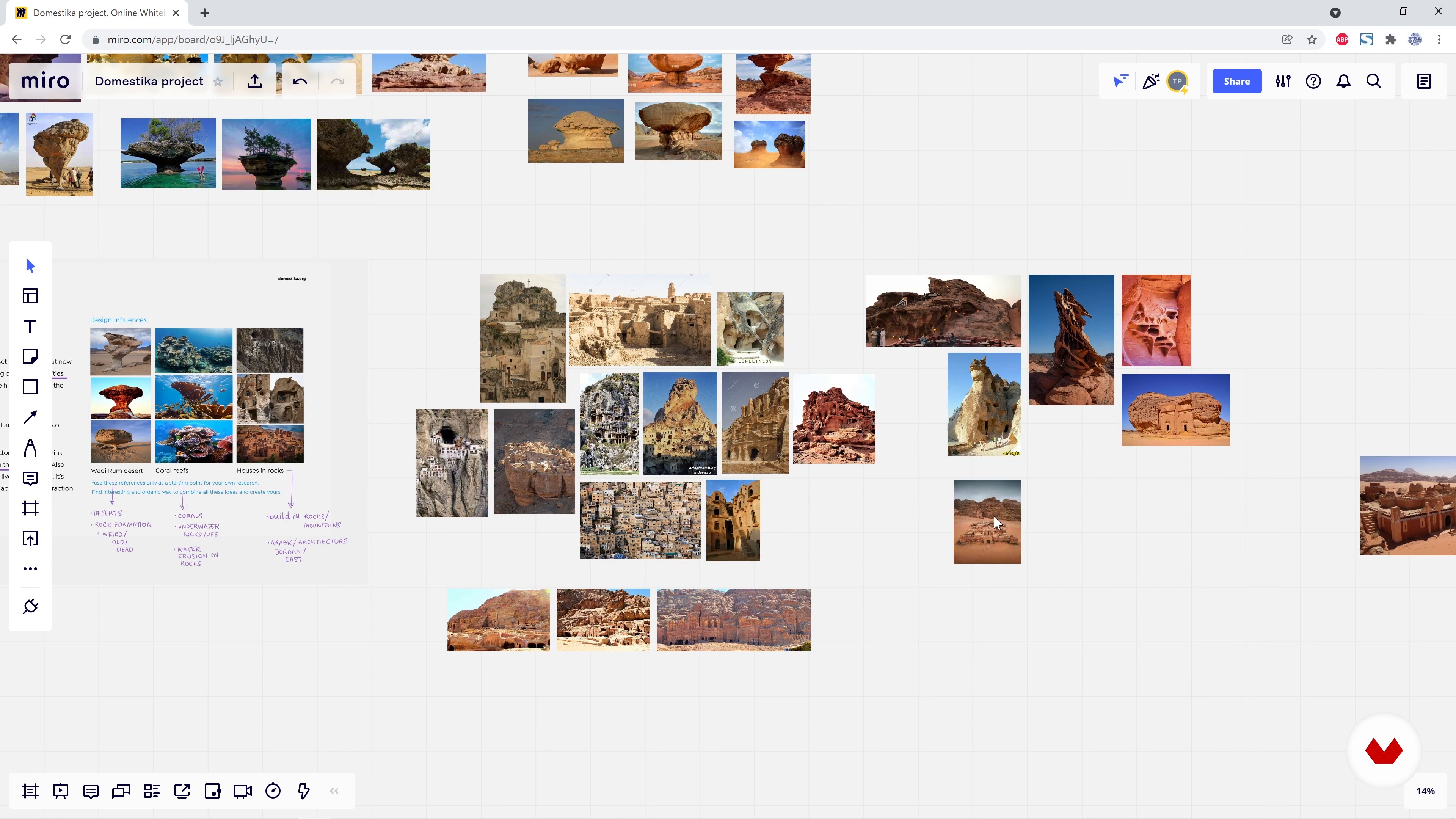
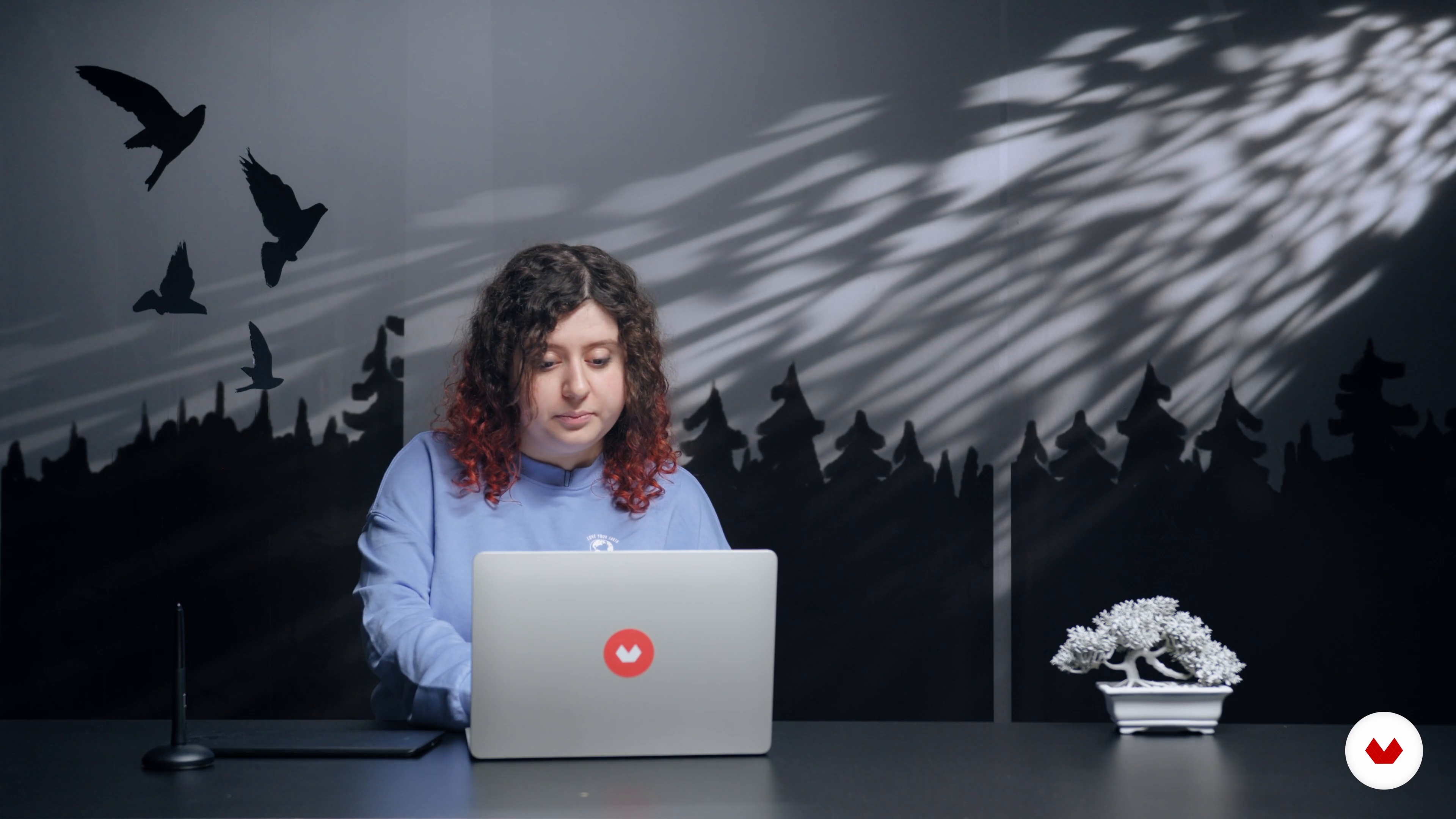
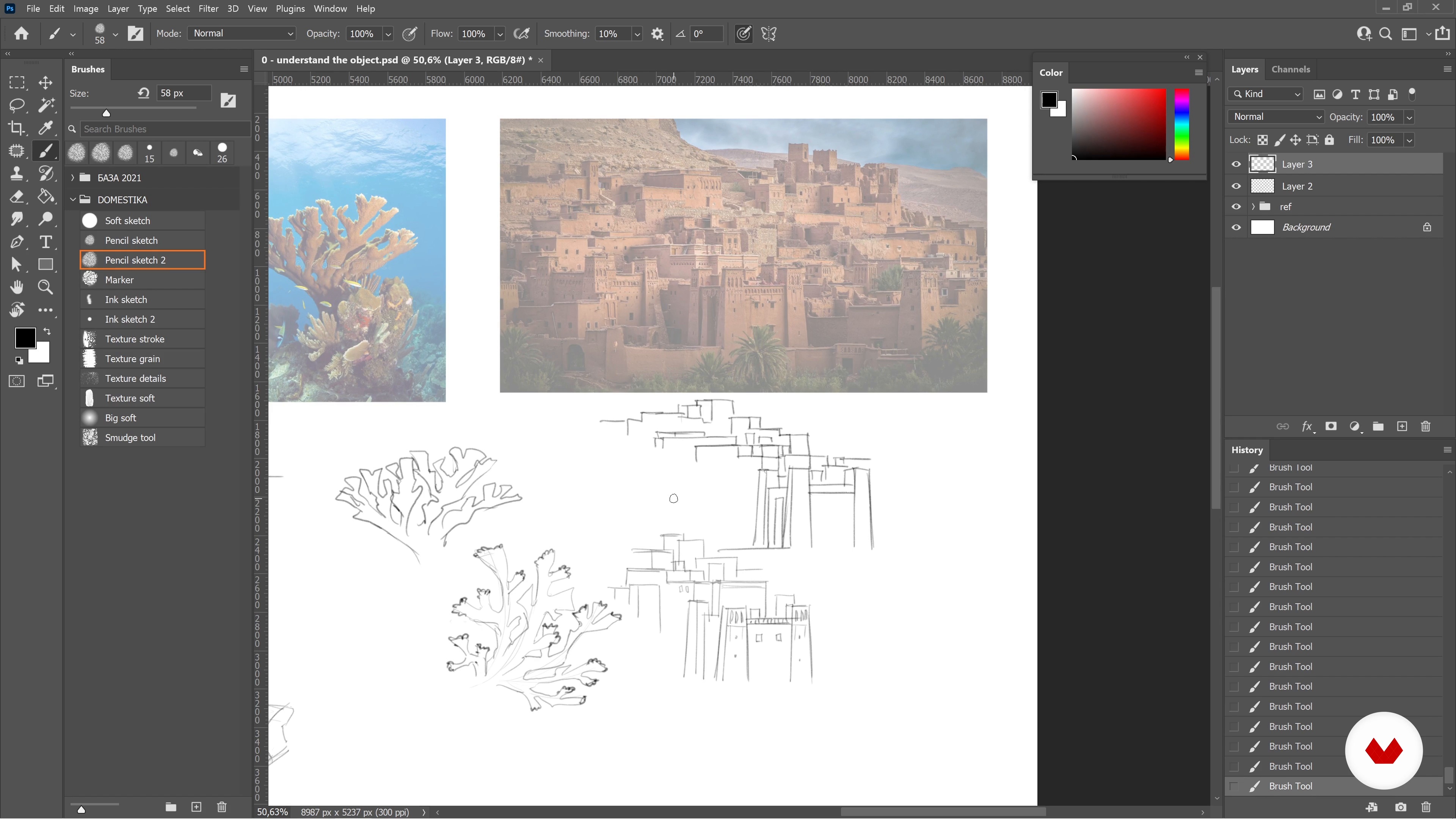
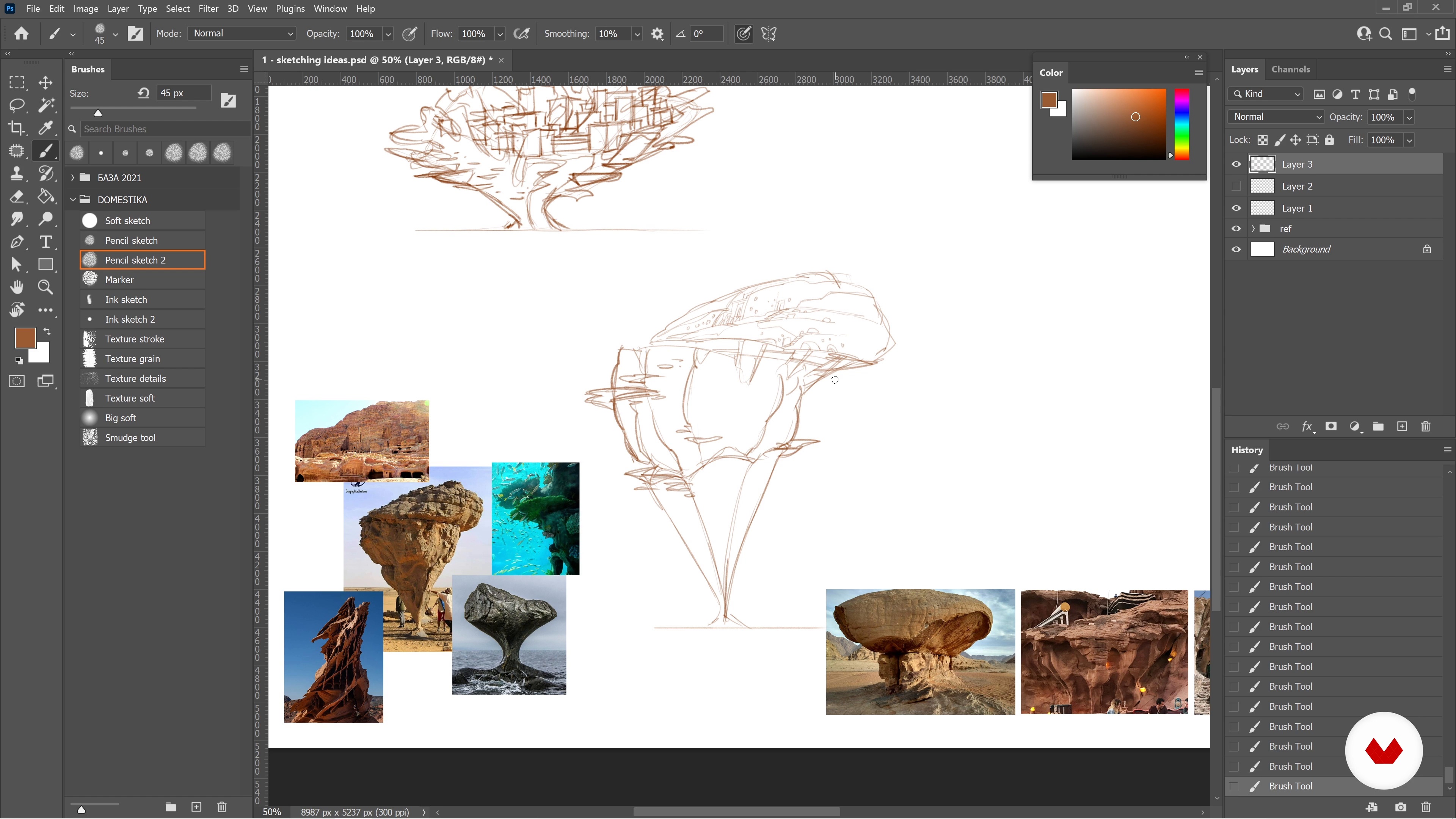
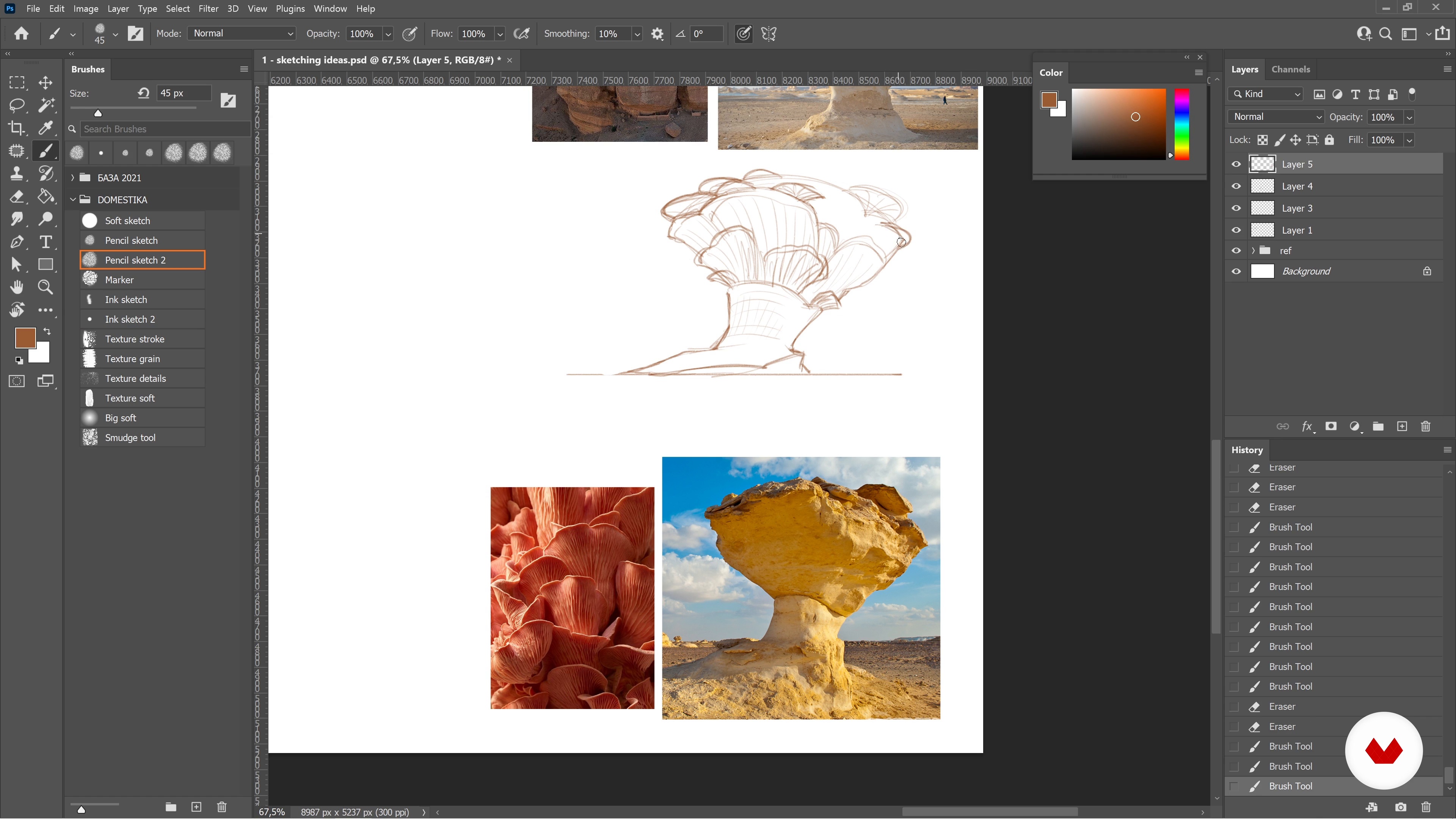
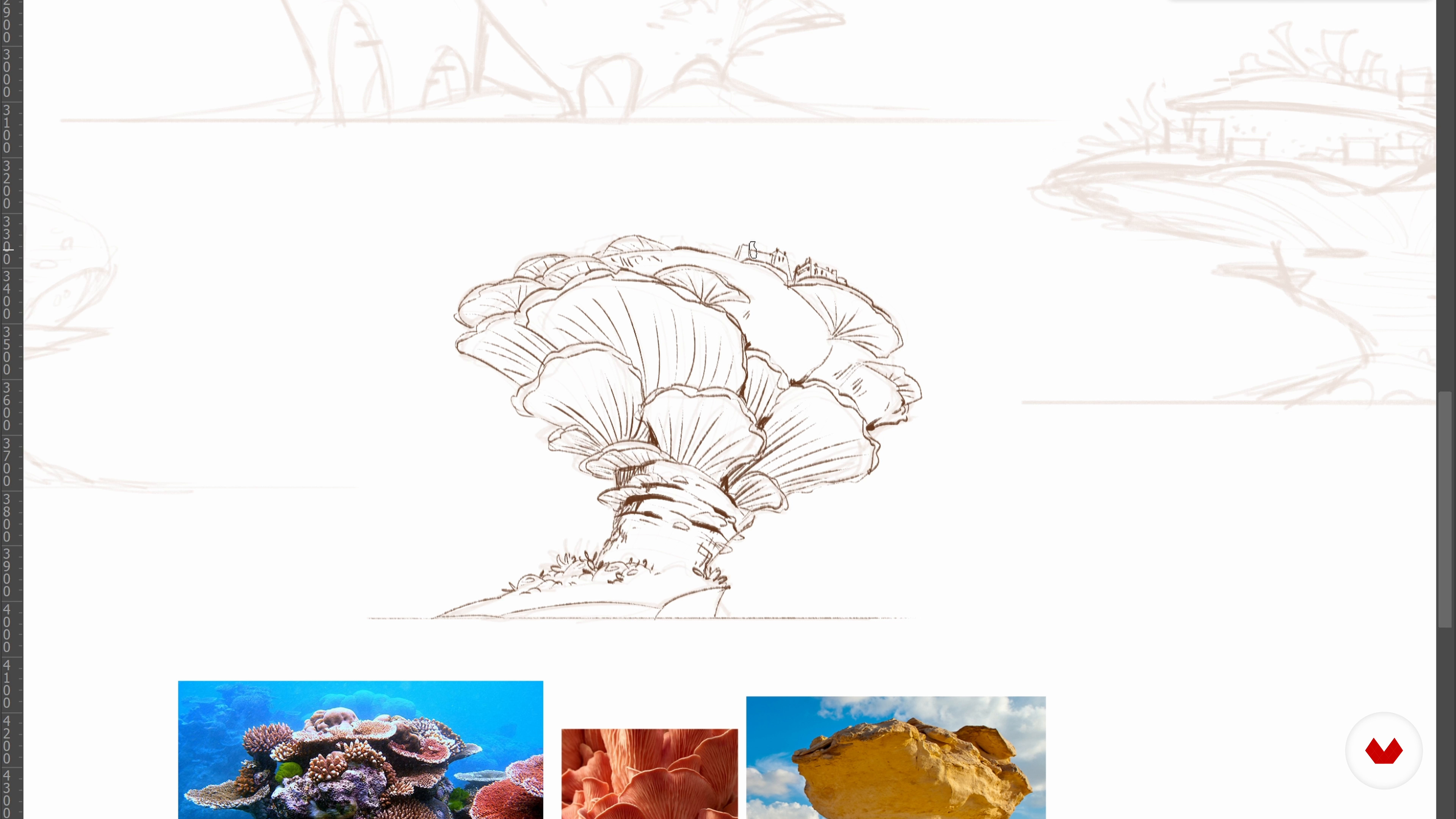

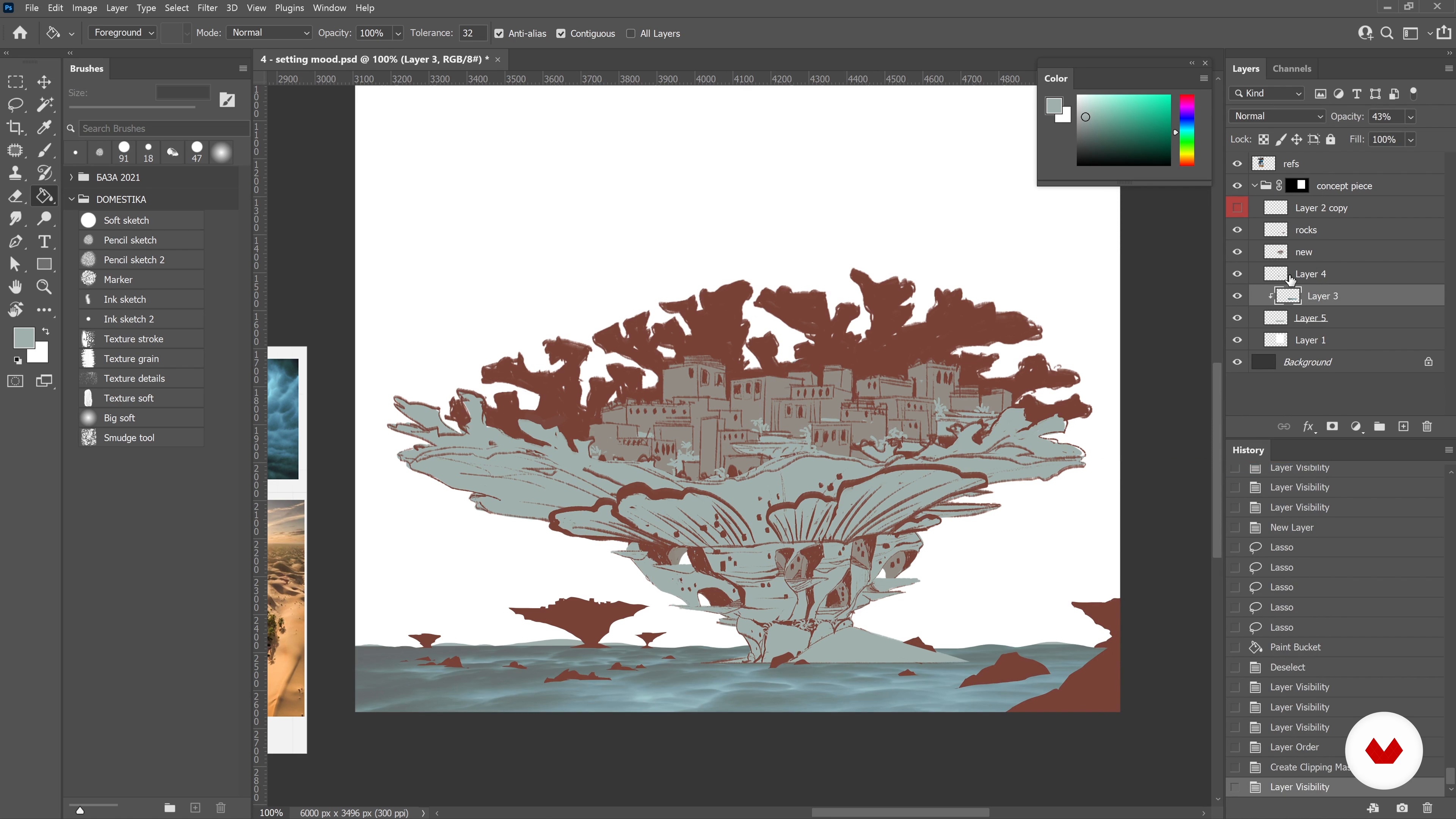
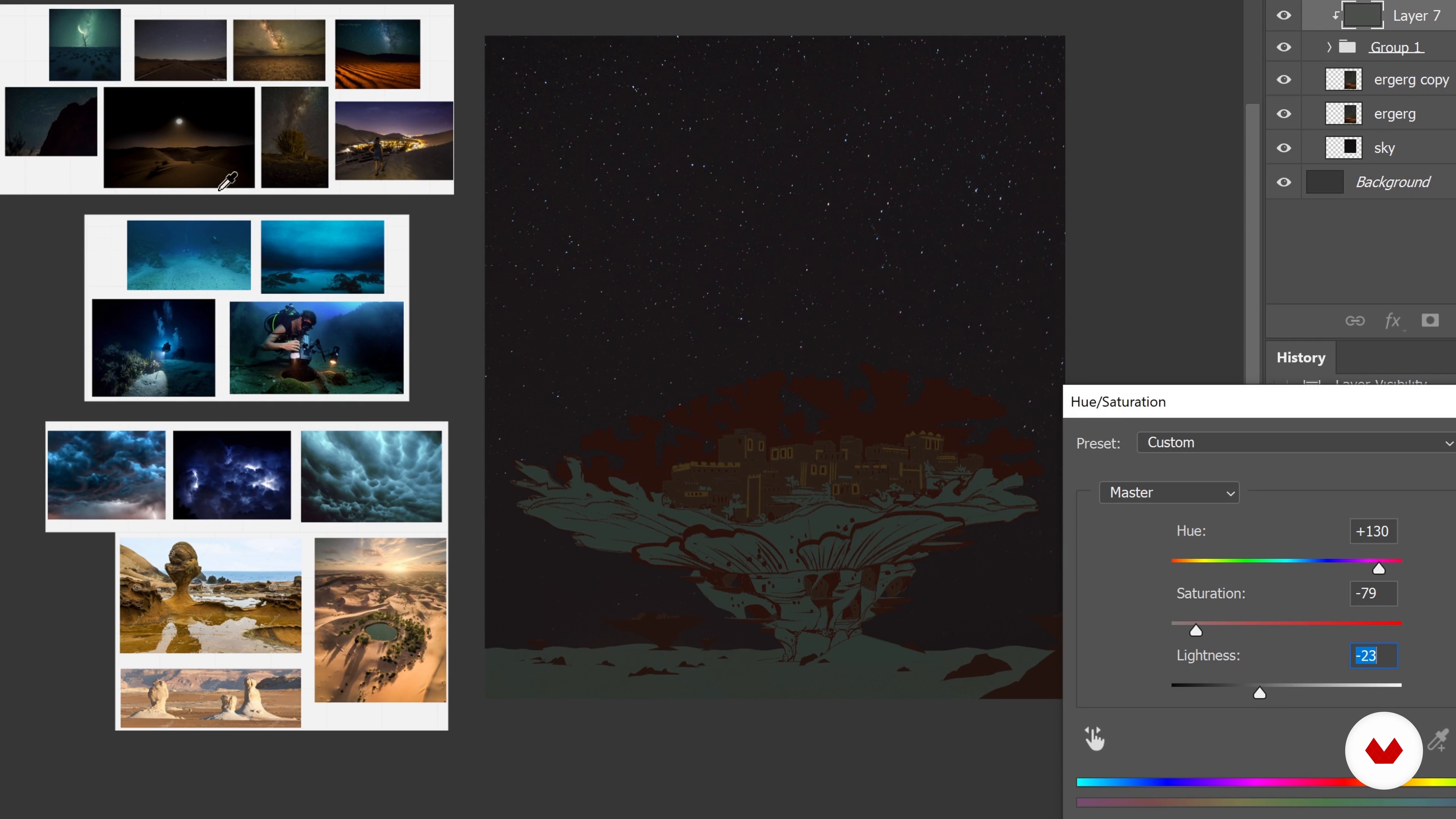


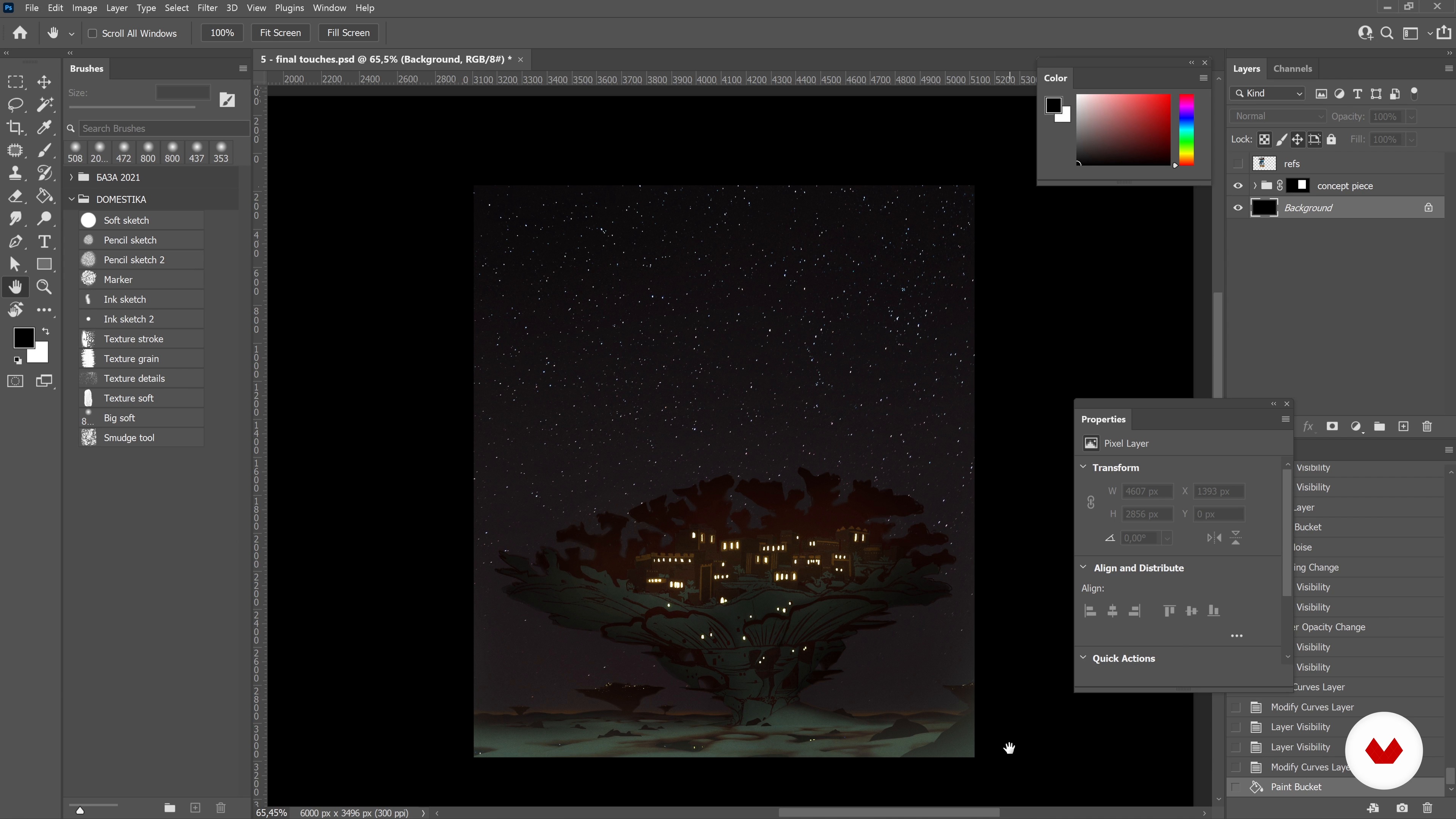
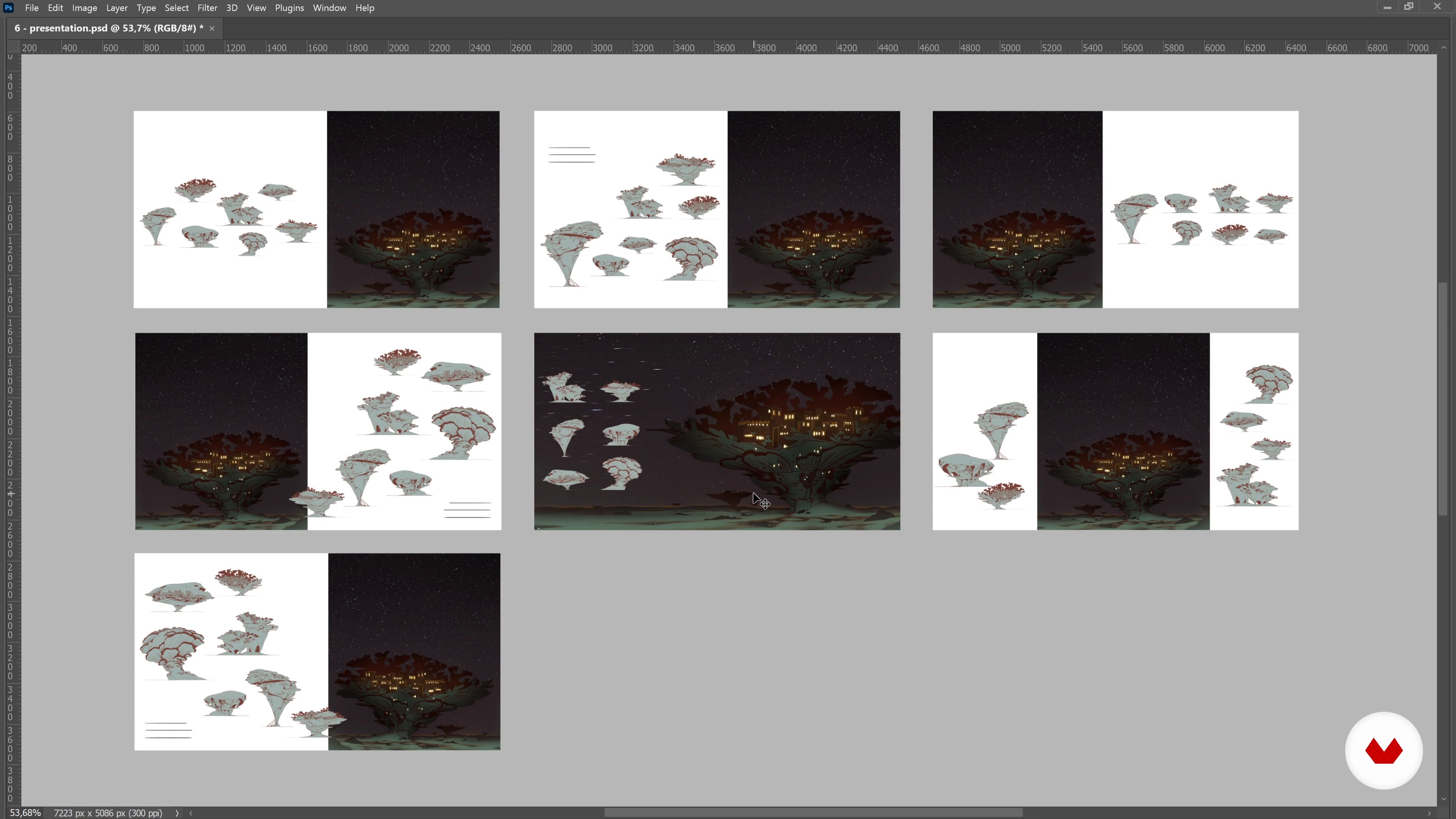


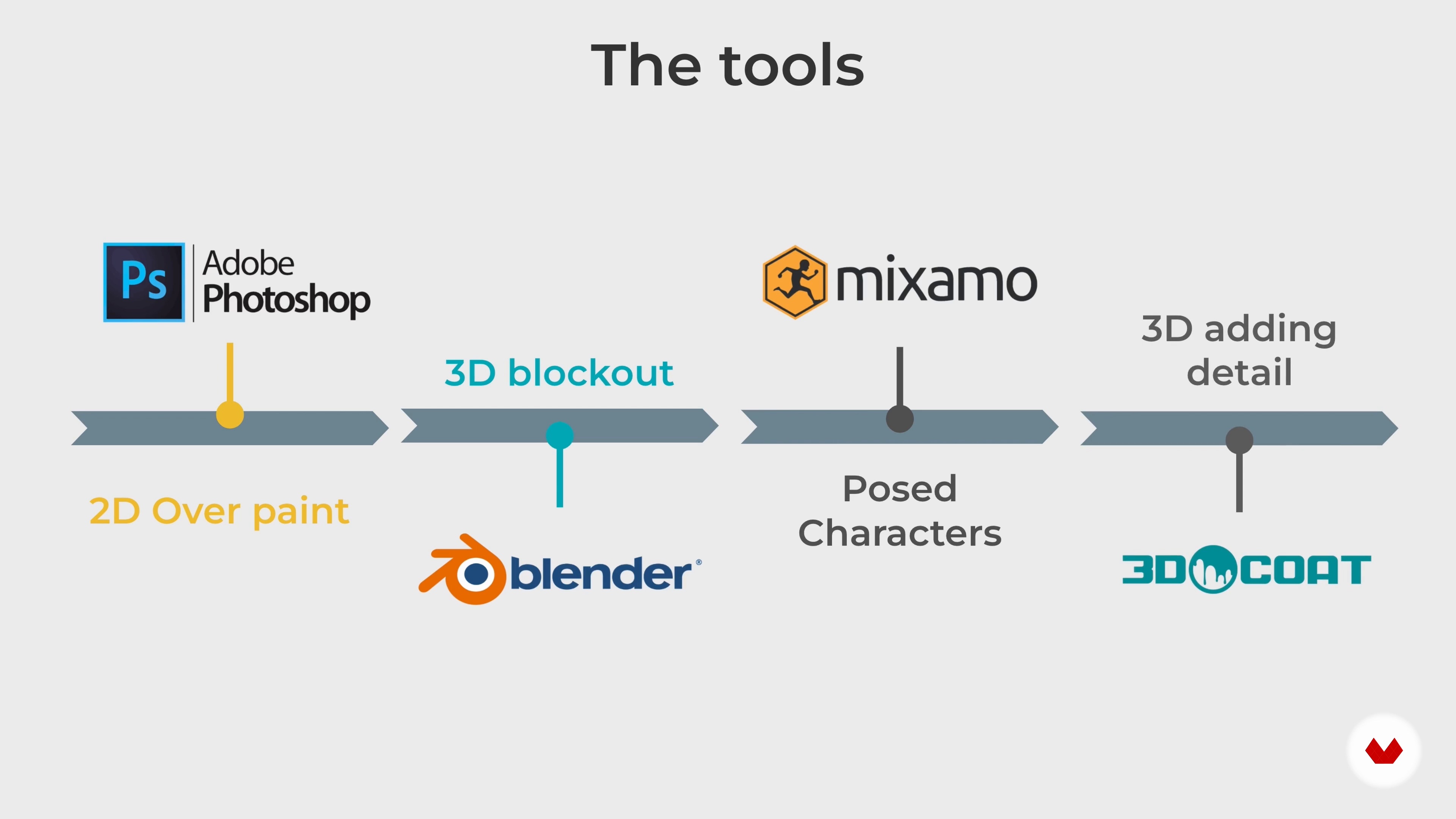

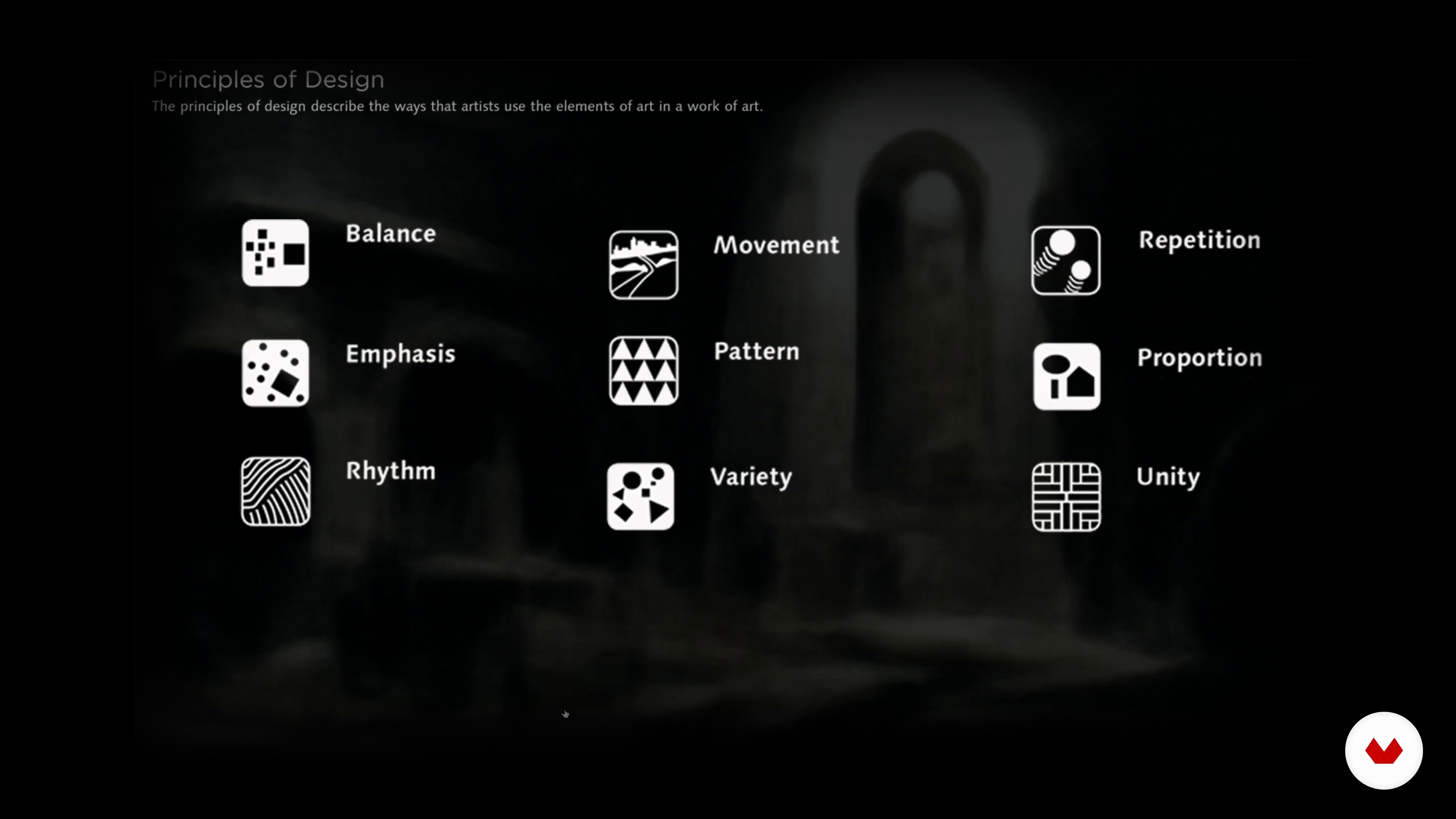
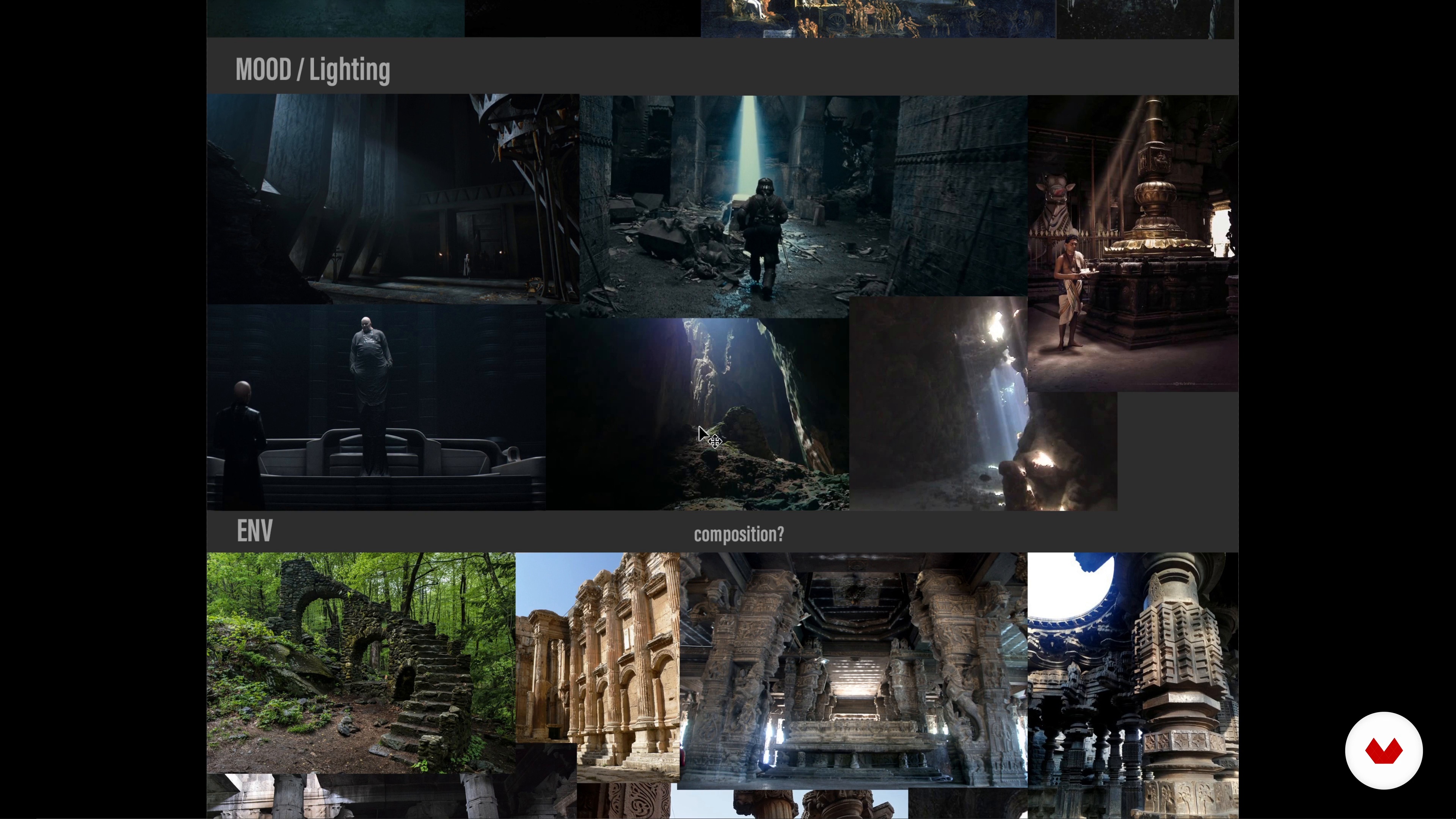
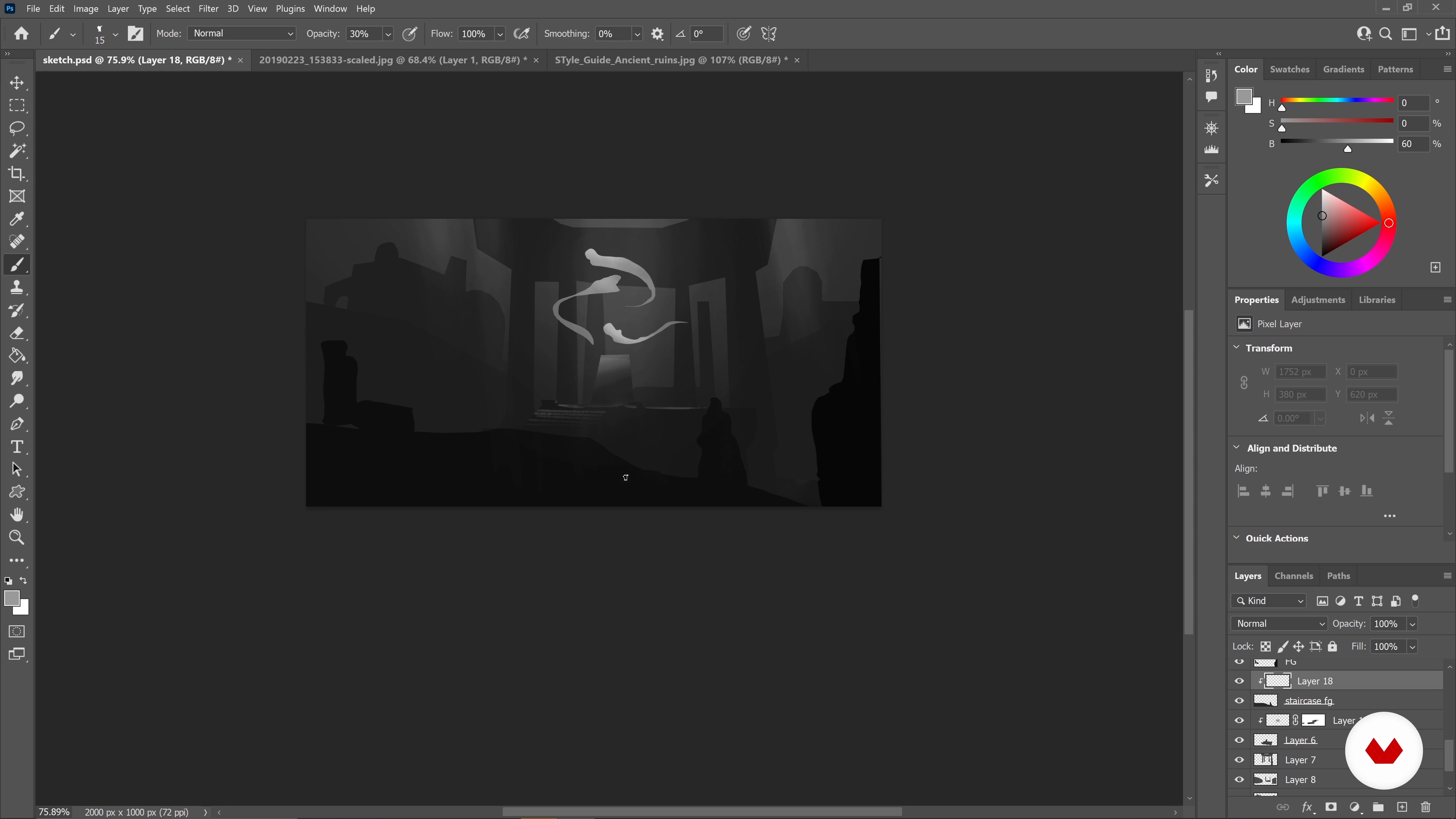

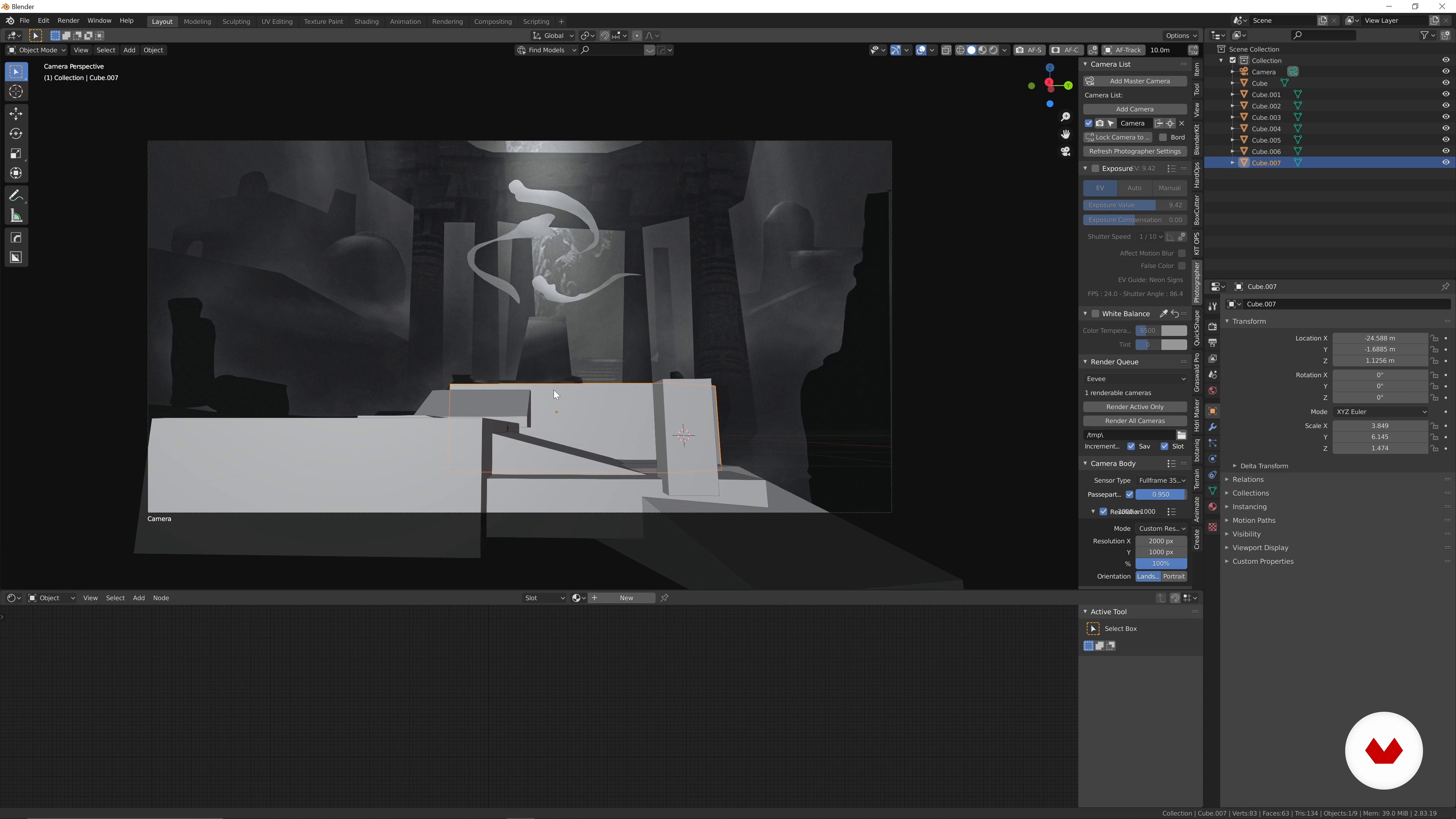
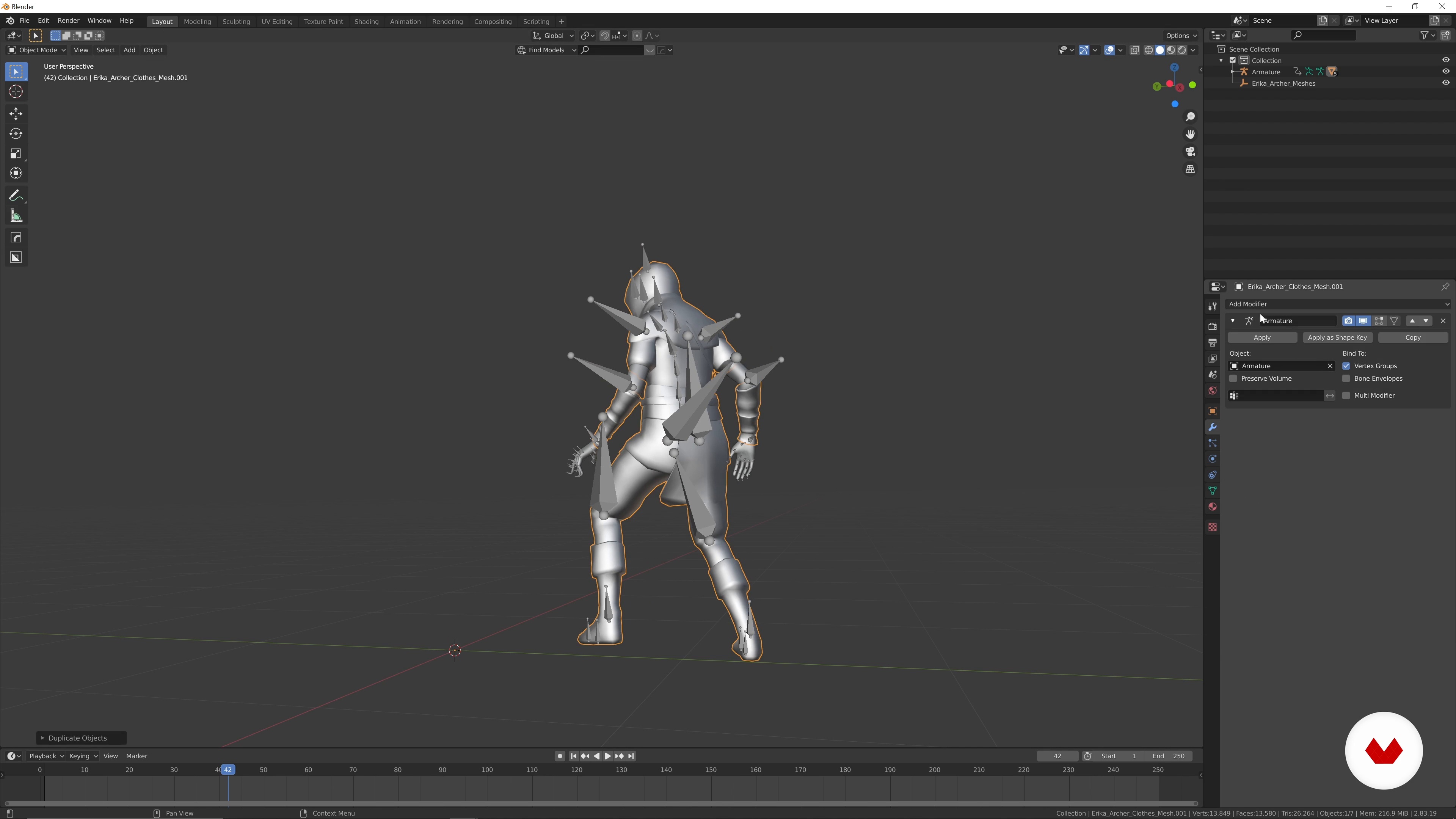
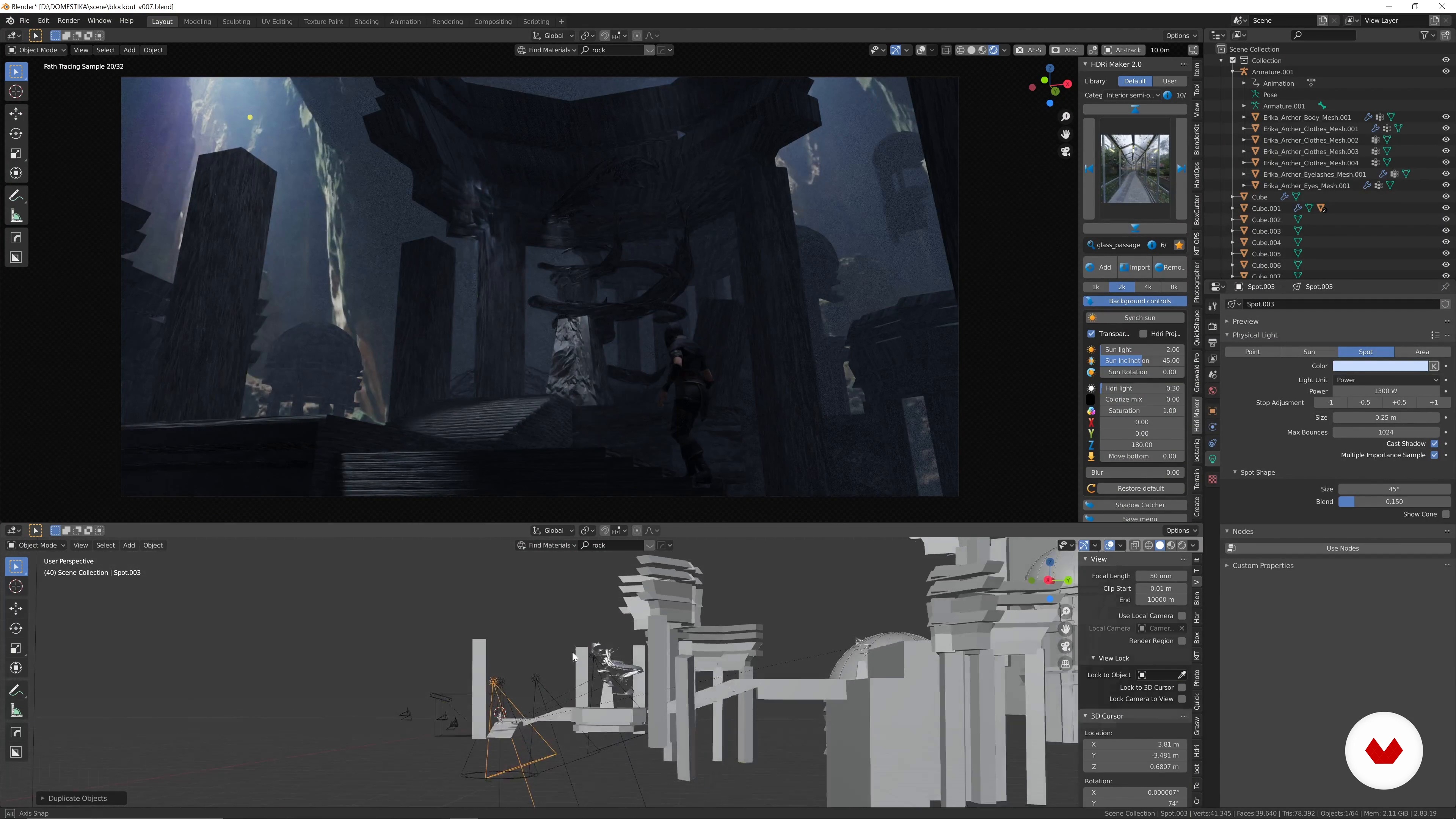

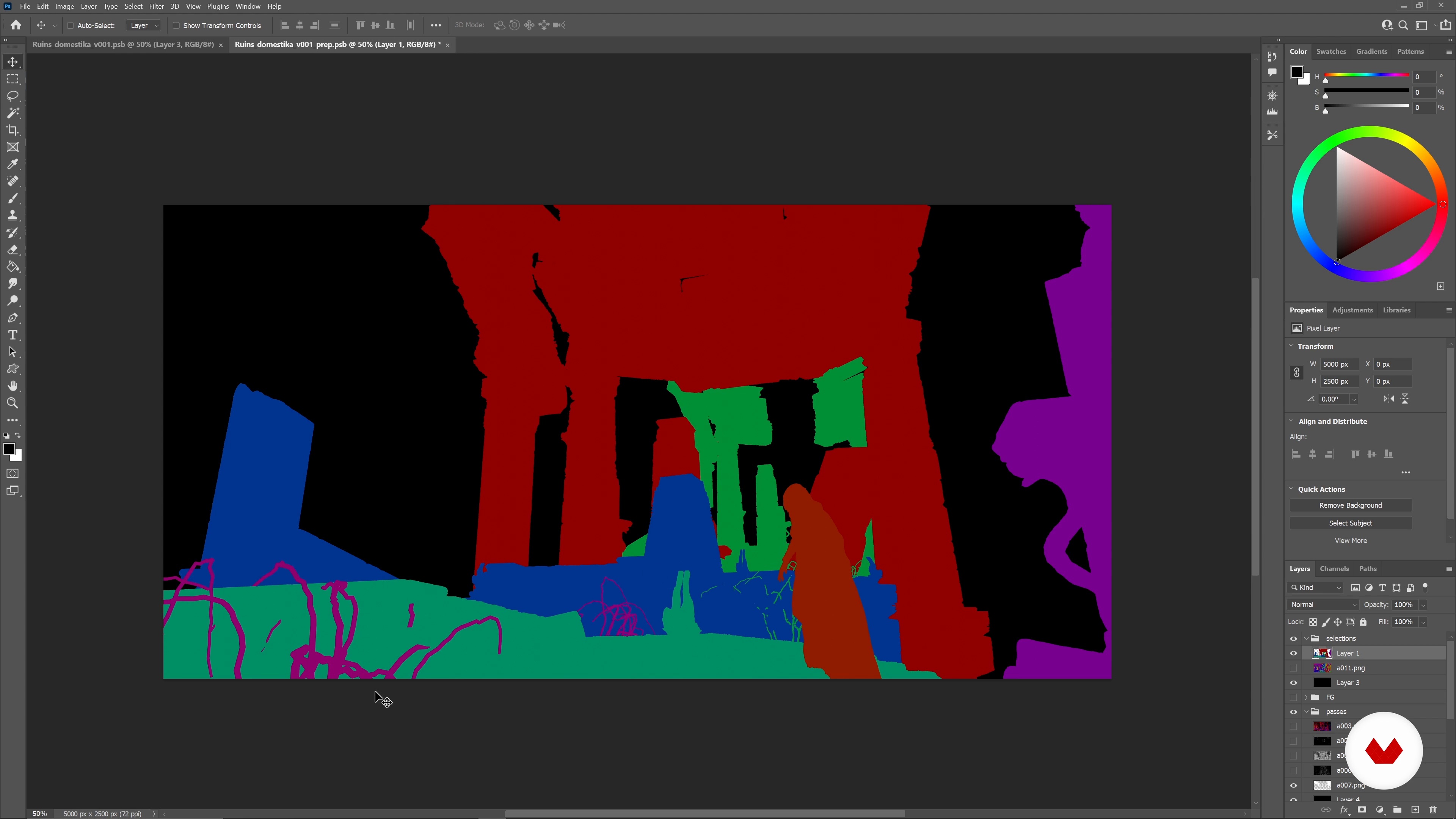
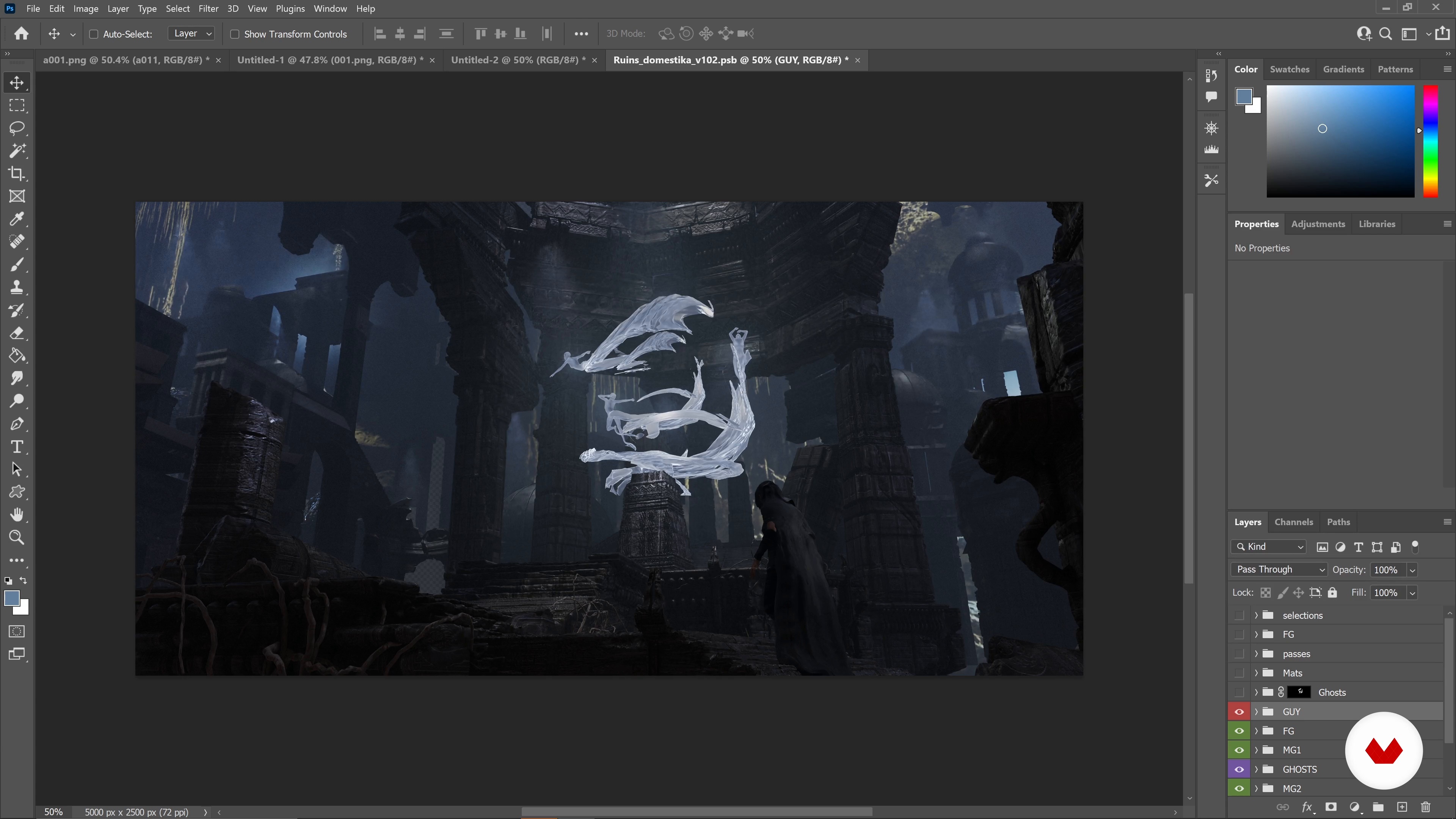

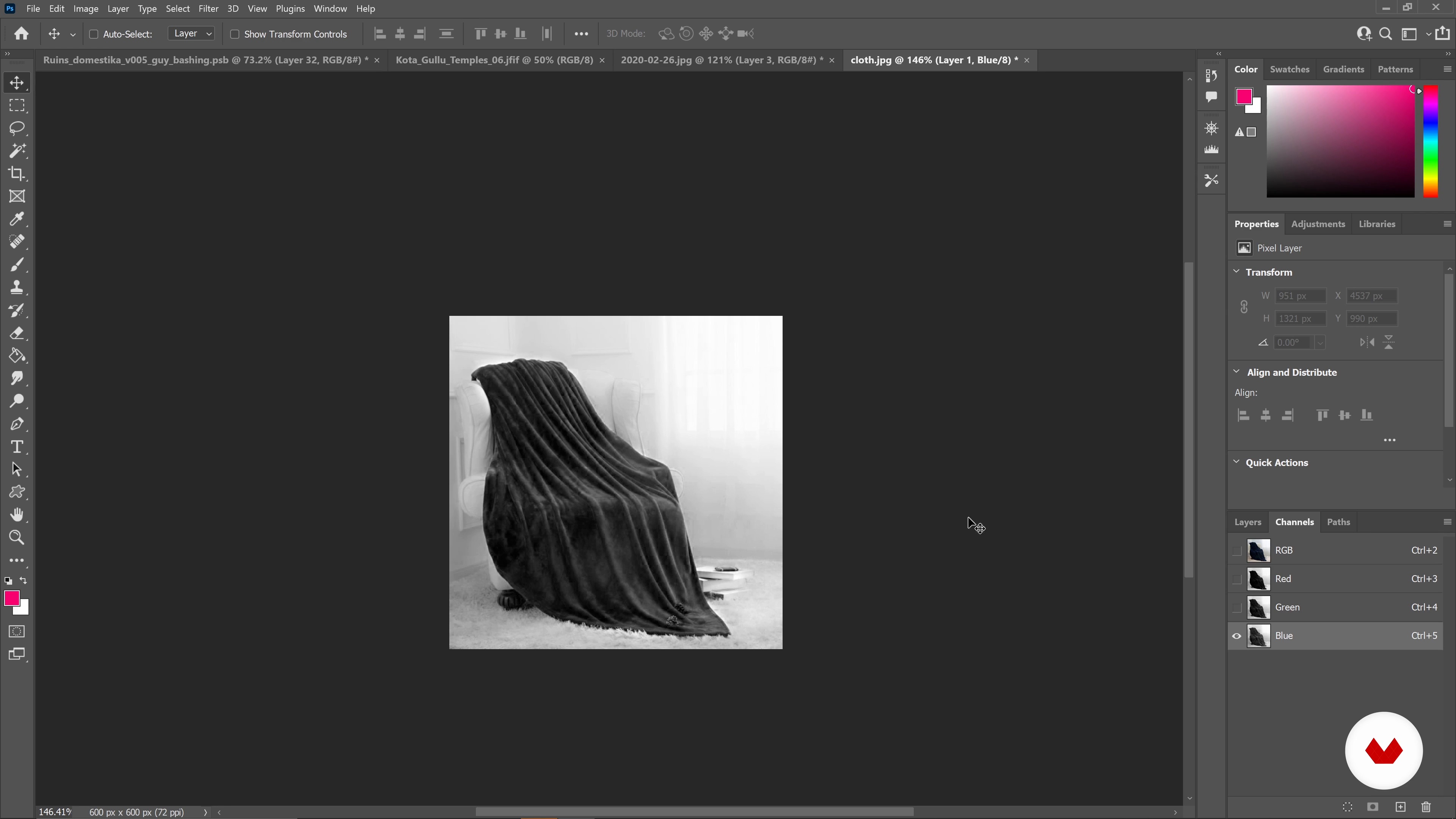
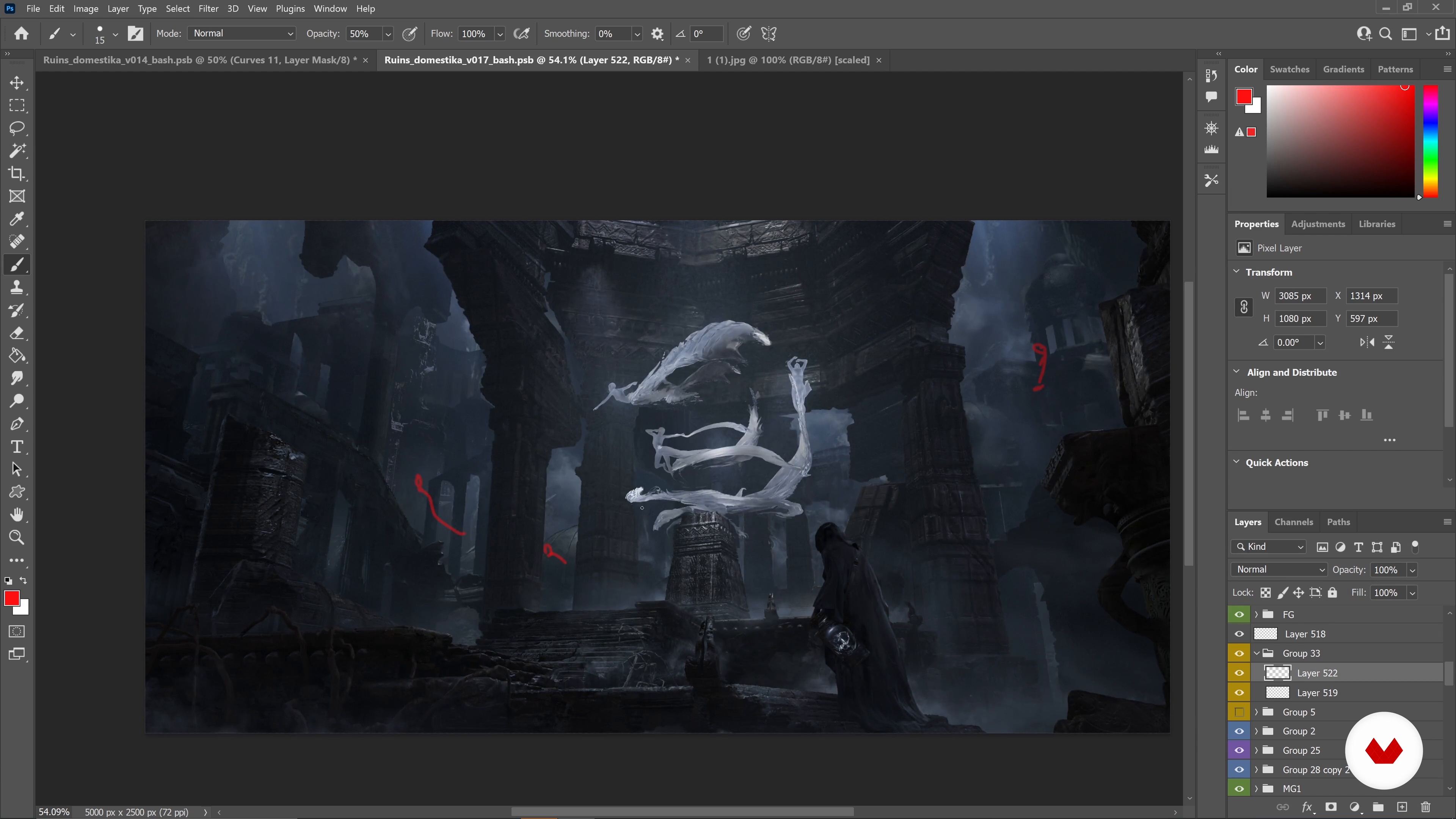
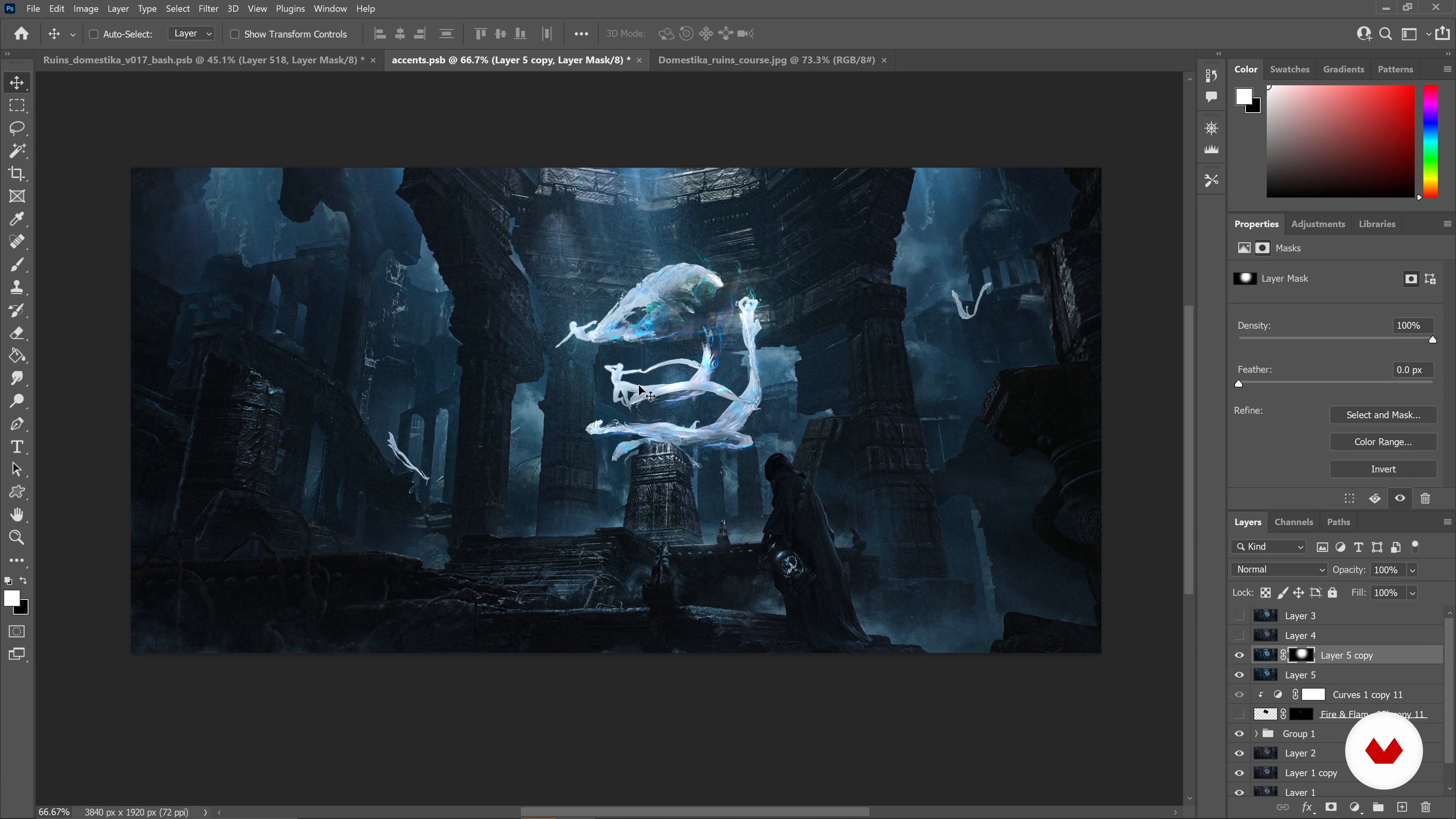

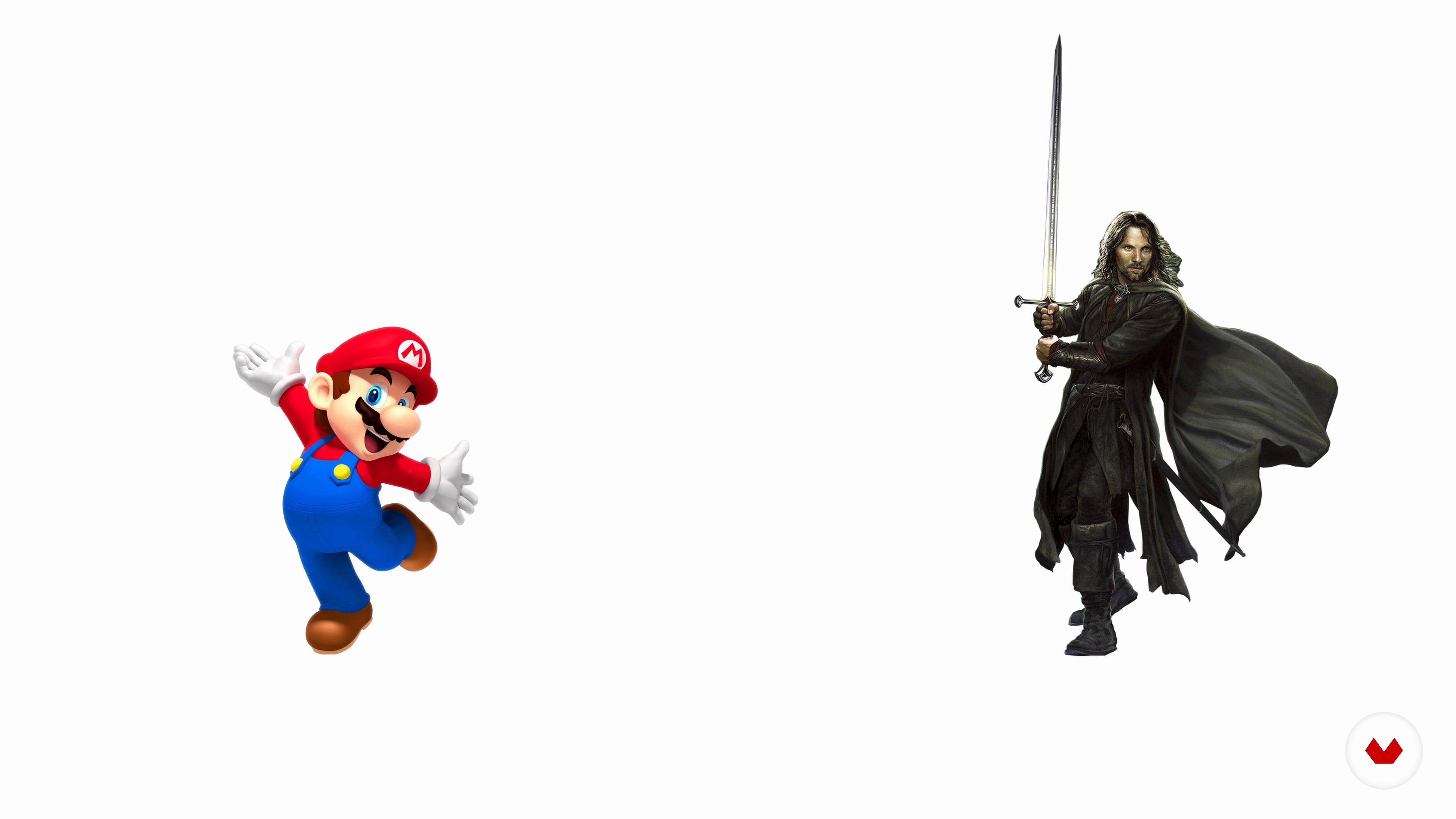

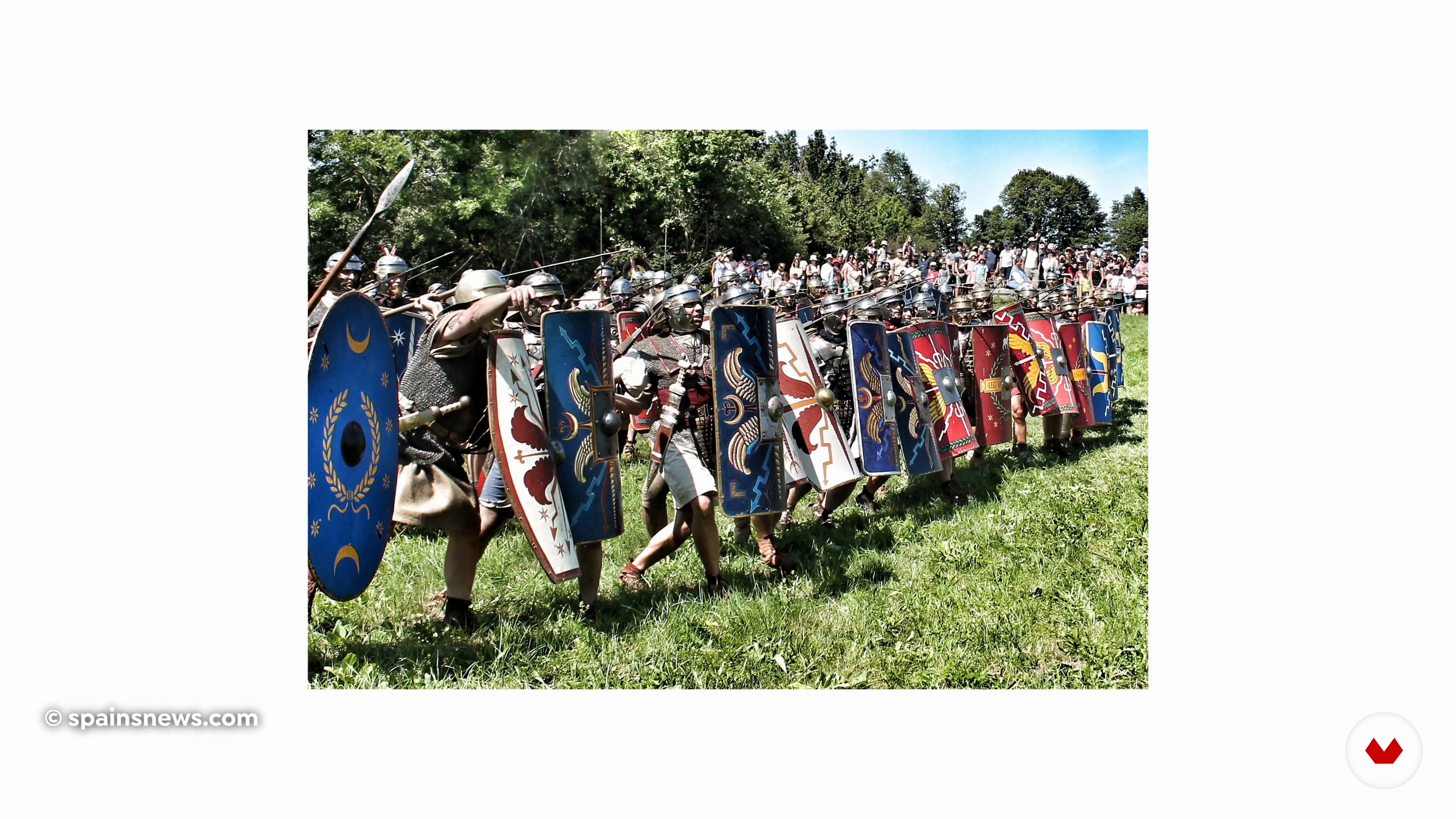
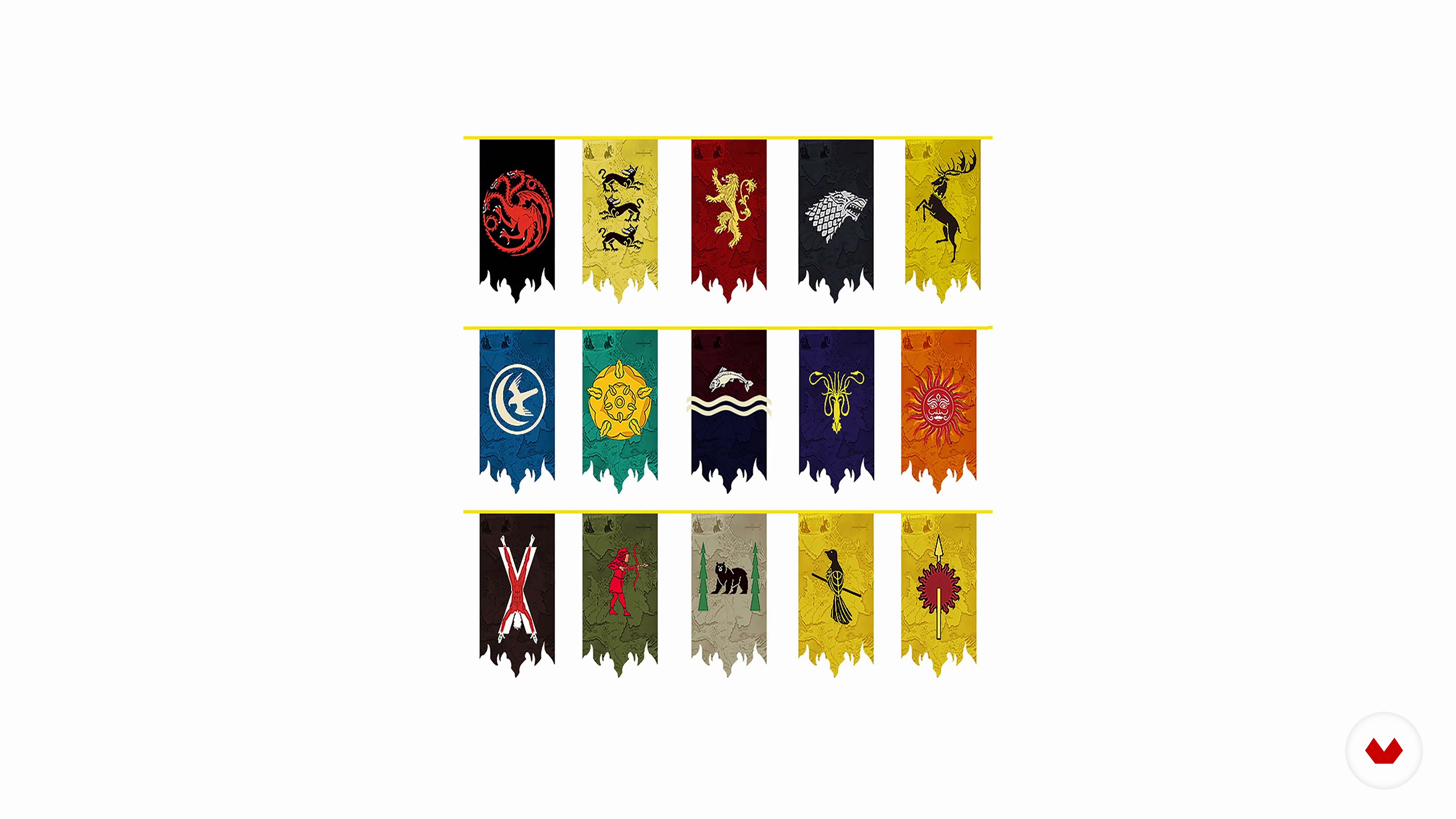

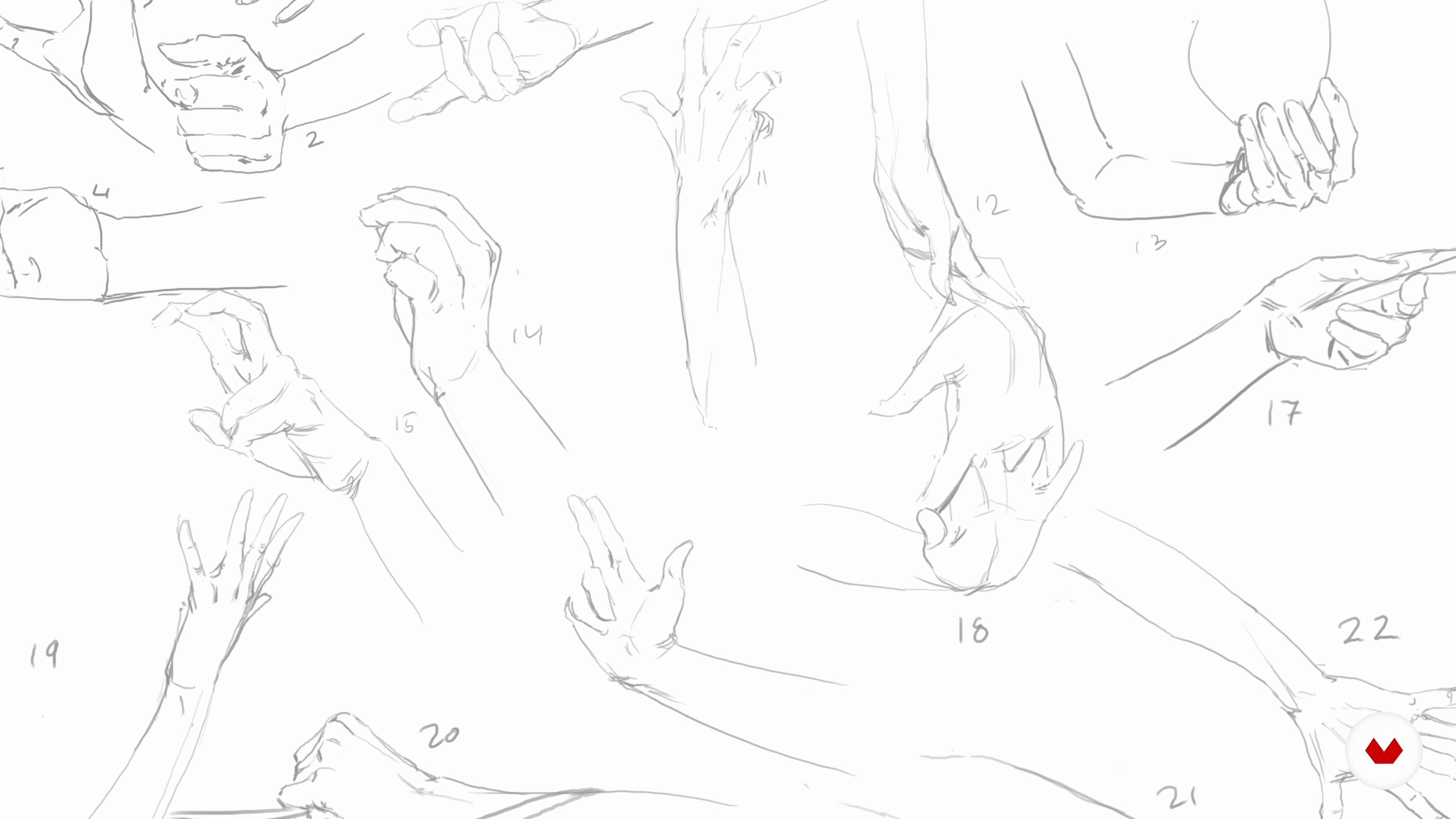
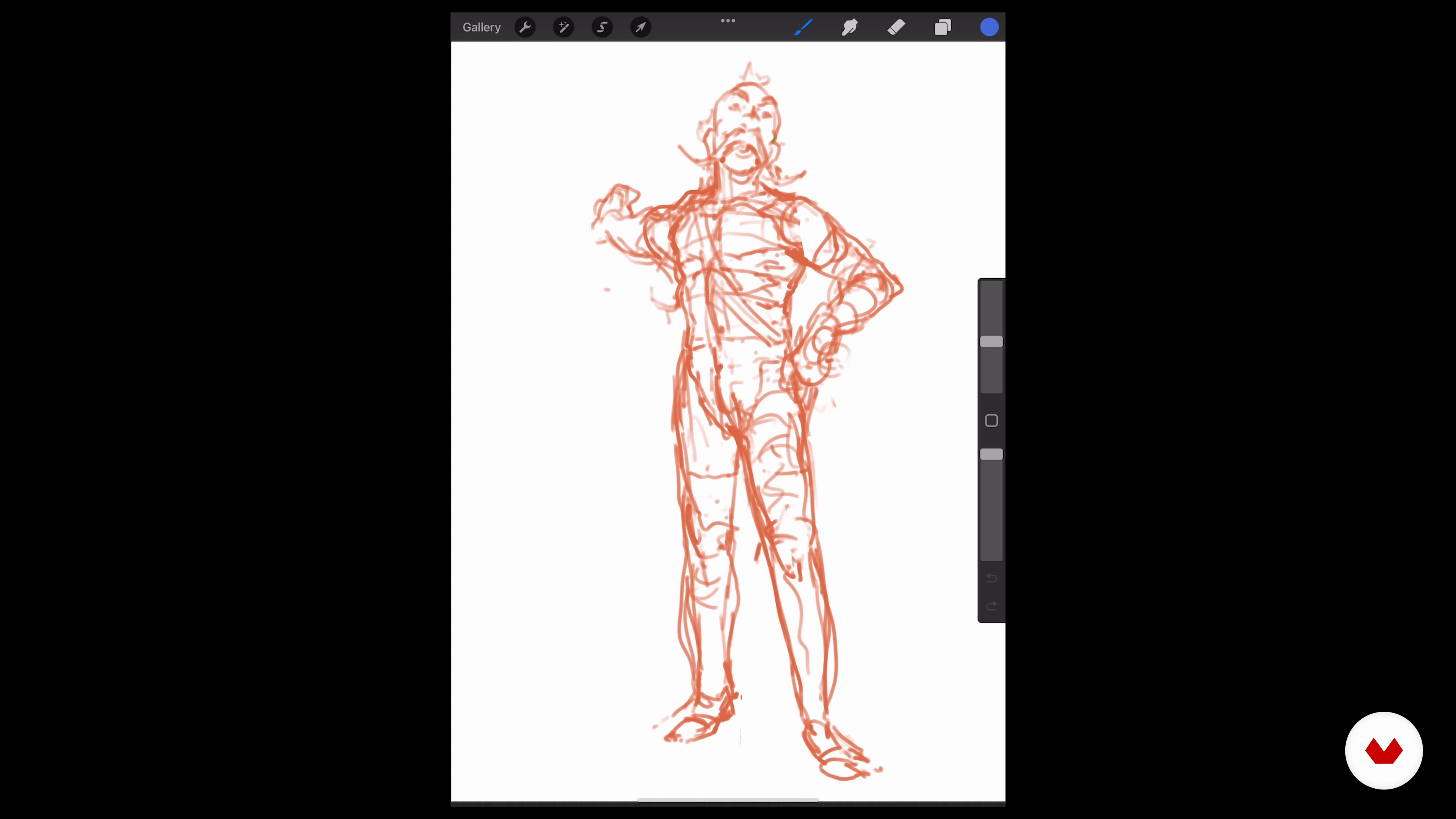
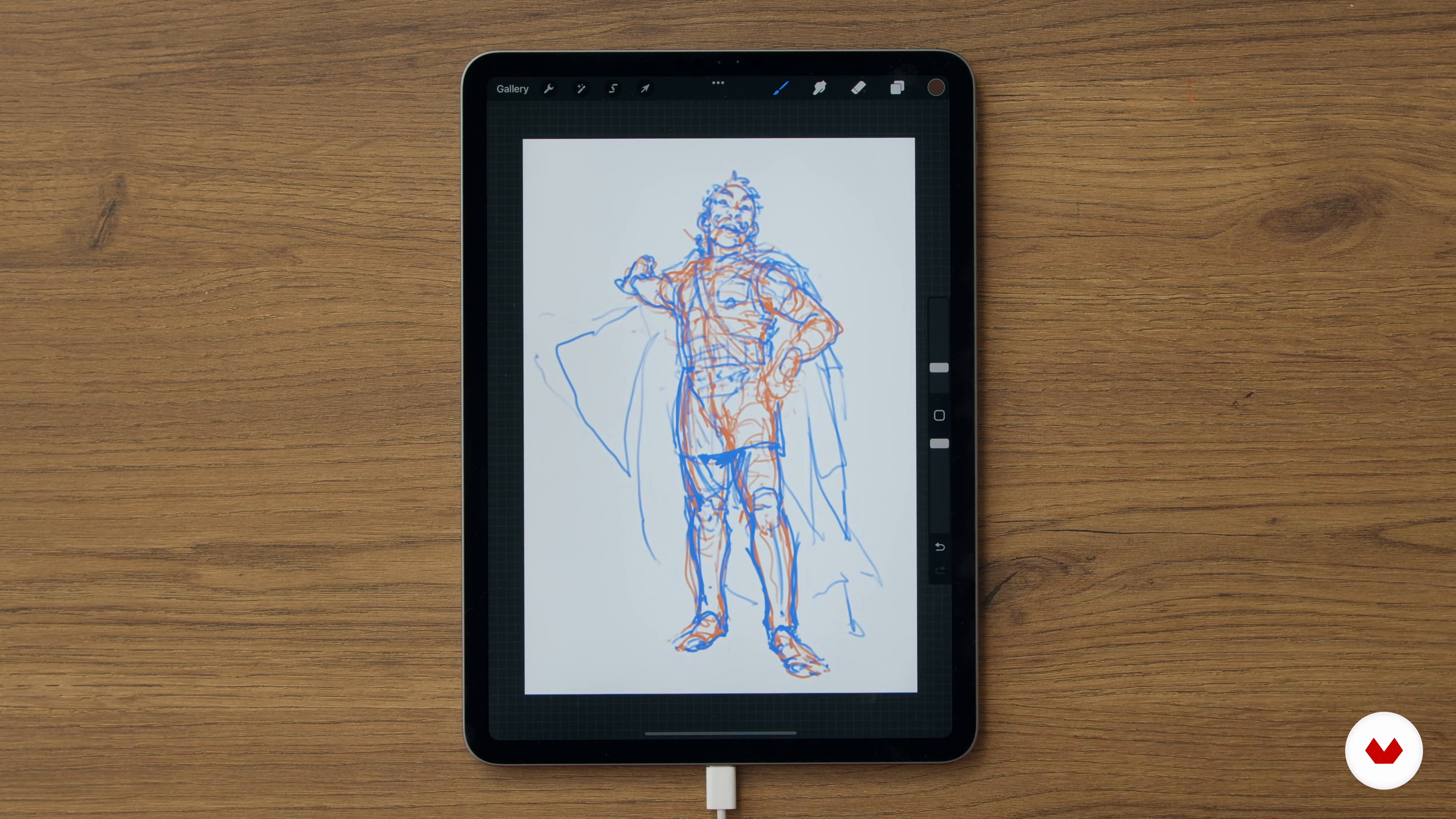

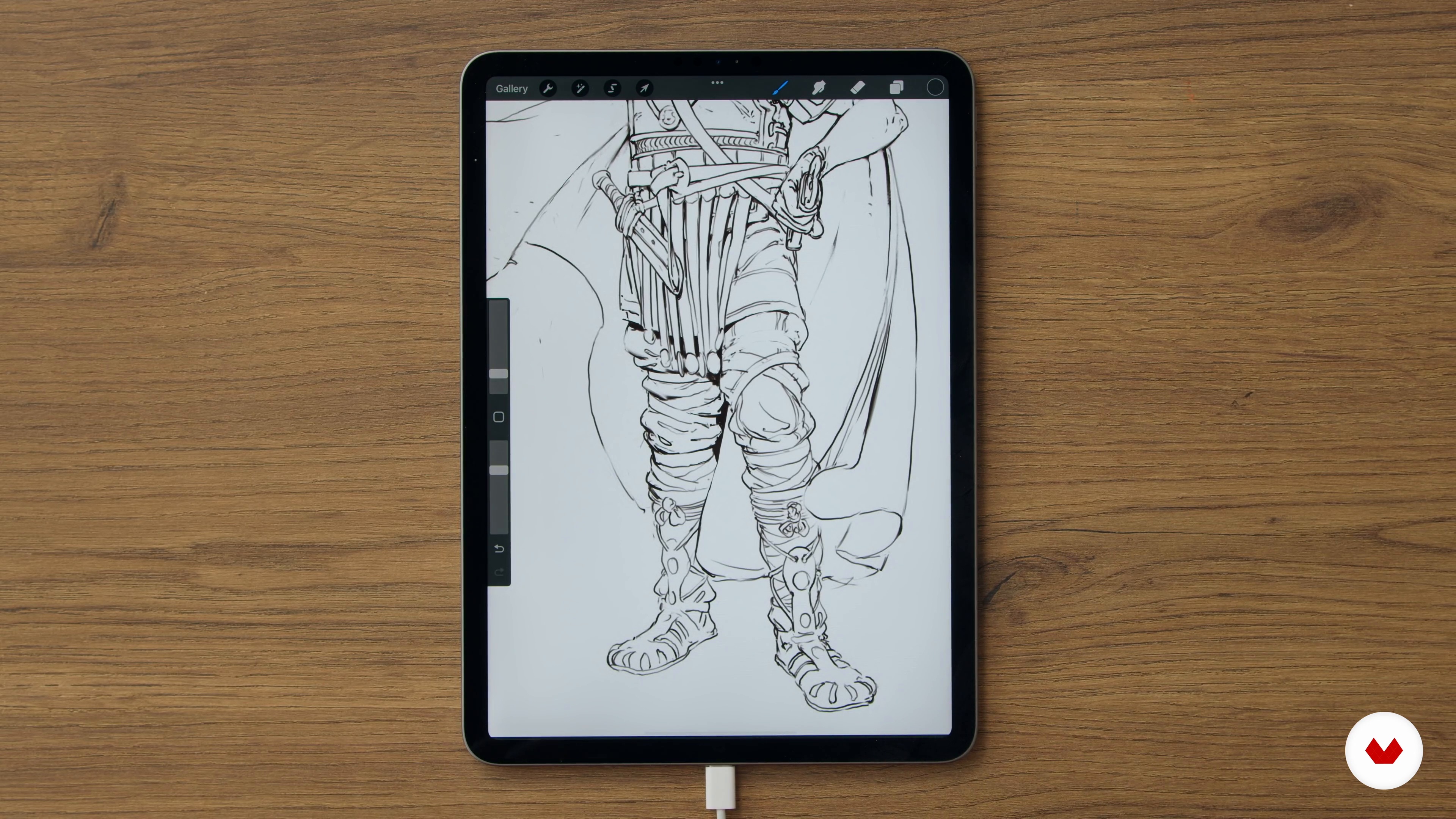
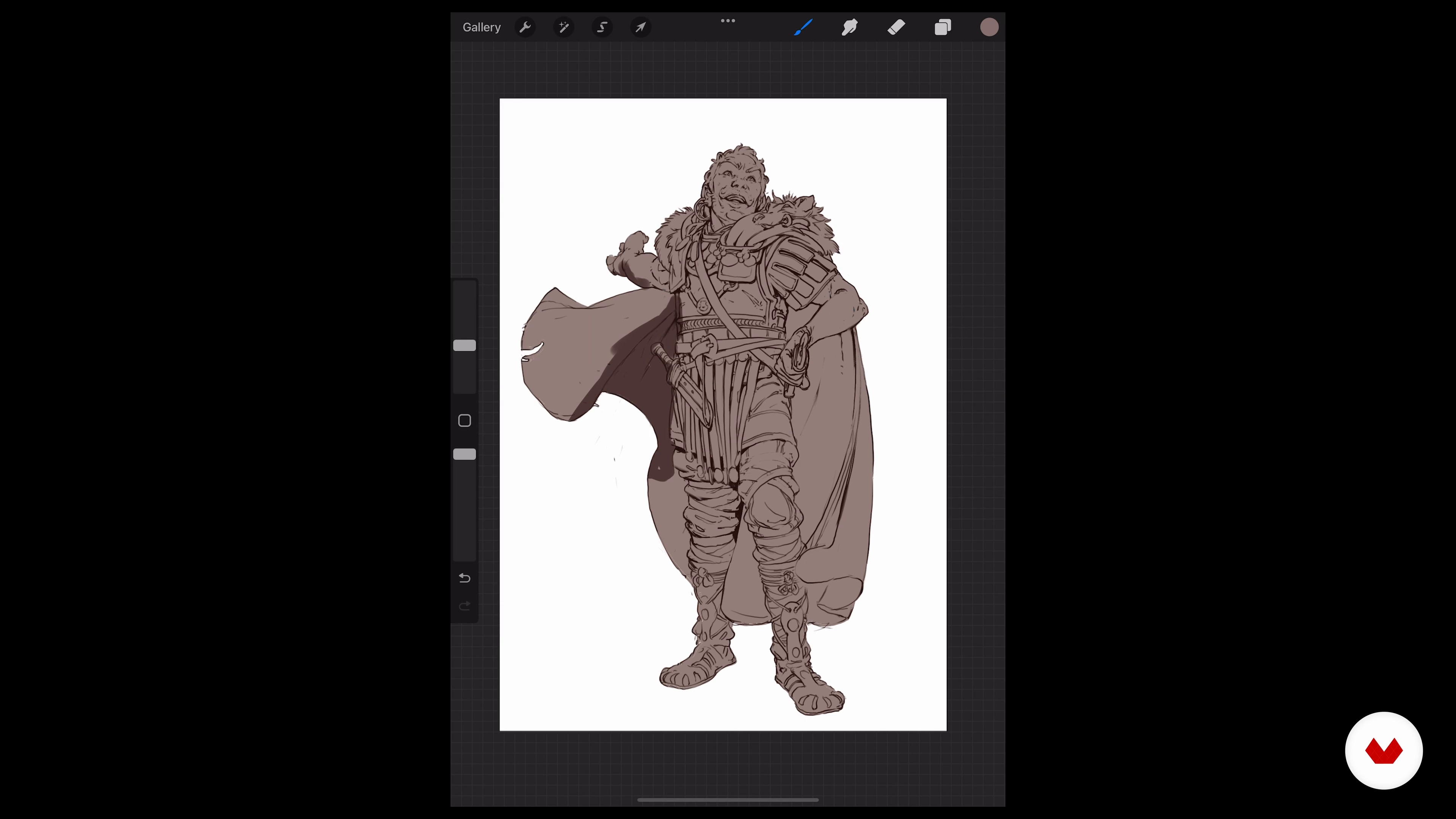


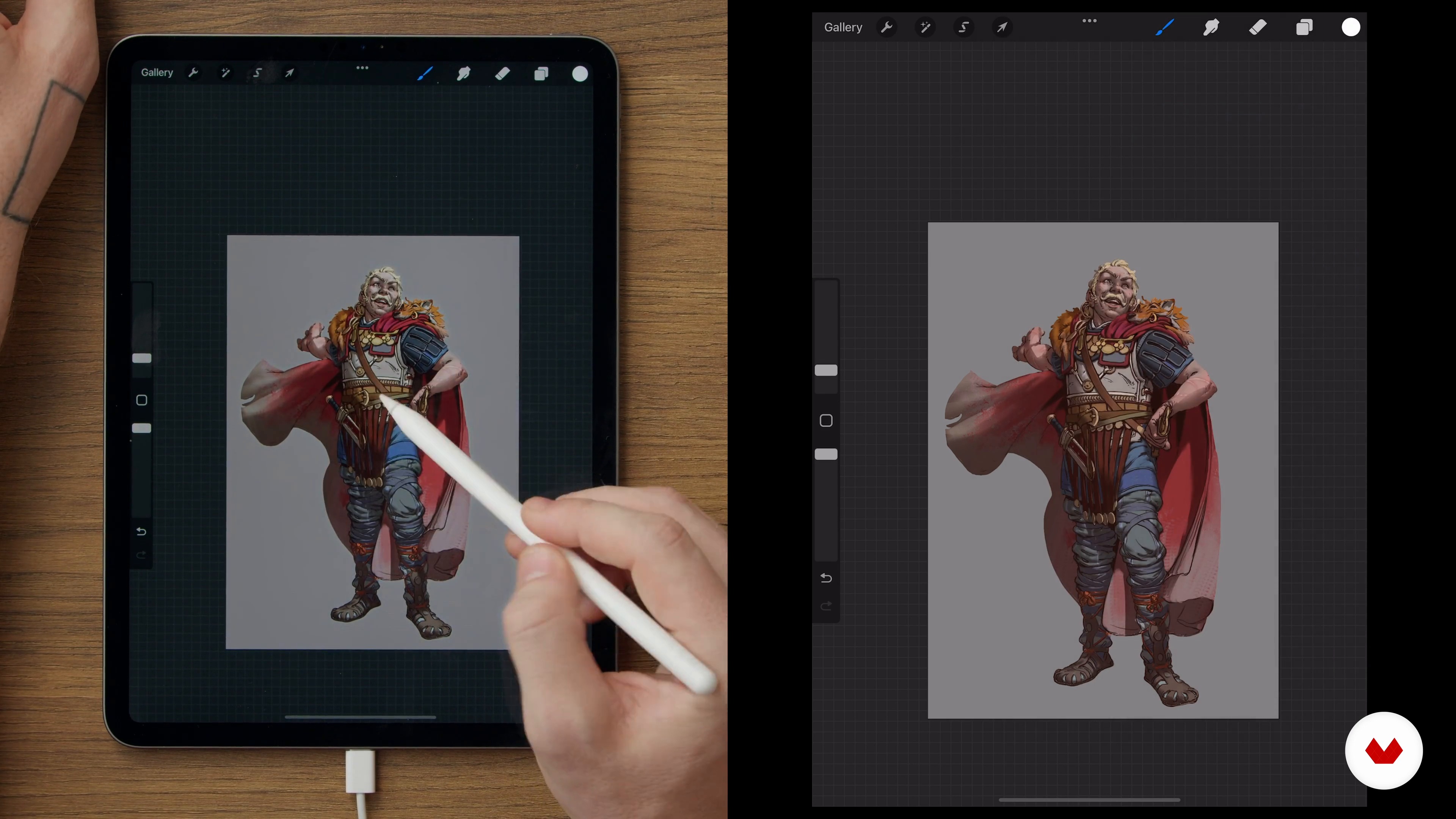
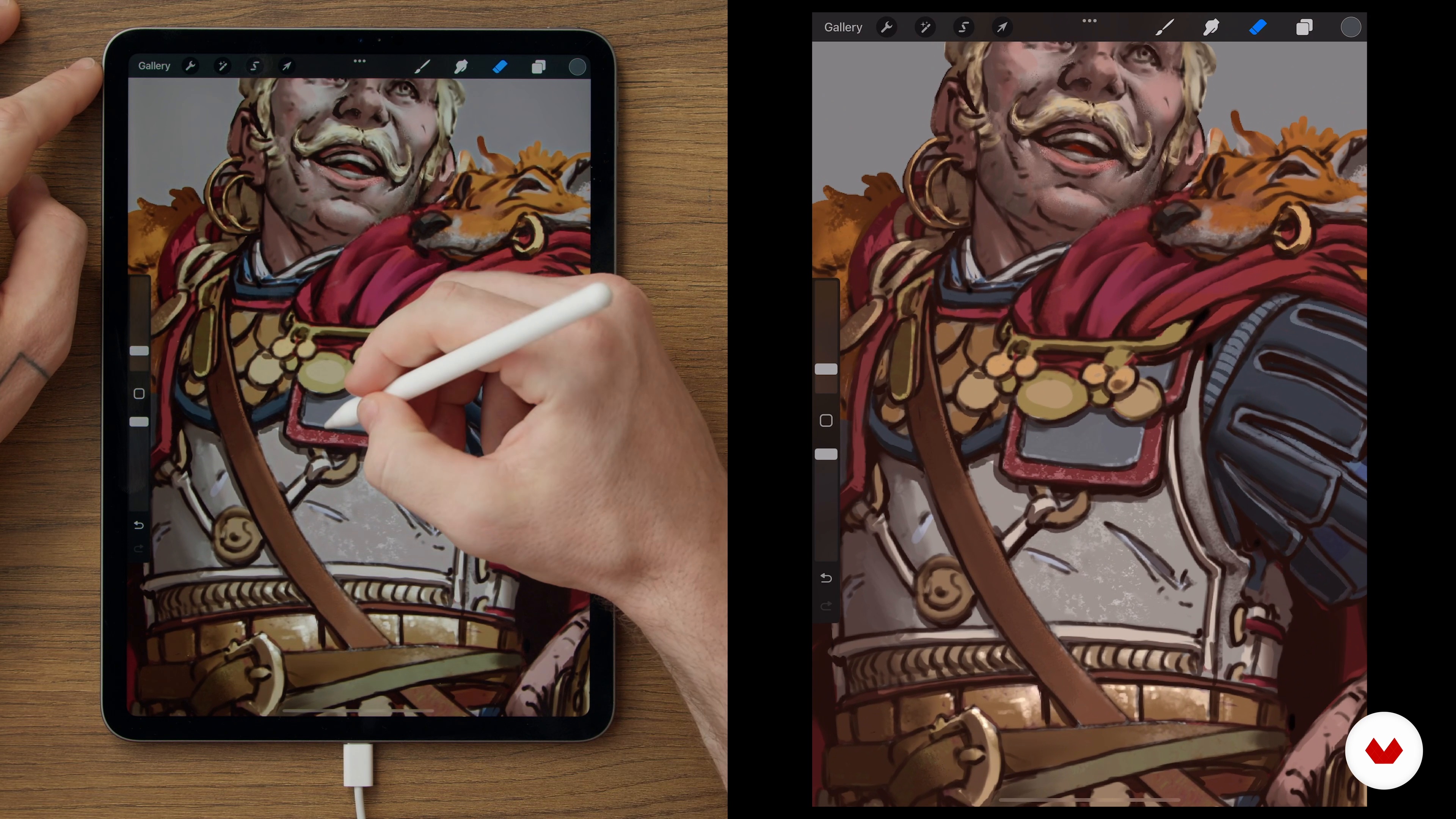
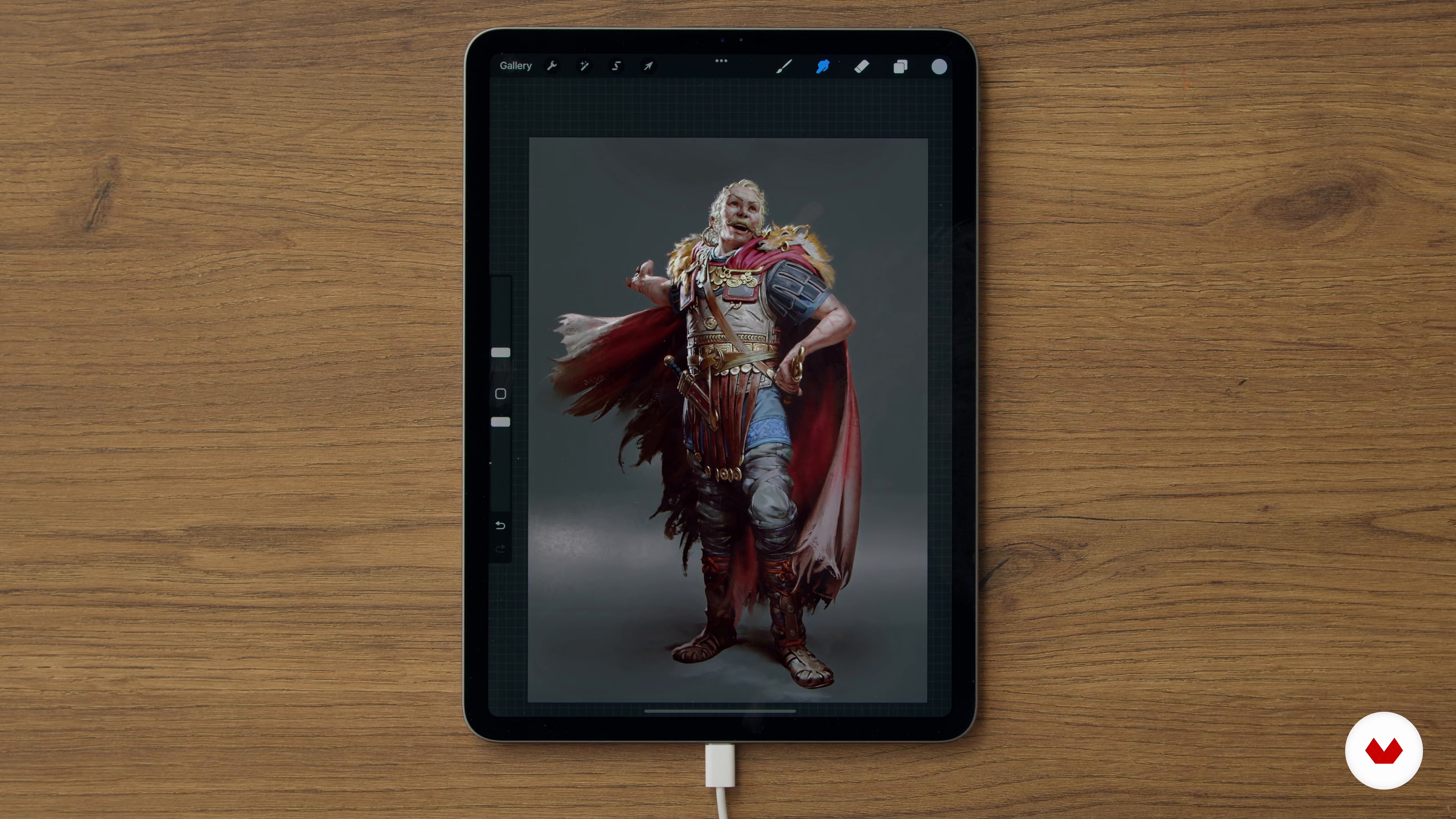
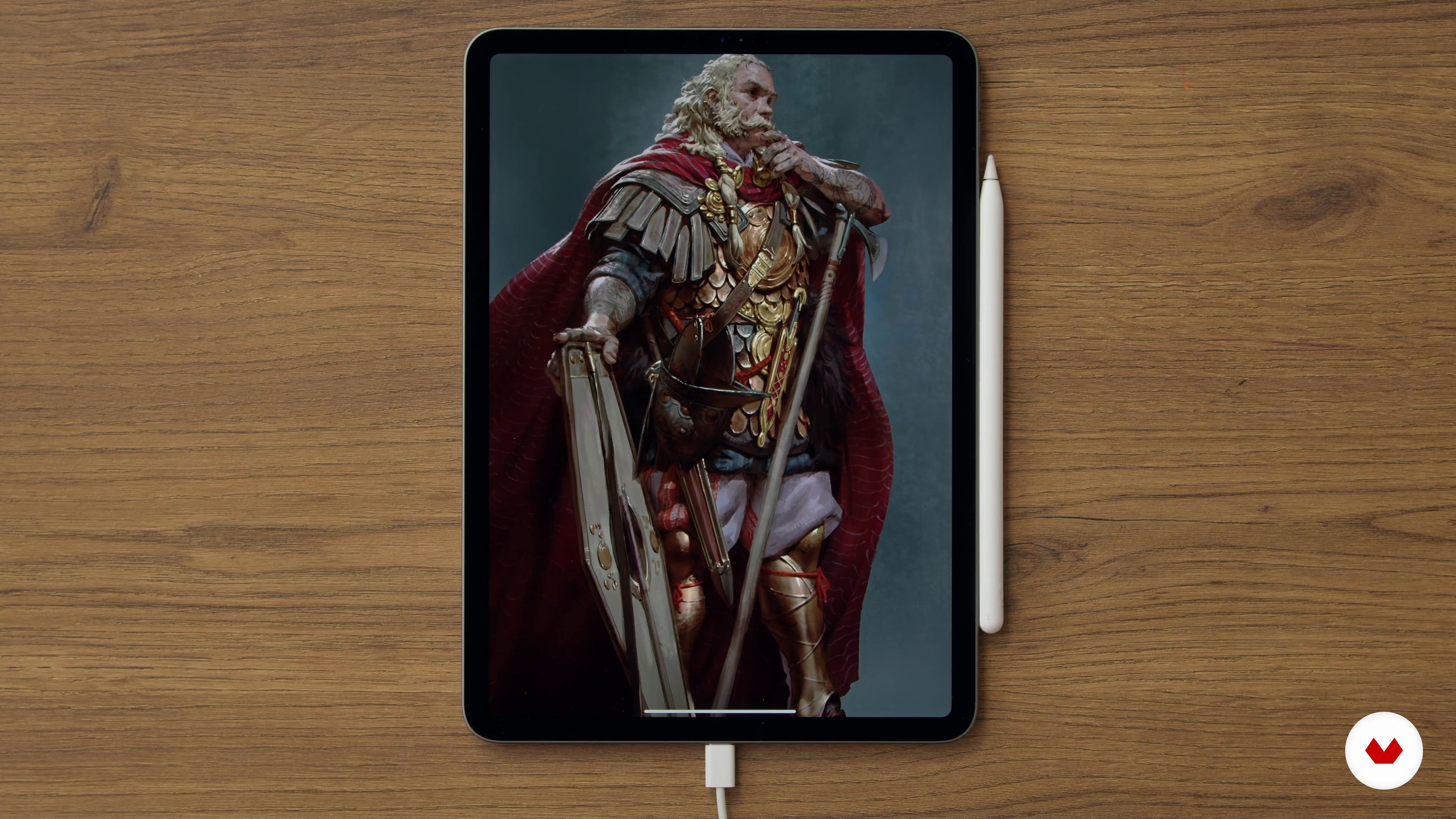


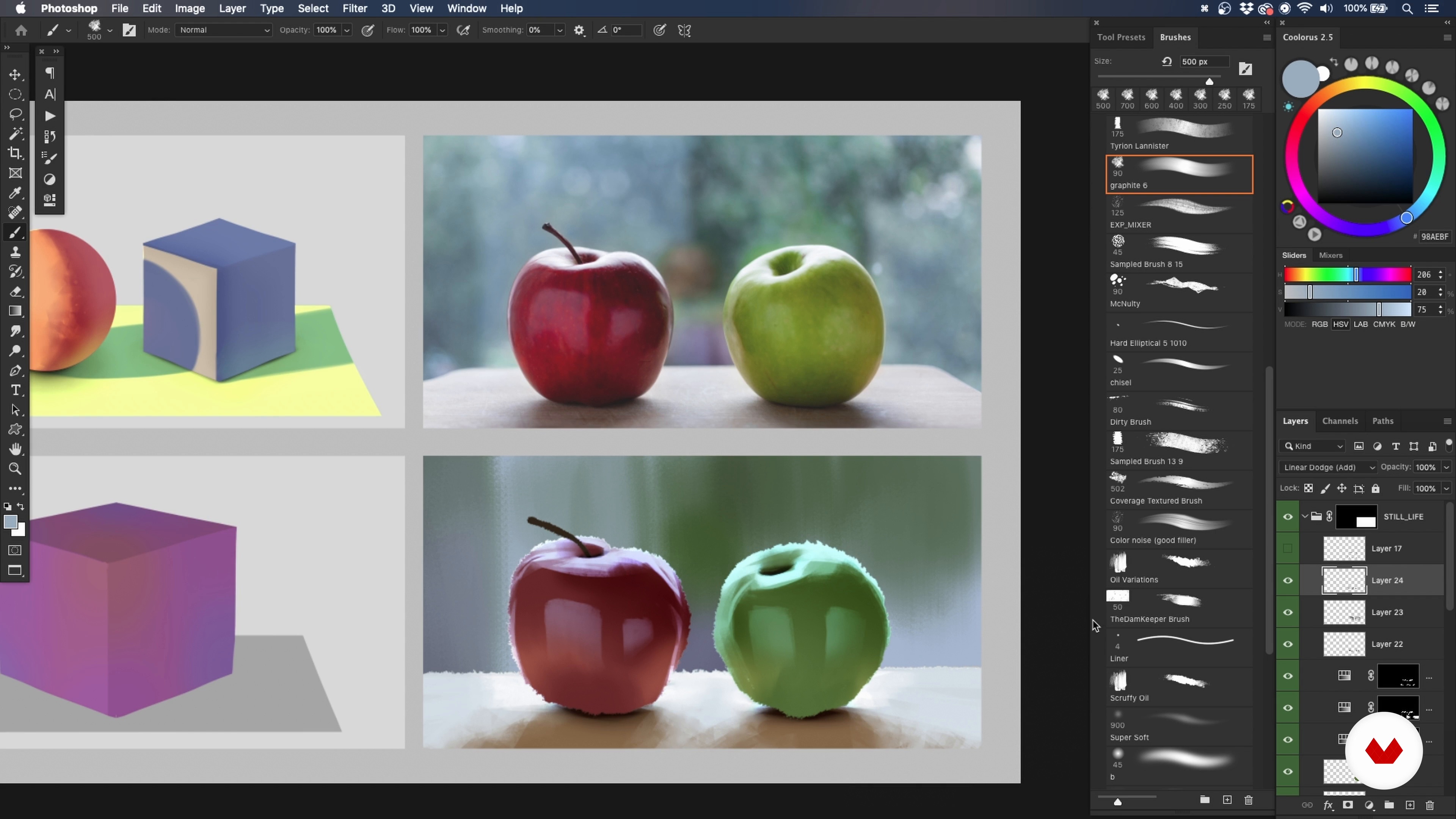


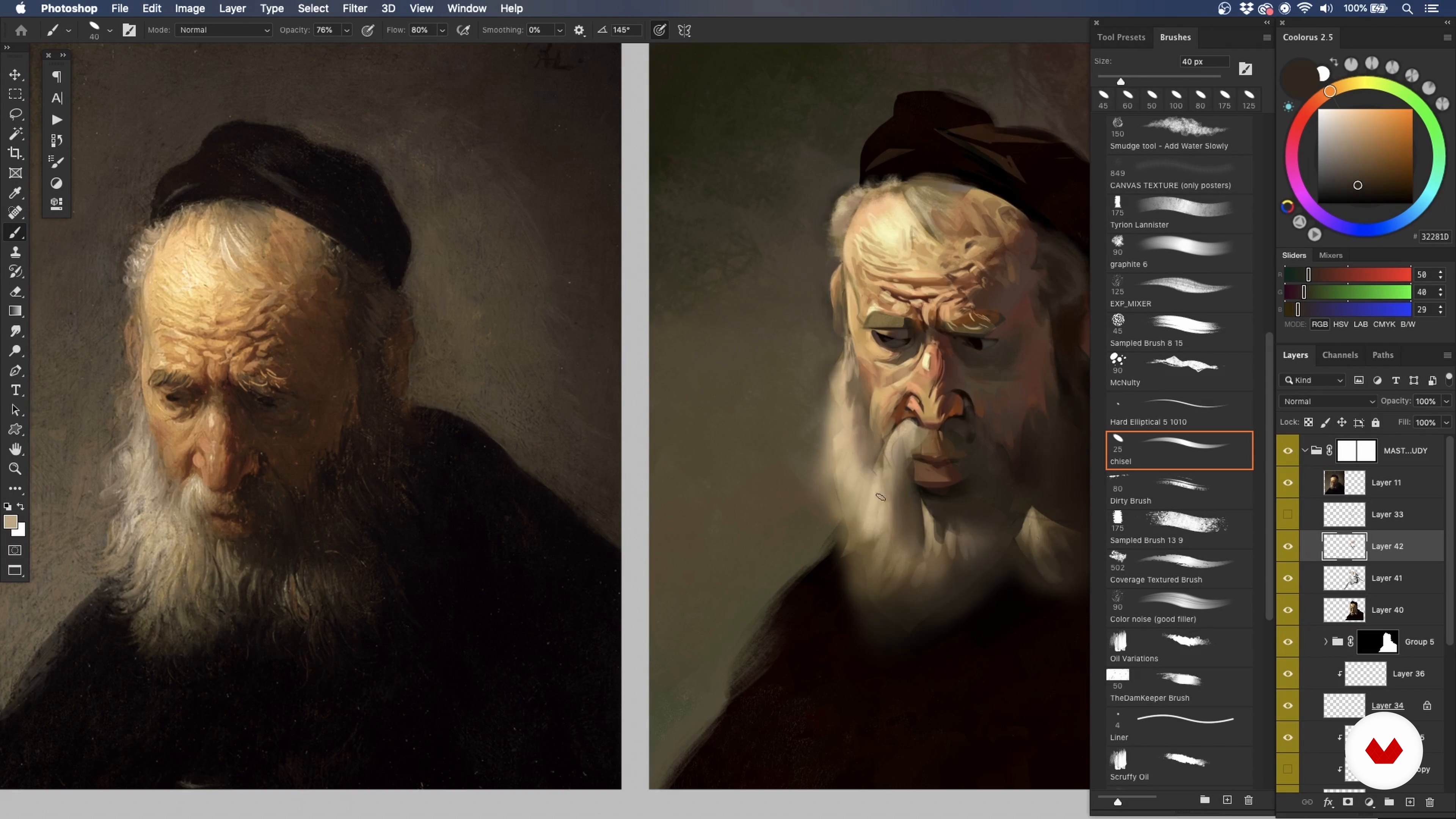
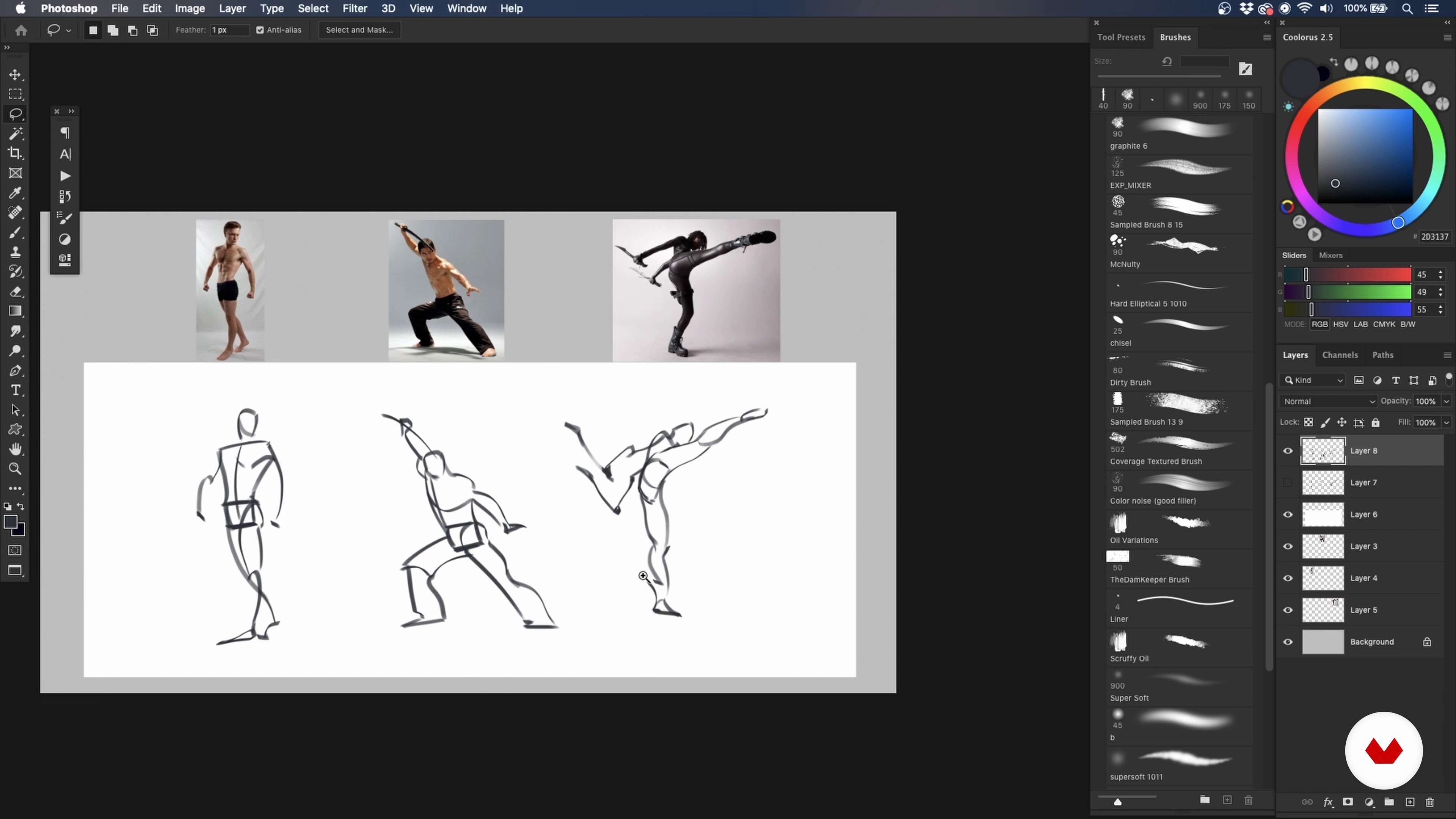
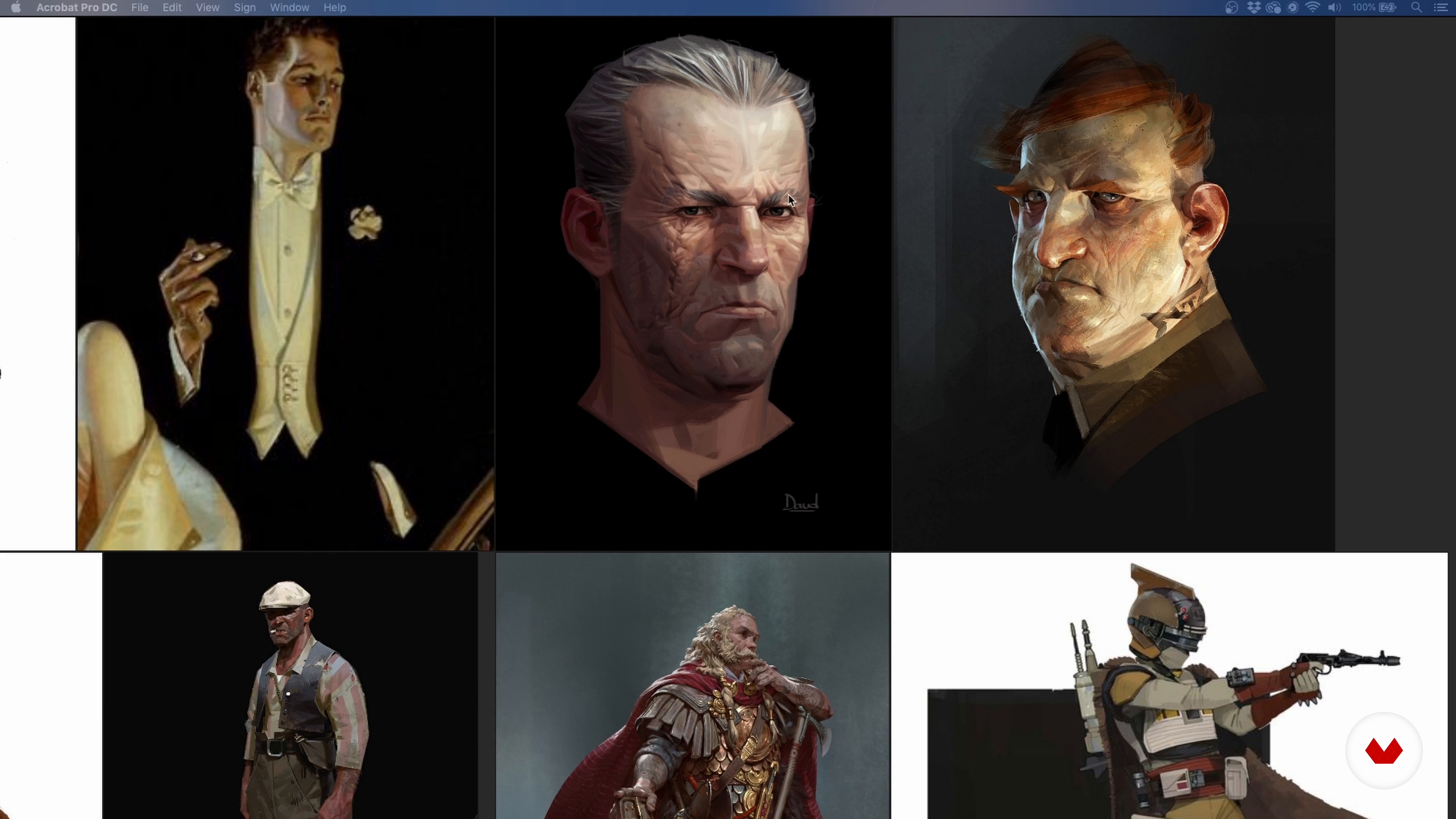
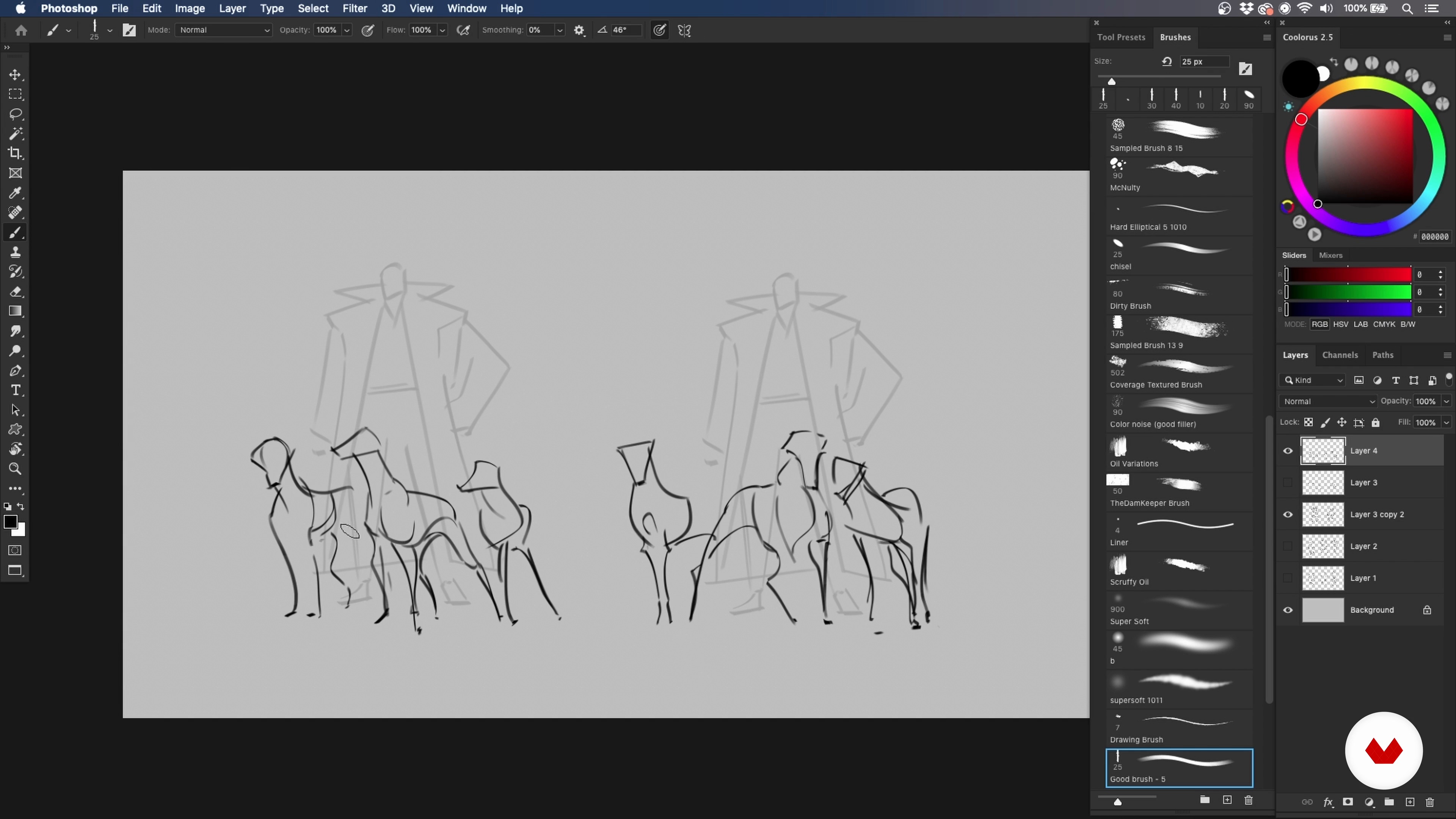

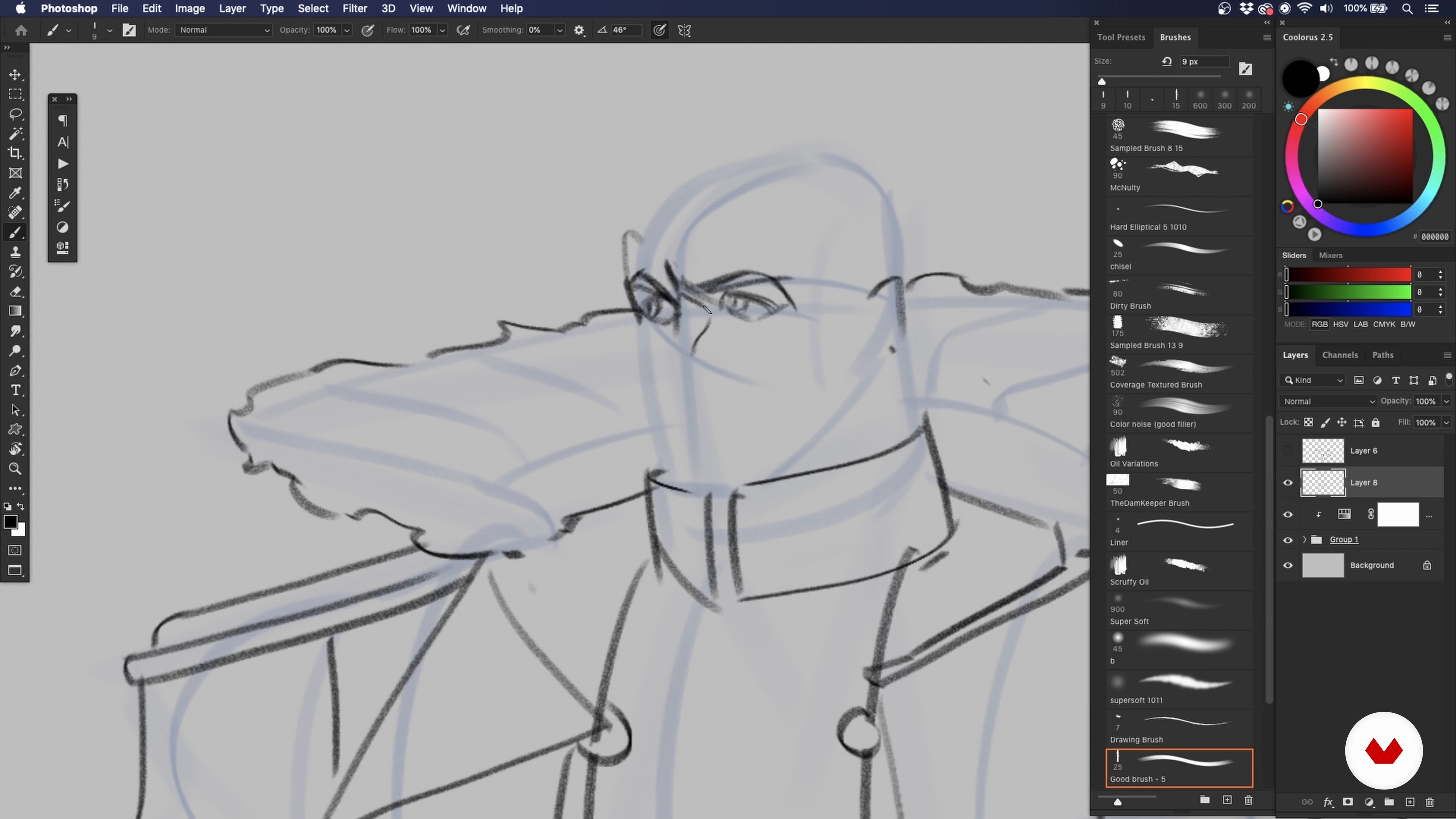

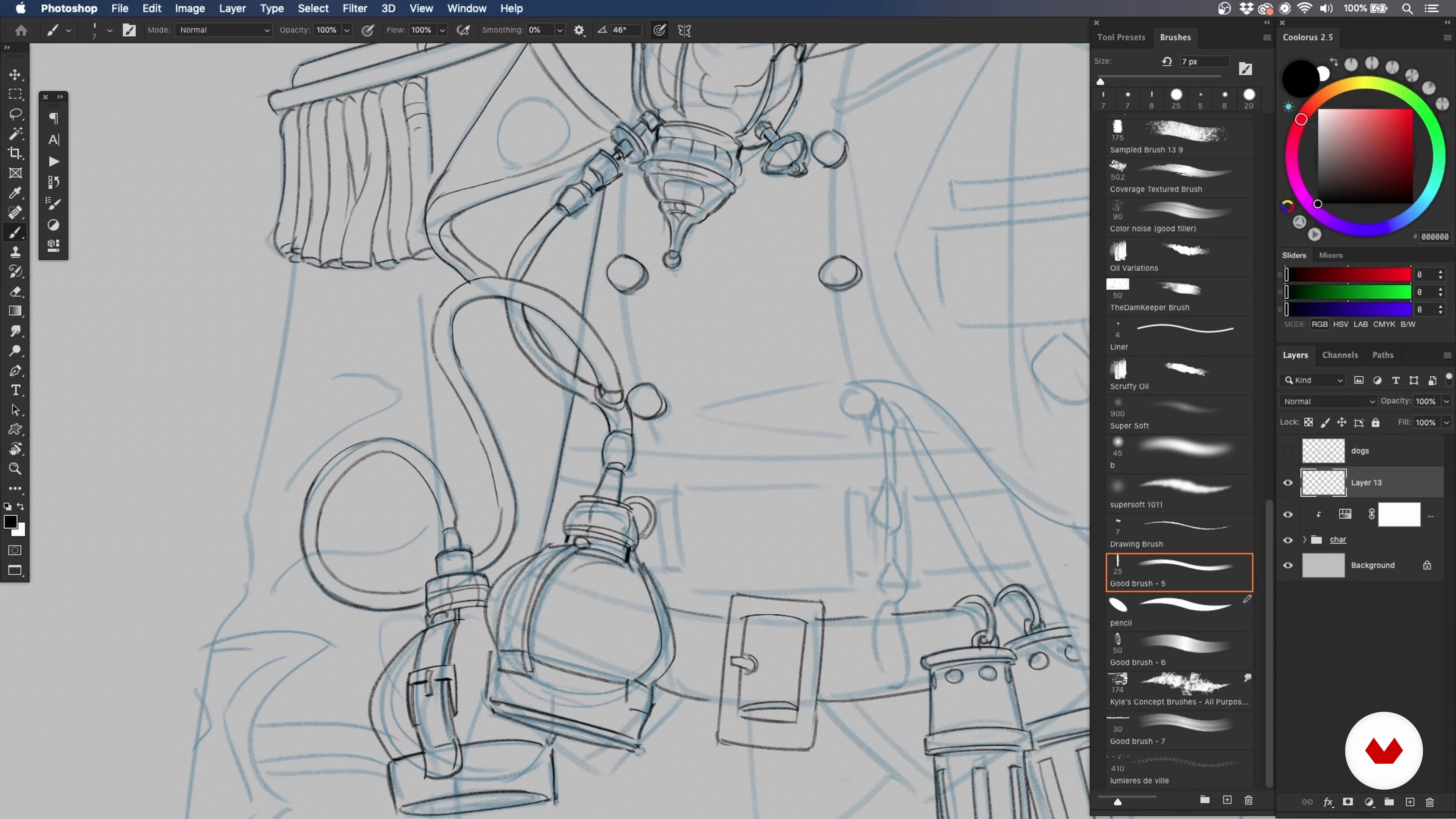
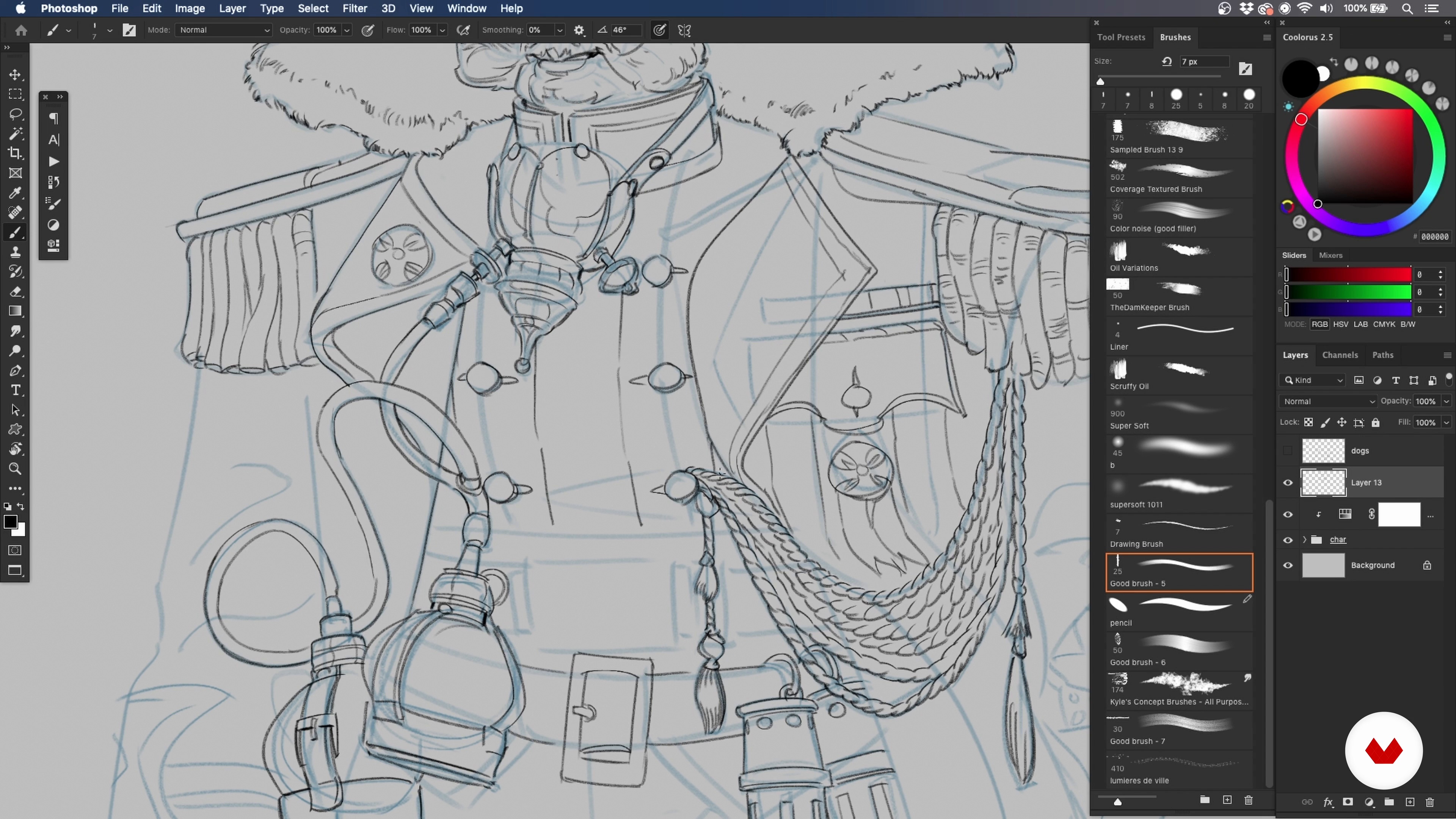

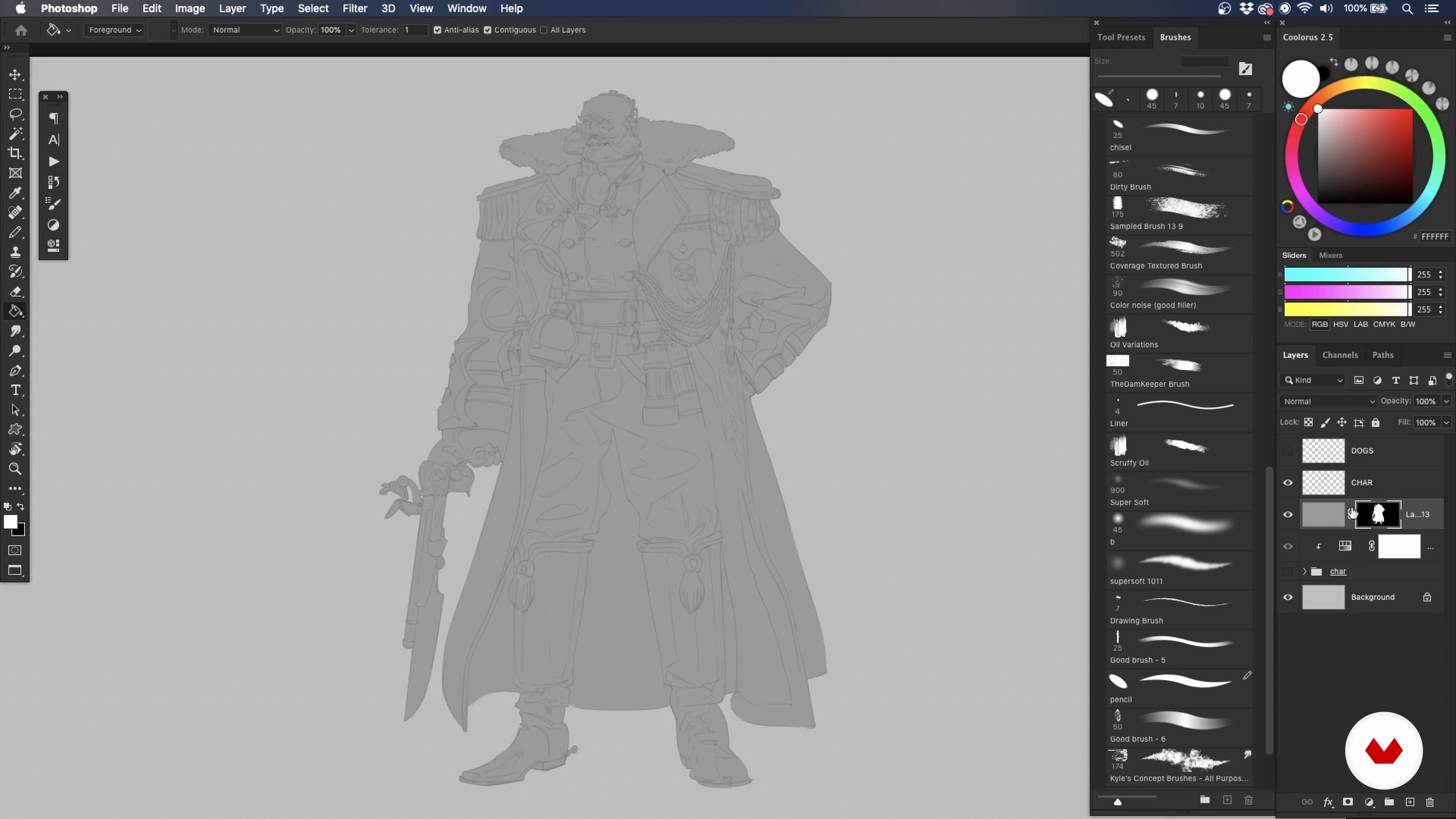
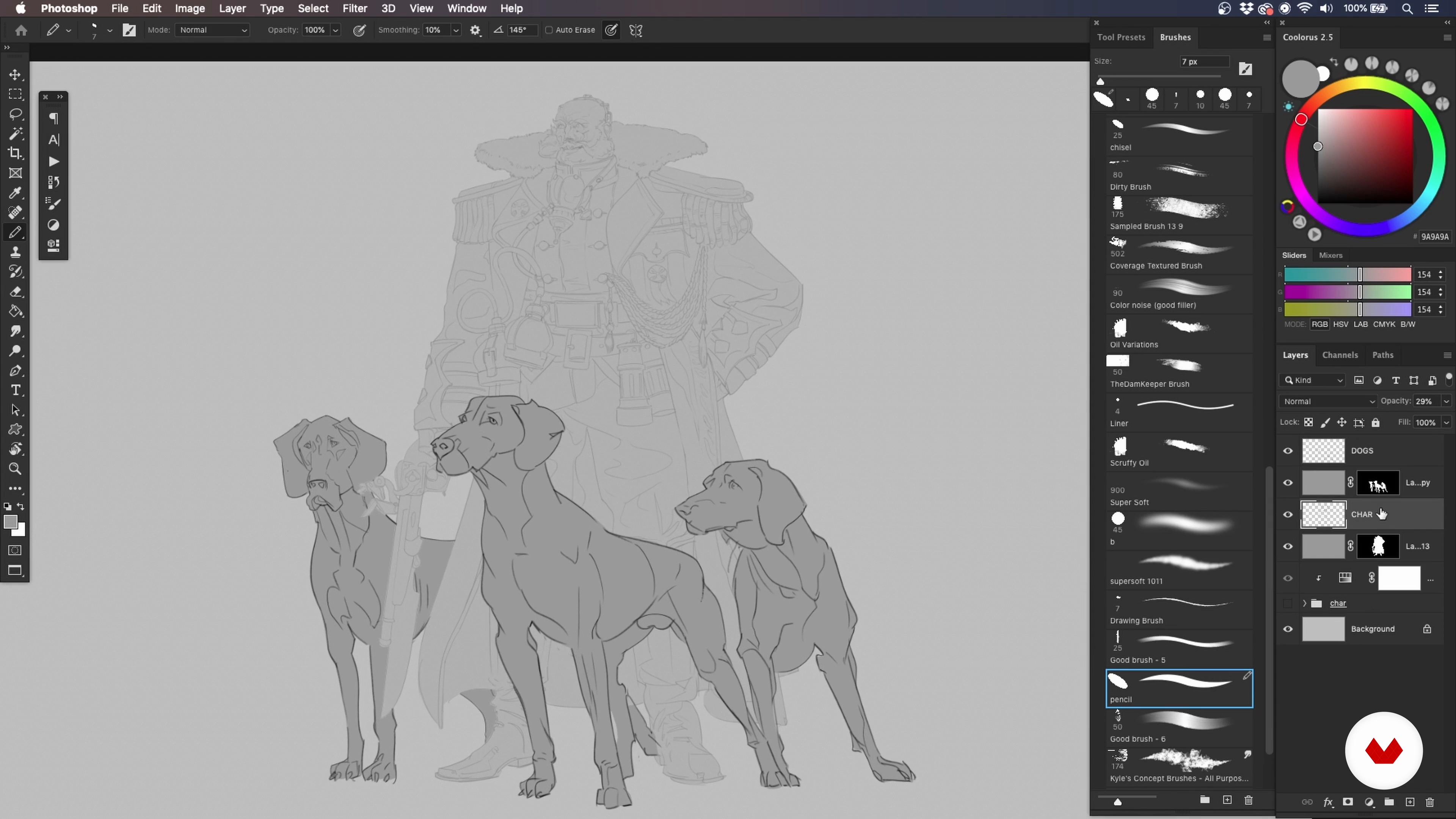


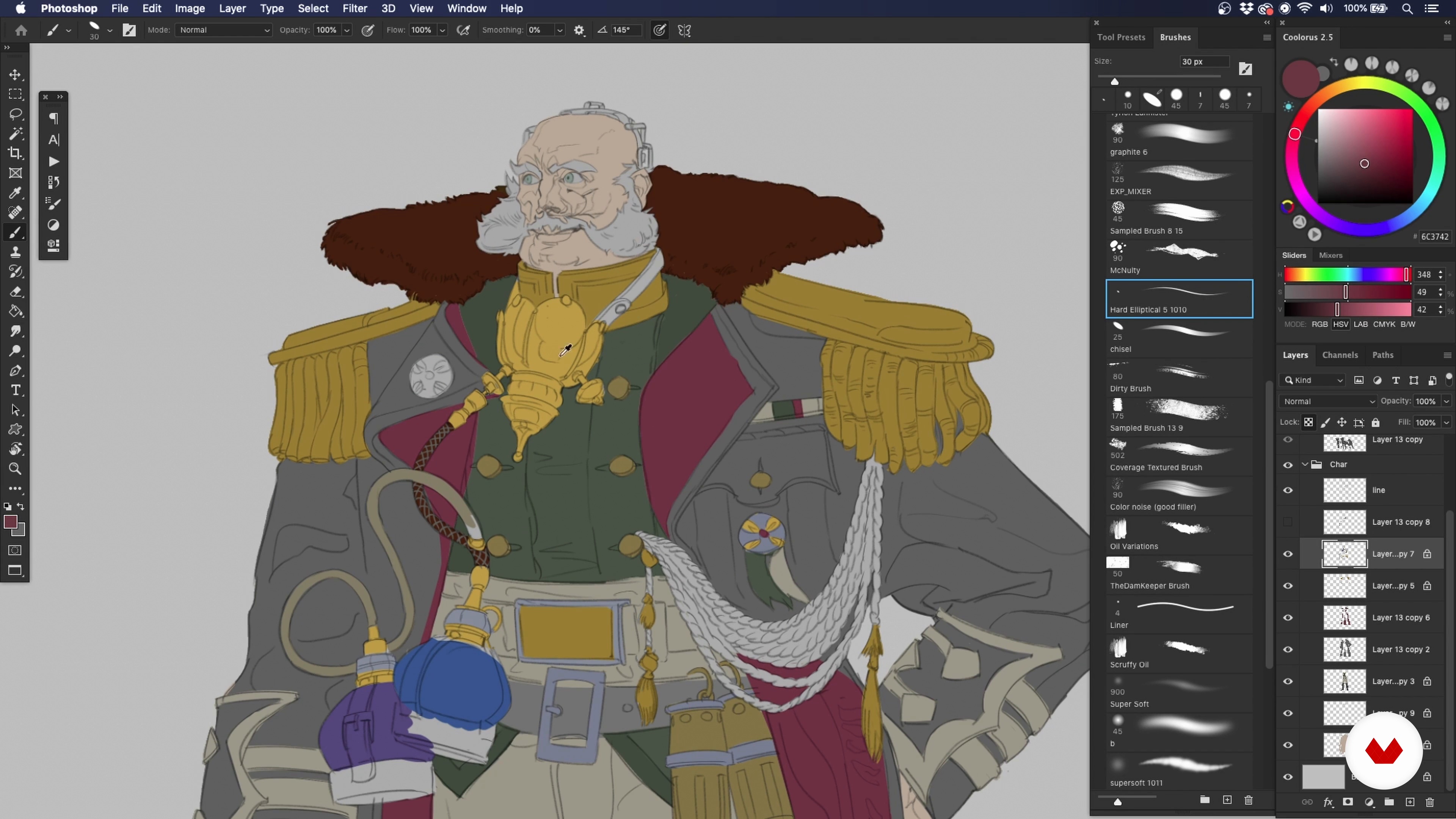
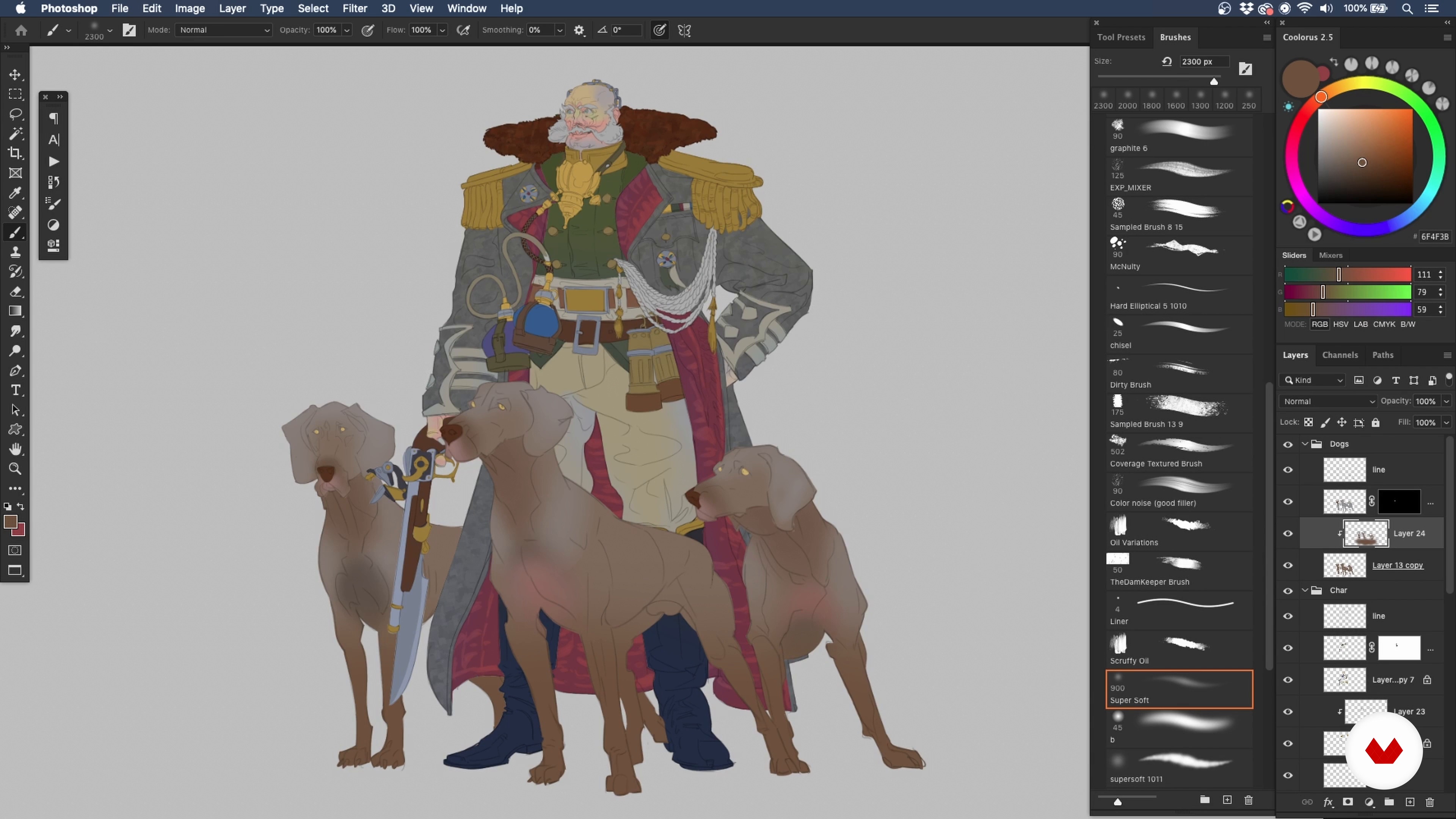
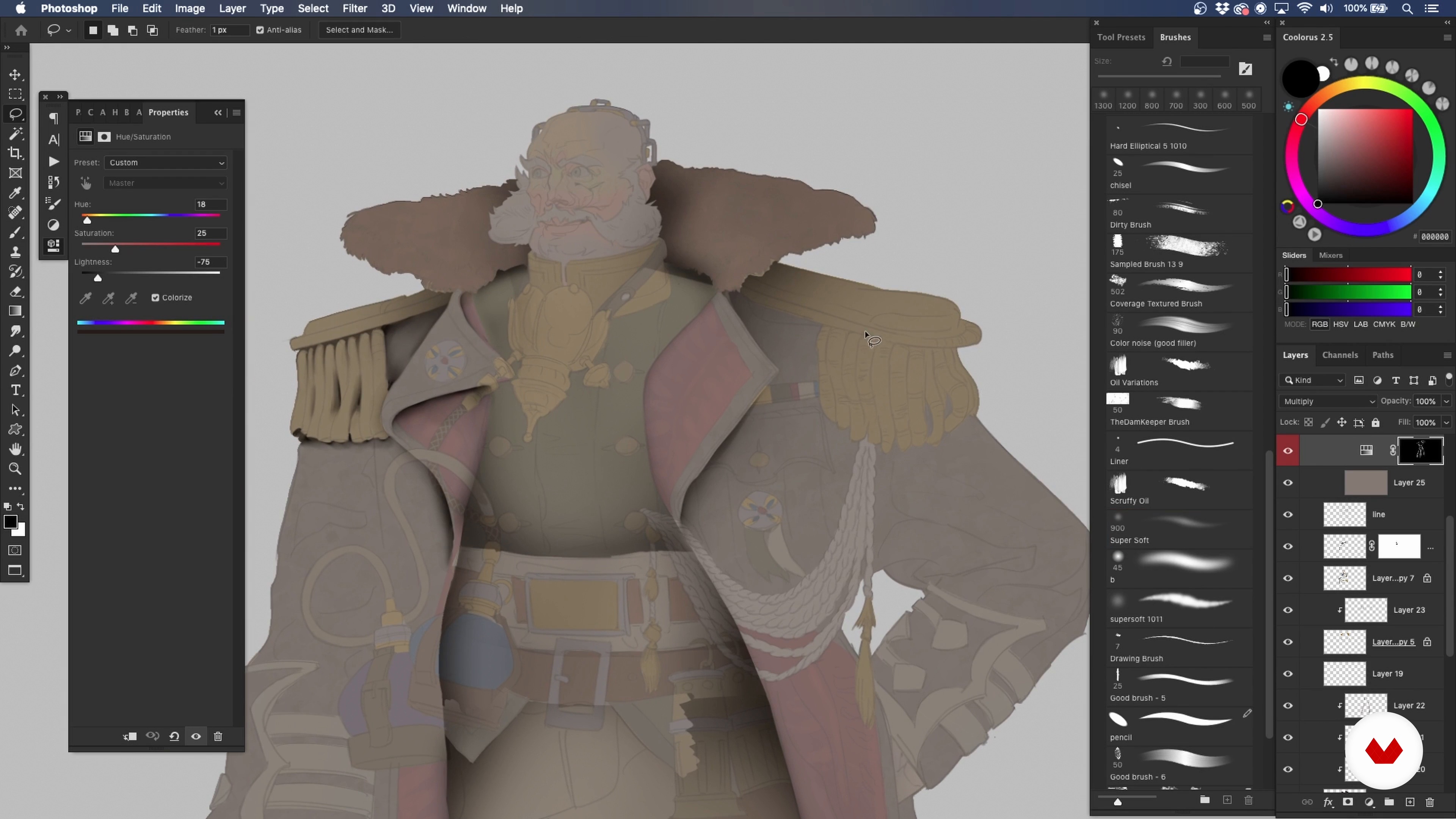
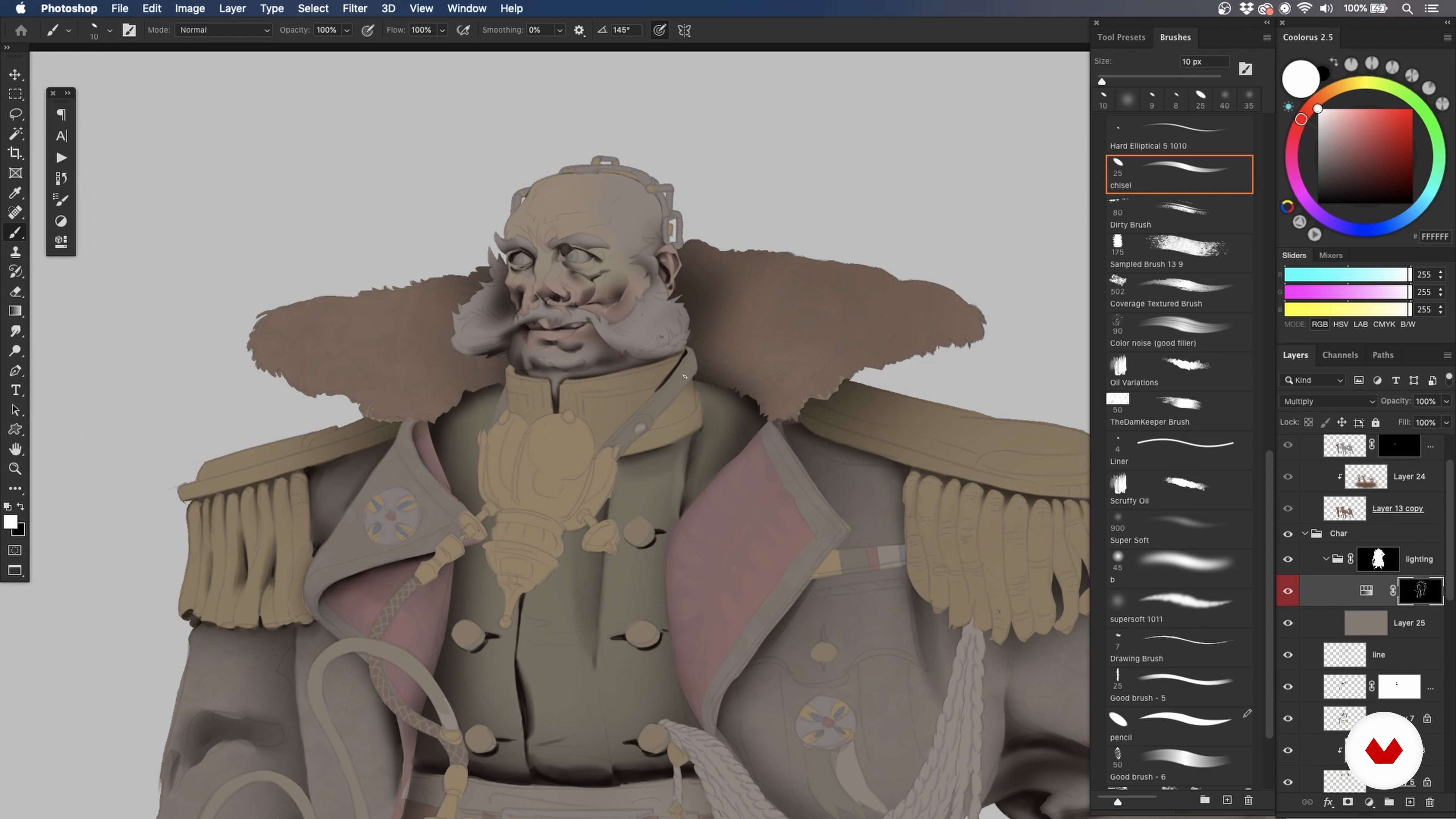
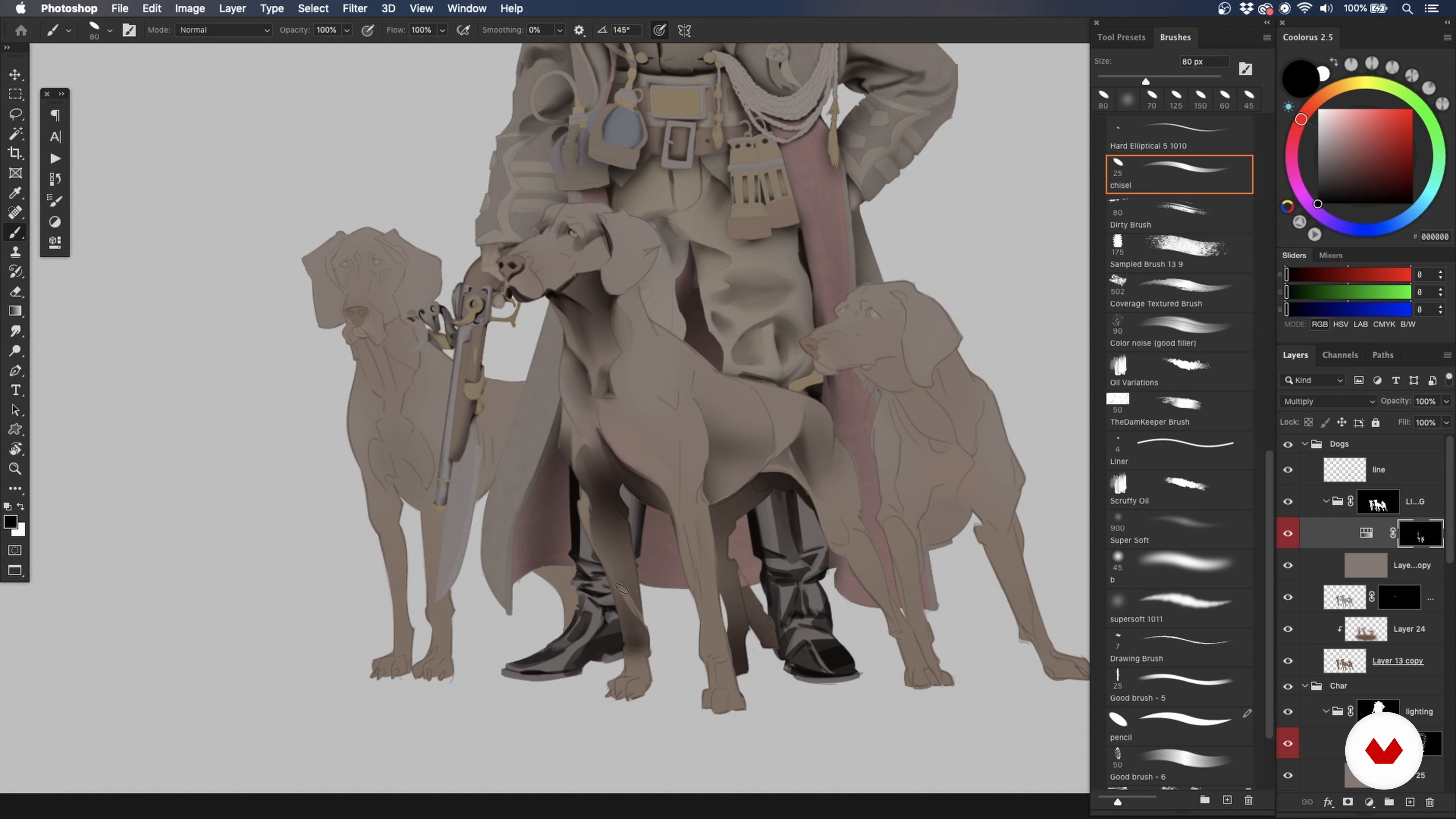
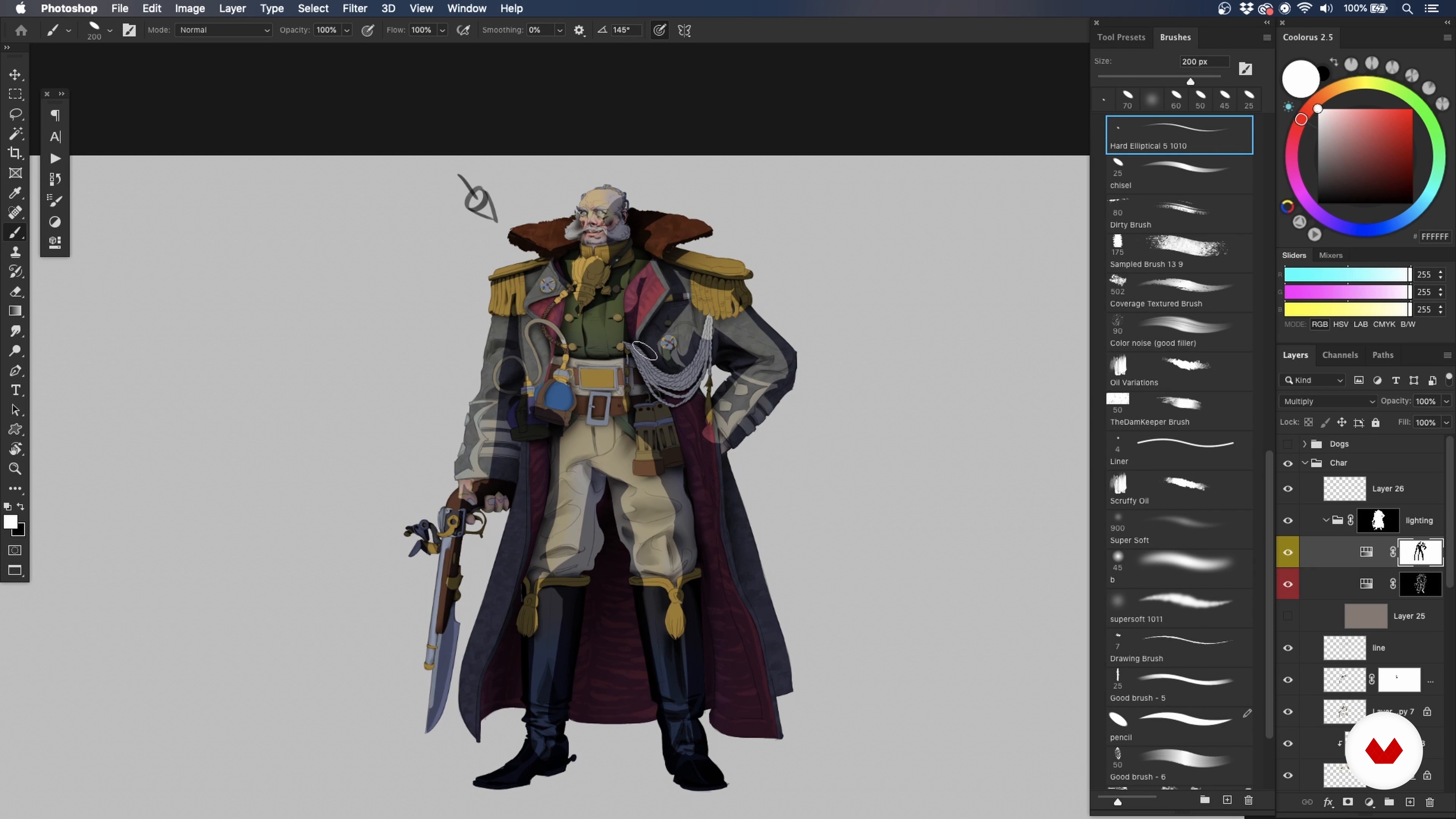

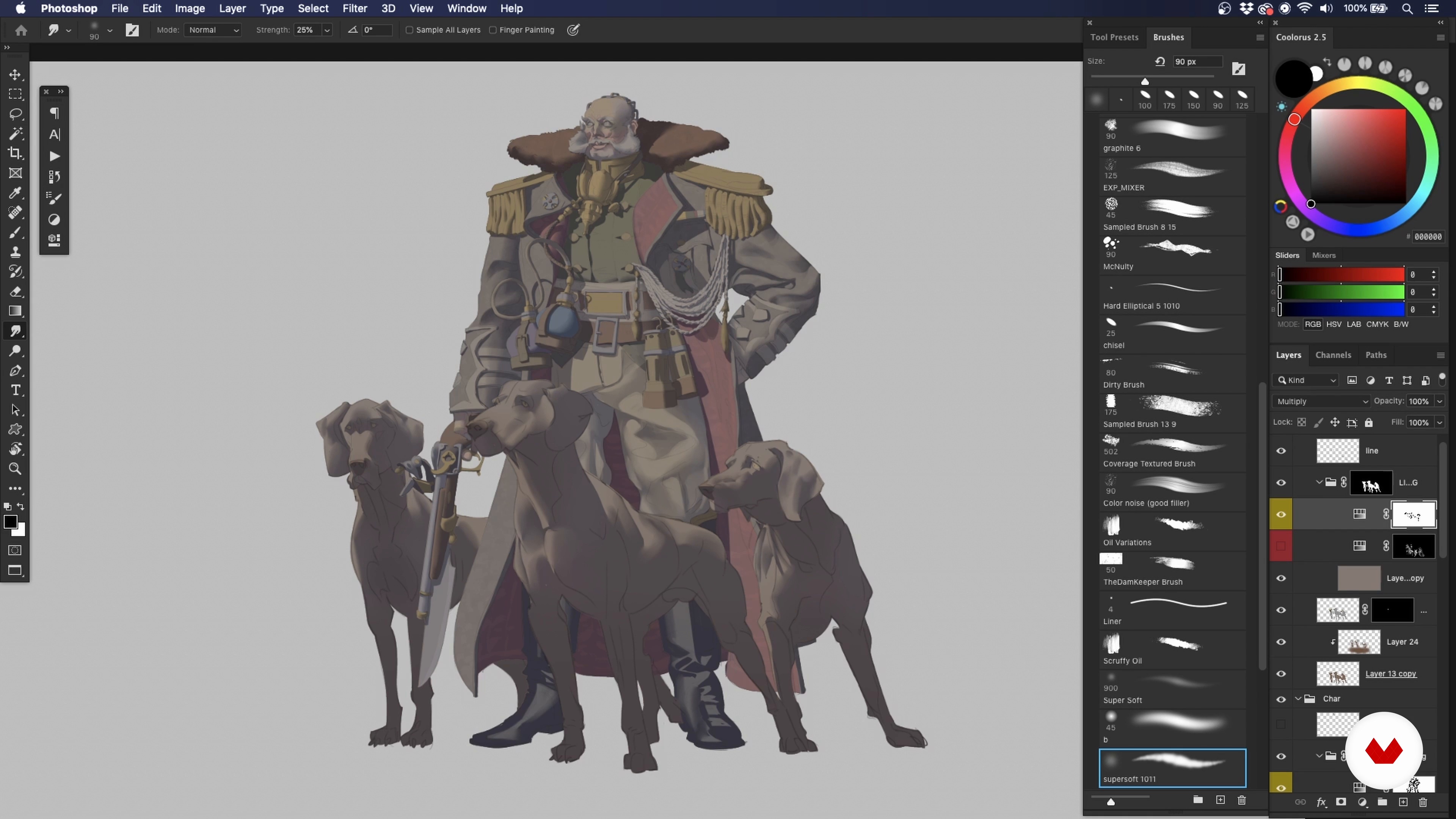

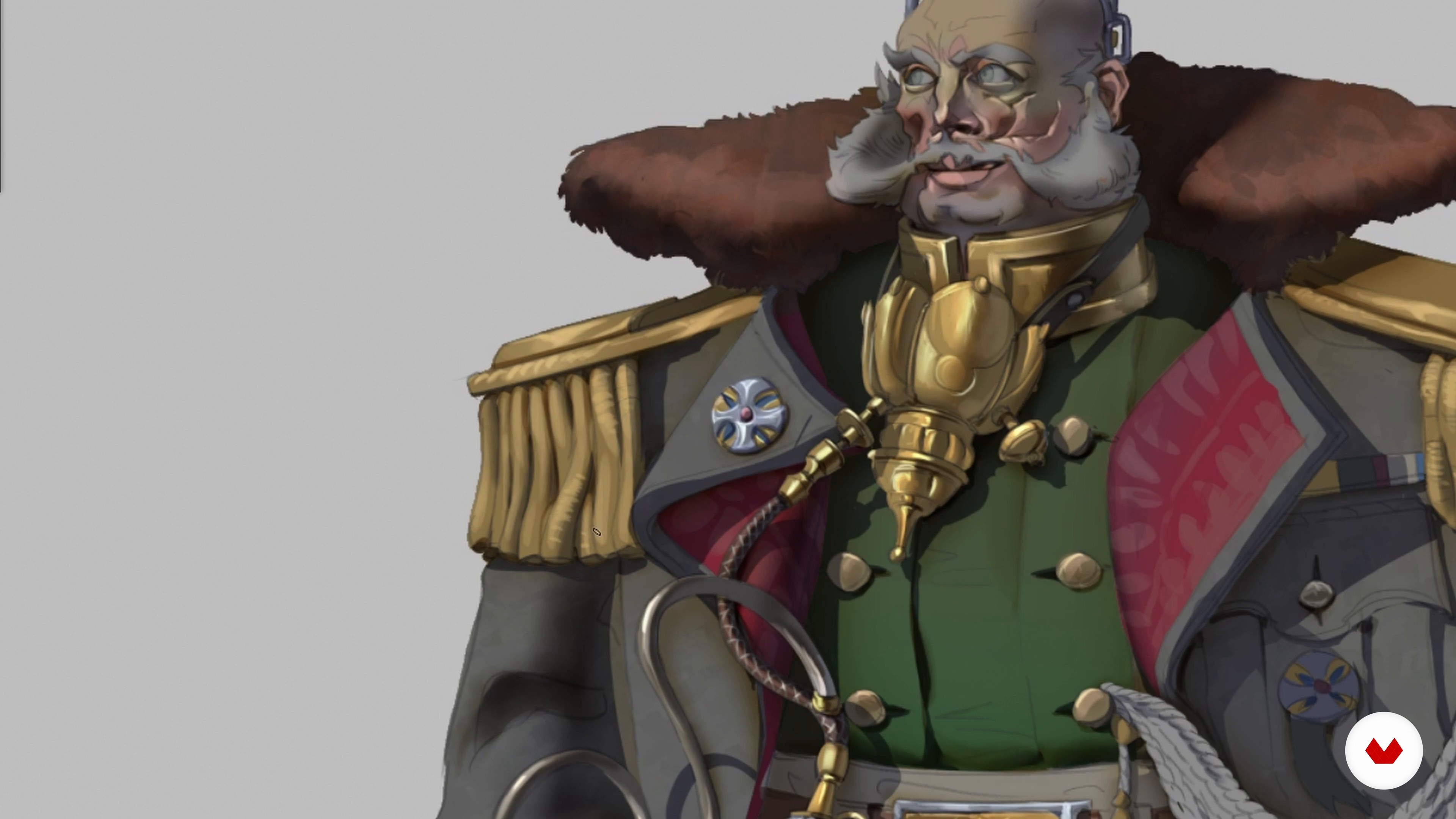
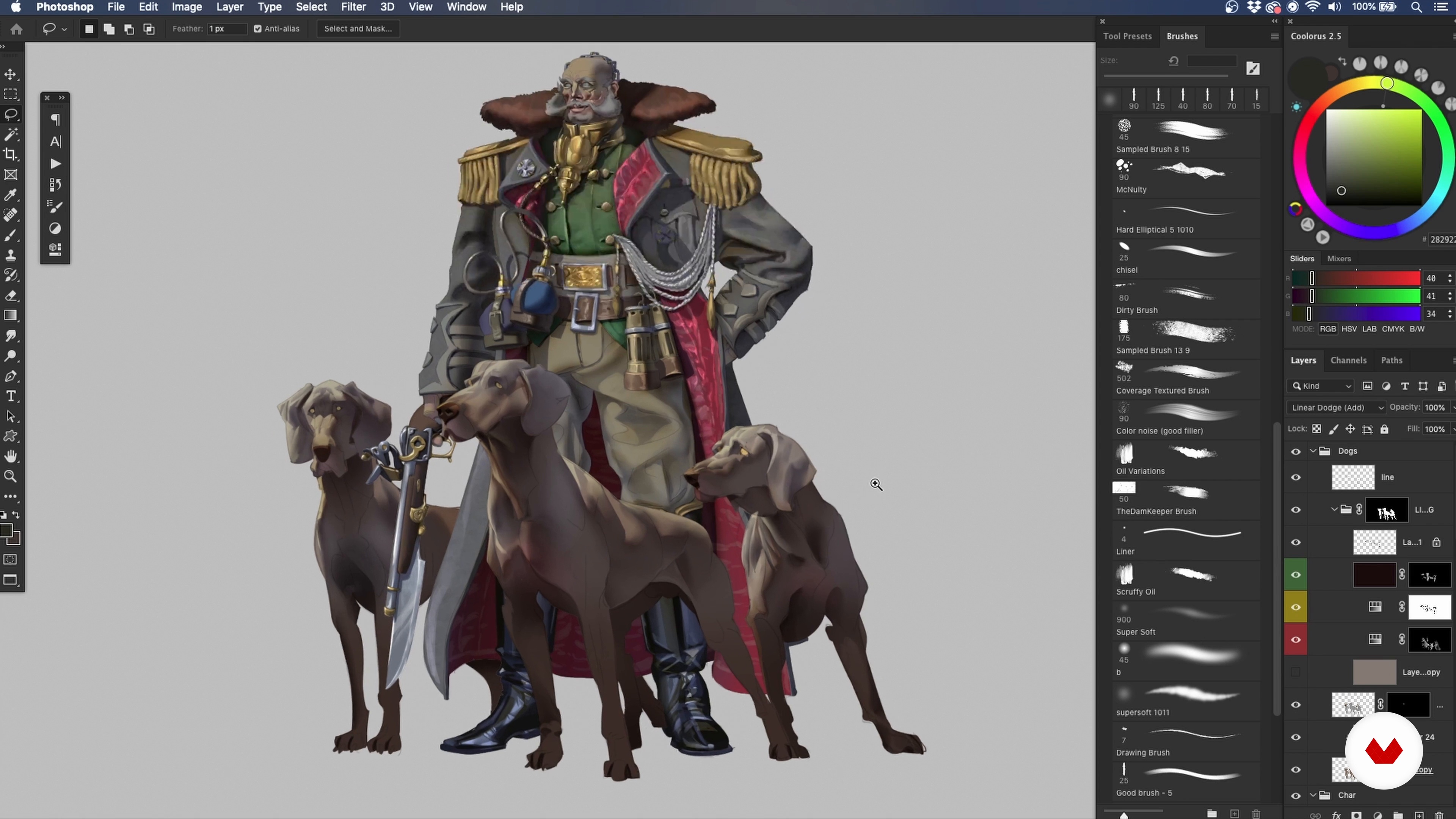
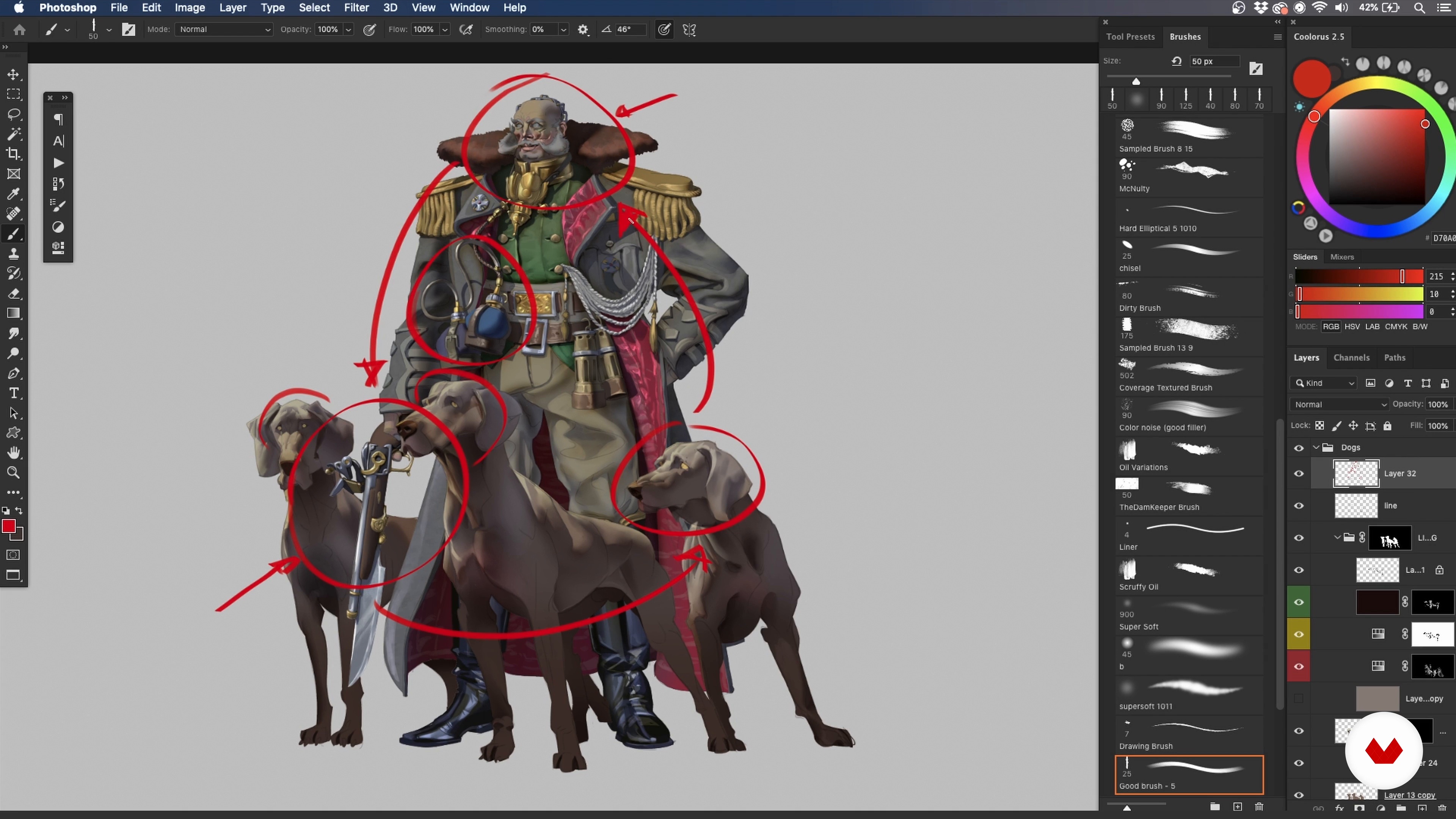
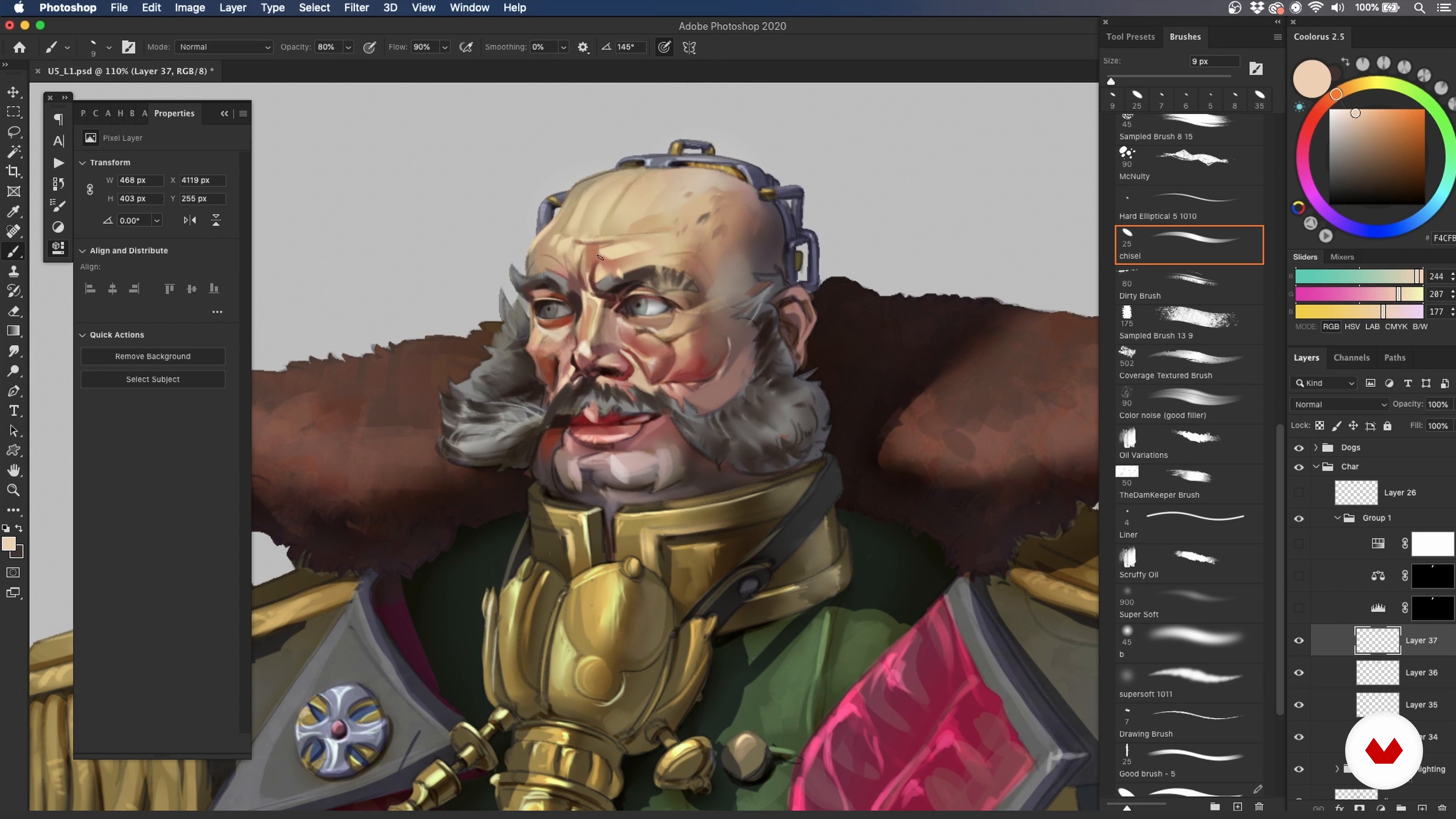

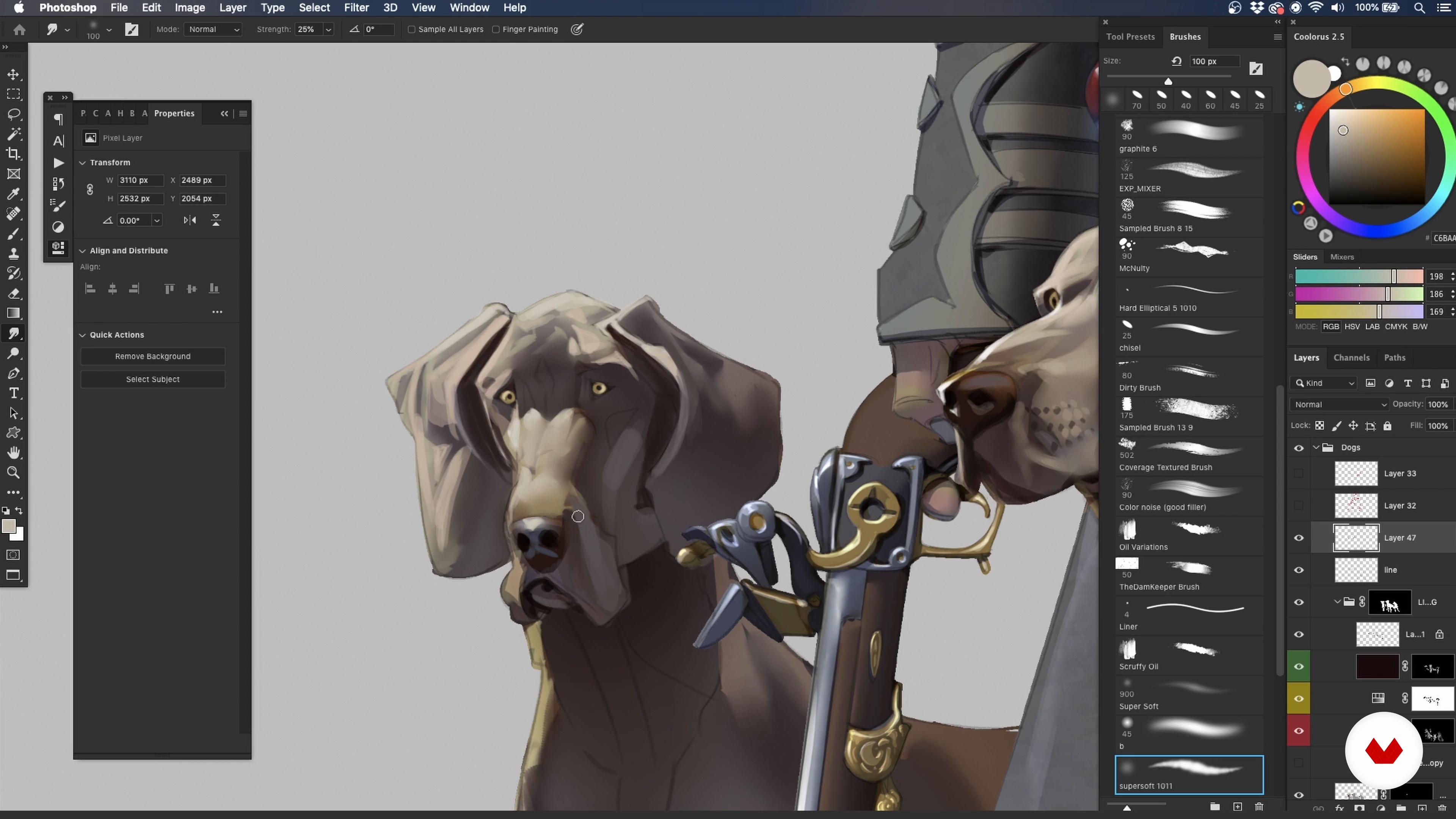
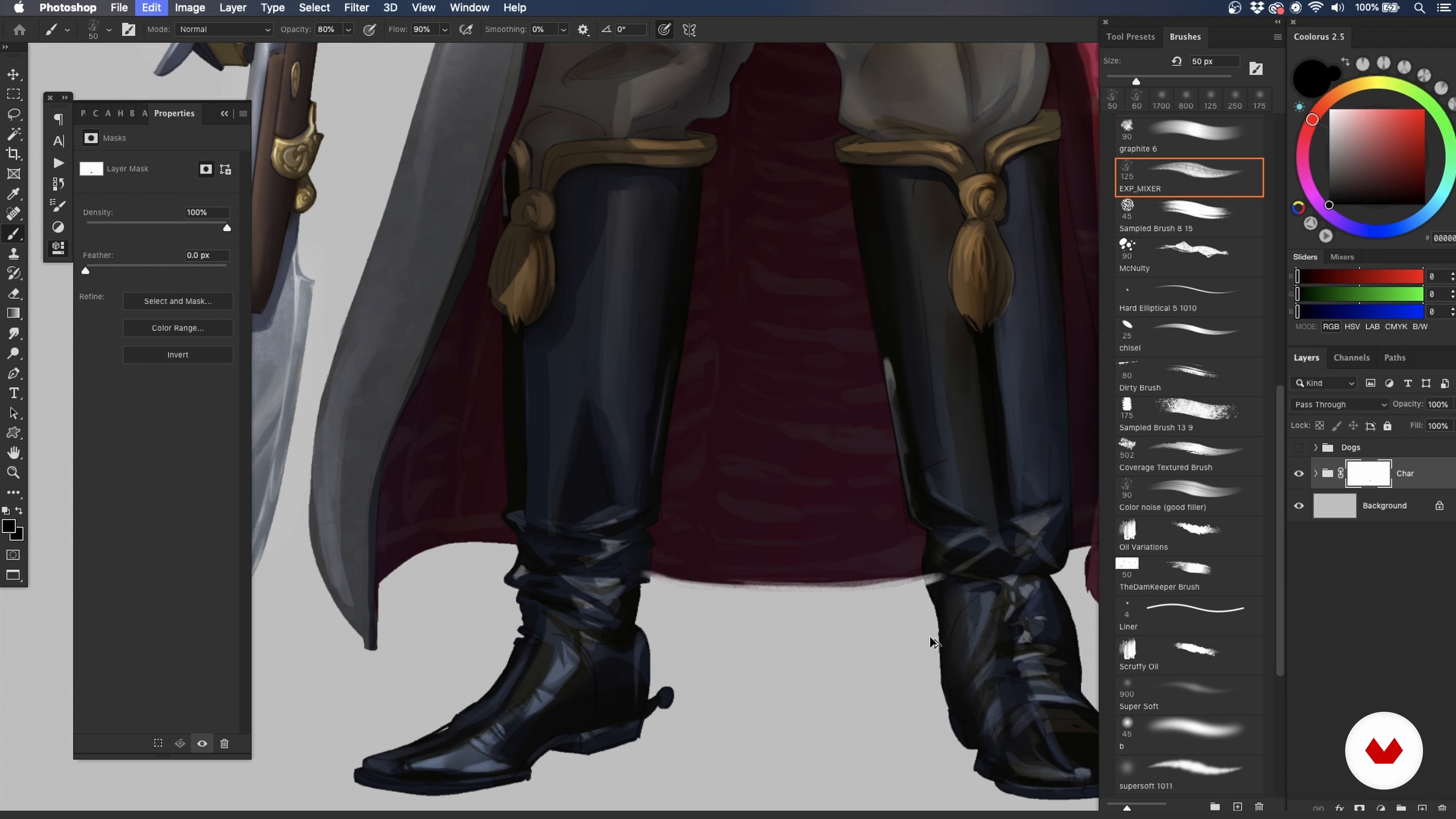
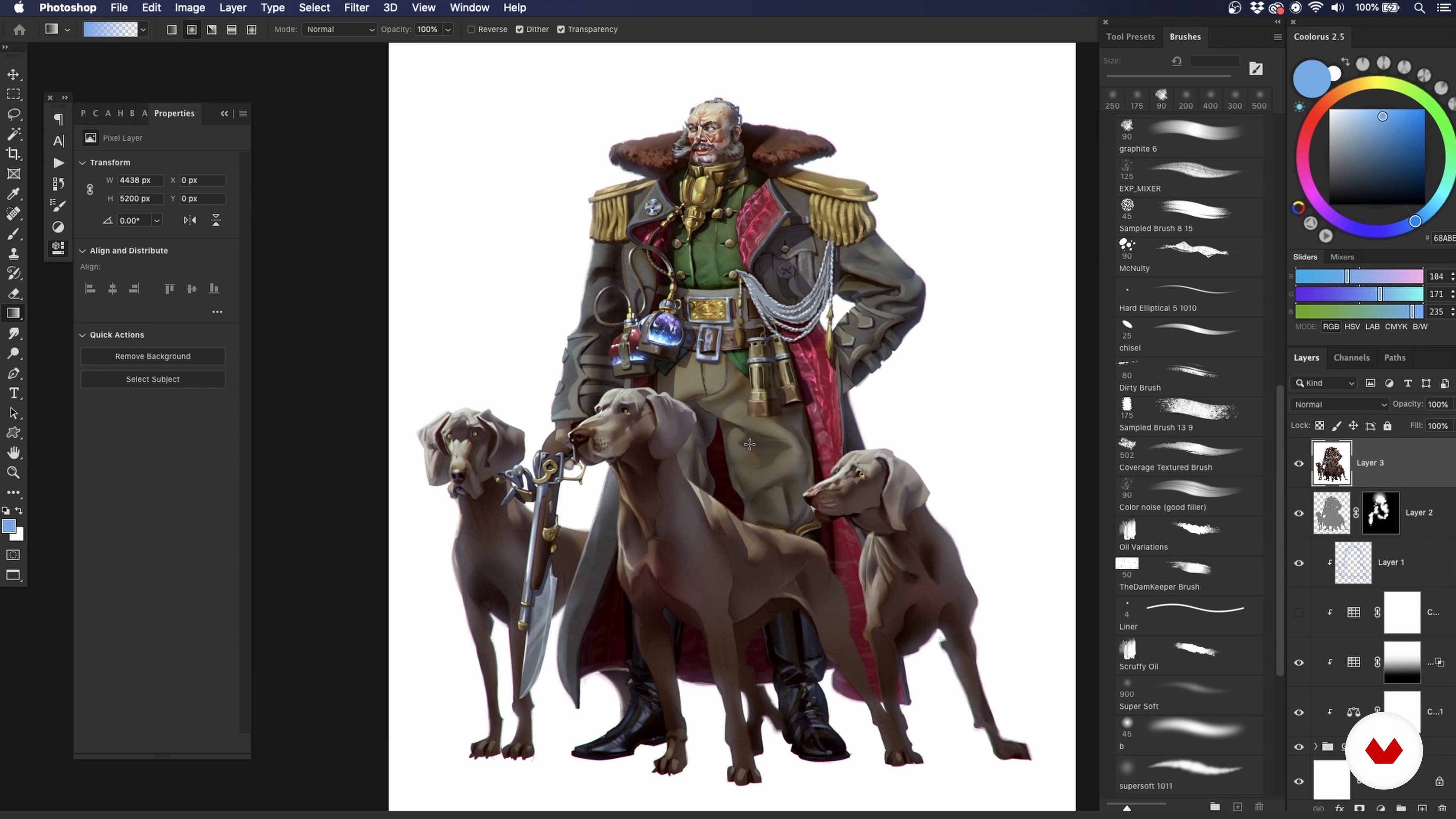
- 22 students
- 110 lessons (1d 0h 21m)
- 104 additional resources (52 files)
- Online and at your own pace
- Audio: English, Spanish
- English · Spanish · Portuguese · German · French · Italian · Polish · Dutch
- Level: Beginner
- Unlimited access forever
What is this course's project?
Create an engaging and professional mini-portfolio showcasing a fully illustrated environment design with narrative storytelling, two character designs with expressions and poses, and a worldbuilding sheet. Optionally include a presentation board with thumbnails, sketches, and mood boards.
Who is this specialization for?
Aspiring concept artists, animators, and illustrators eager to explore visual storytelling will thrive. Ideal for those passionate about crafting immersive worlds, designing expressive characters, and enhancing their portfolio for careers in games, animation, or narrative illustration.
Requirements and materials
No extensive prior knowledge is required; however, familiarity with basic drawing tools and techniques is beneficial. Participants should have access to digital art software and a tablet for optimal experience. A passion for storytelling and creativity enhances the learning process.






What to expect from this specialization course
-
Learn at your own pace
Enjoy learning from home without a set schedule and with an easy-to-follow method. You set your own pace.
-
Learn from the best professionals
Learn valuable methods and techniques explained by top experts in the creative sector.
-
Meet expert teachers
Each expert teaches what they do best, with clear guidelines, true passion, and professional insight in every lesson.
-
Certificates
PlusIf you're a Plus member, get a custom certificate for every specialization course. Share it on your portfolio, social media, or wherever you like.
-
Get front-row seats
Videos of the highest quality, so you don't miss a single detail. With unlimited access, you can watch them as many times as you need to perfect your technique.
-
Share knowledge and ideas
Ask questions, request feedback, or offer solutions. Share your learning experience with other students in the community who are as passionate about creativity as you are.
-
Connect with a global creative community
The community is home to millions of people from around the world who are curious and passionate about exploring and expressing their creativity.
-
Watch professionally produced courses
Domestika curates its teacher roster and produces every course in-house to ensure a high-quality online learning experience.
FAQs
Domestika's specialization courses are online classes that provide you with the tools and skills you need to complete a specific project. Every step of the project combines video lessons with complementary instructional material, so you can learn by doing. Domestika's specializations also allow you to share your own projects with other students, creating a dynamic course community.
All specialization courses are 100% online, so once they're published, specialization courses start and finish whenever you want. You set the pace of the class. You can go back to review what interests you most and skip what you already know, ask questions, answer questions, share your projects, and more.
The specialization courses are divided into different modules. Each one includes lessons, informational text, tasks, and practice exercises to help you carry out your project step by step, with additional complementary resources and downloads. You'll also have access to an exclusive forum where you can interact with other students, as well as share your work and your final project, creating a community around the specialization course.
You can redeem the specialization course you received by accessing the redeeming page and entering your gift code.

